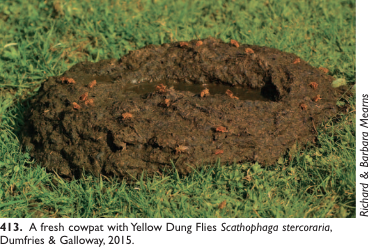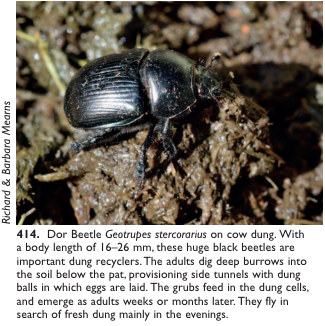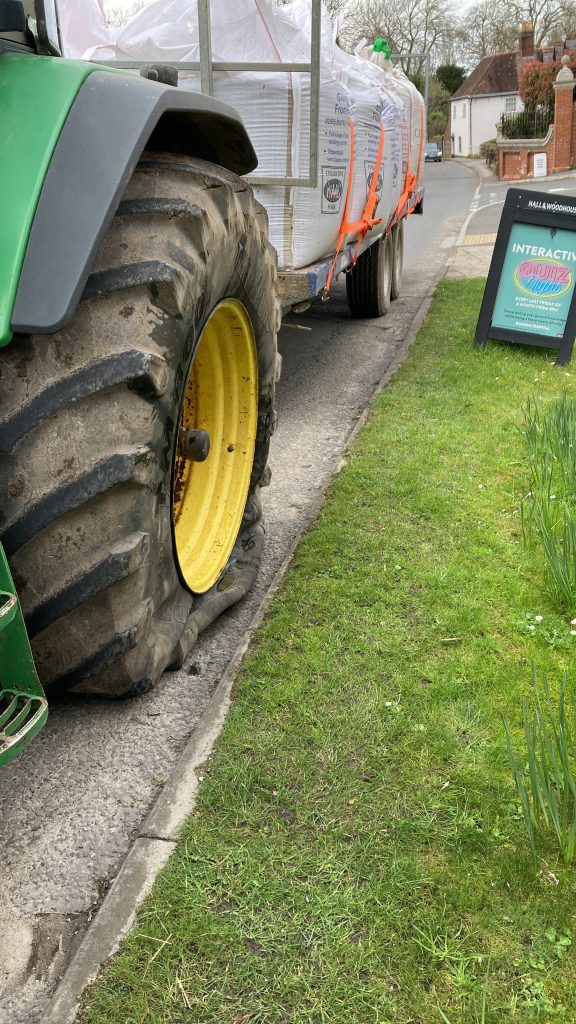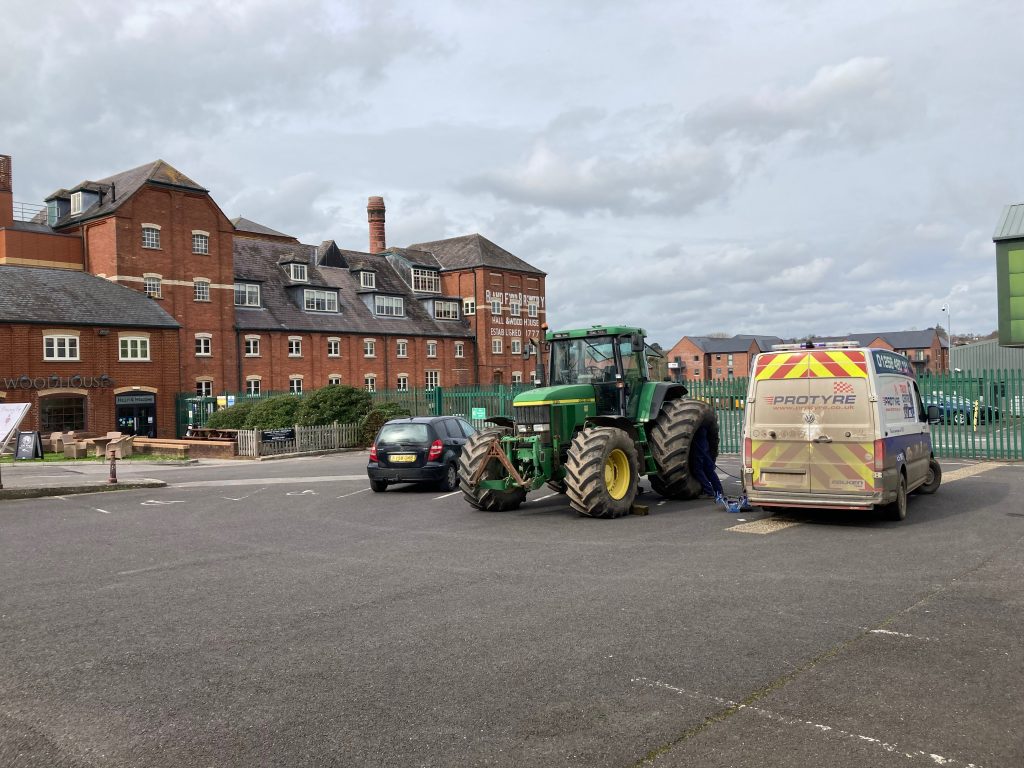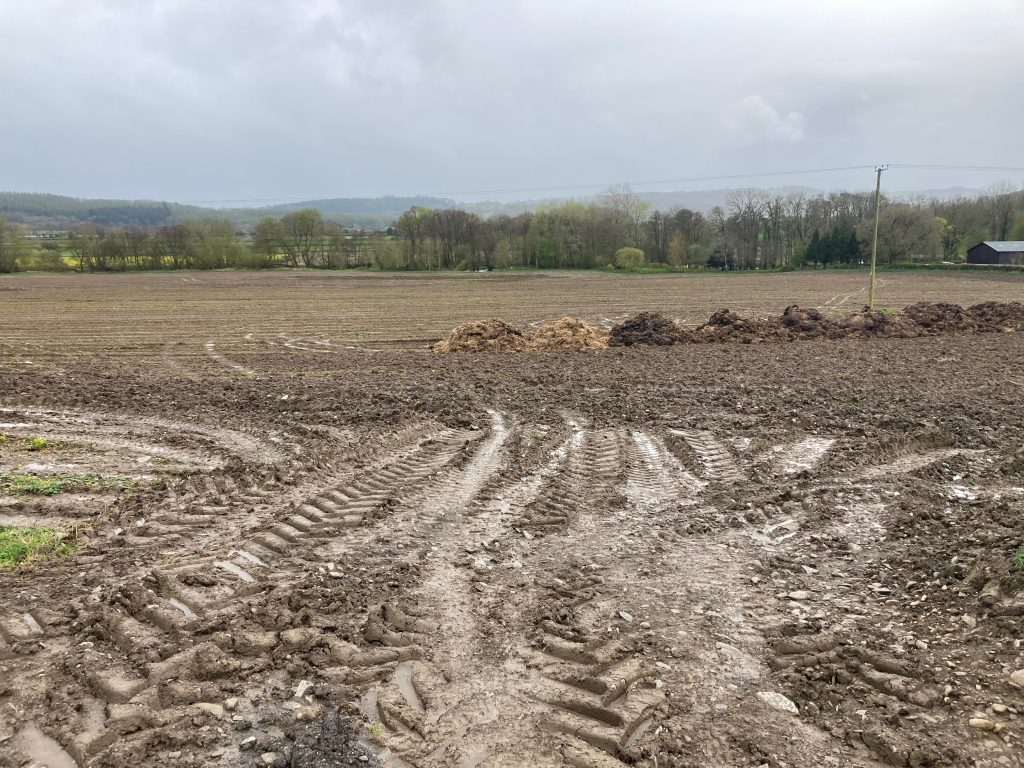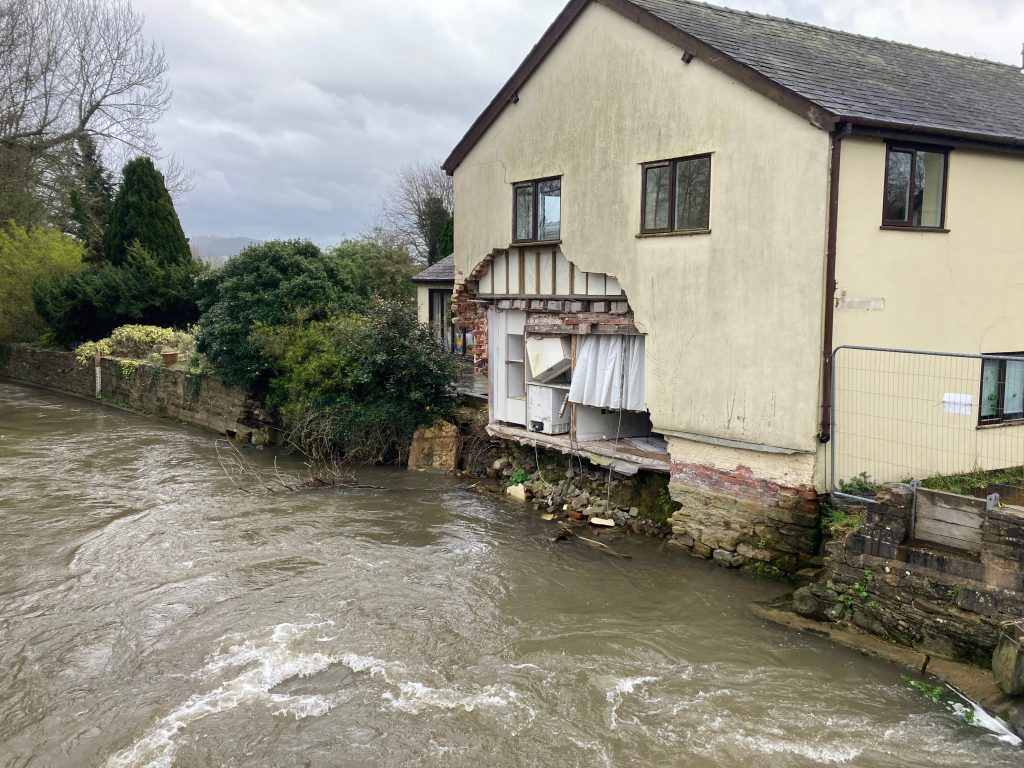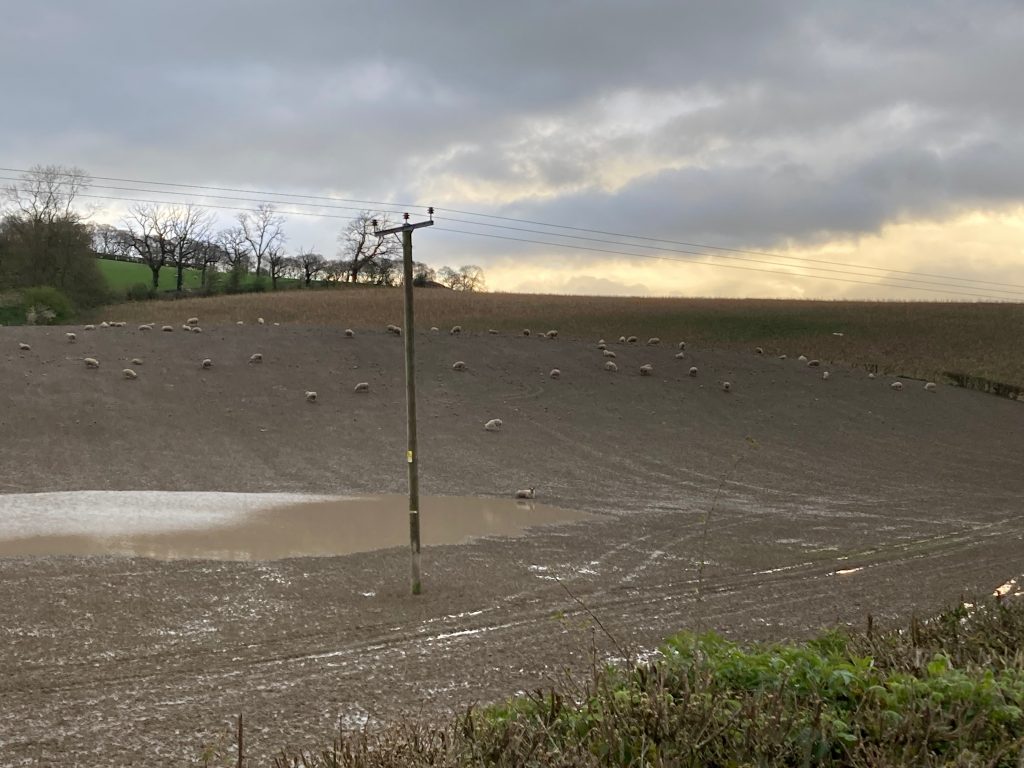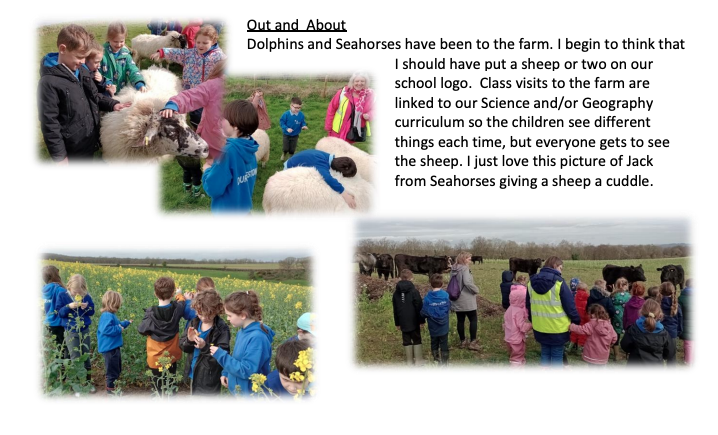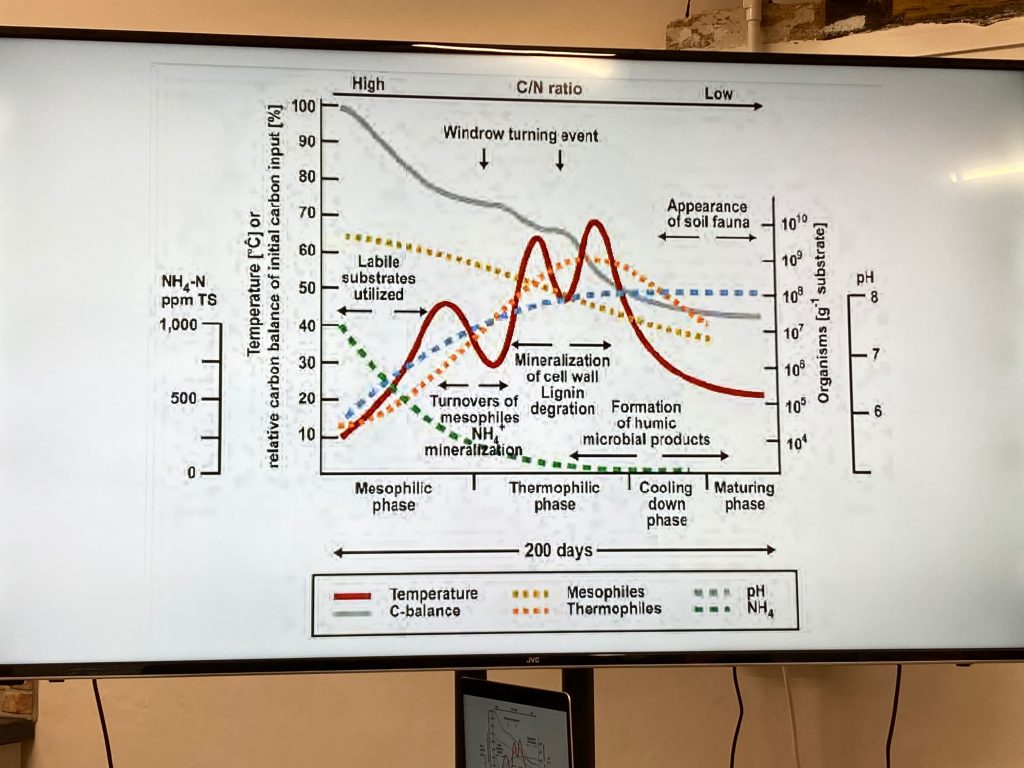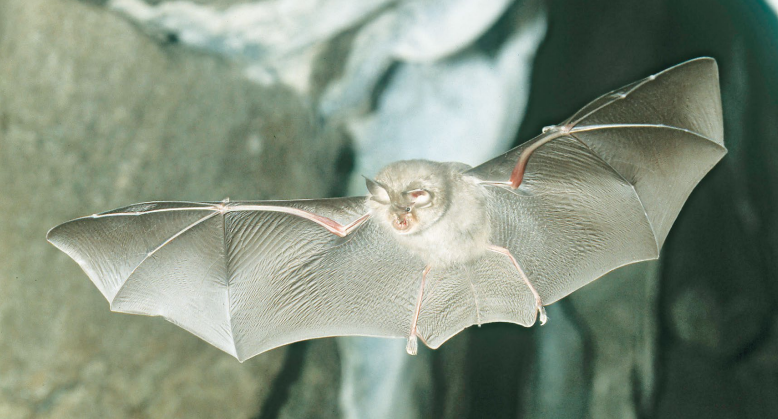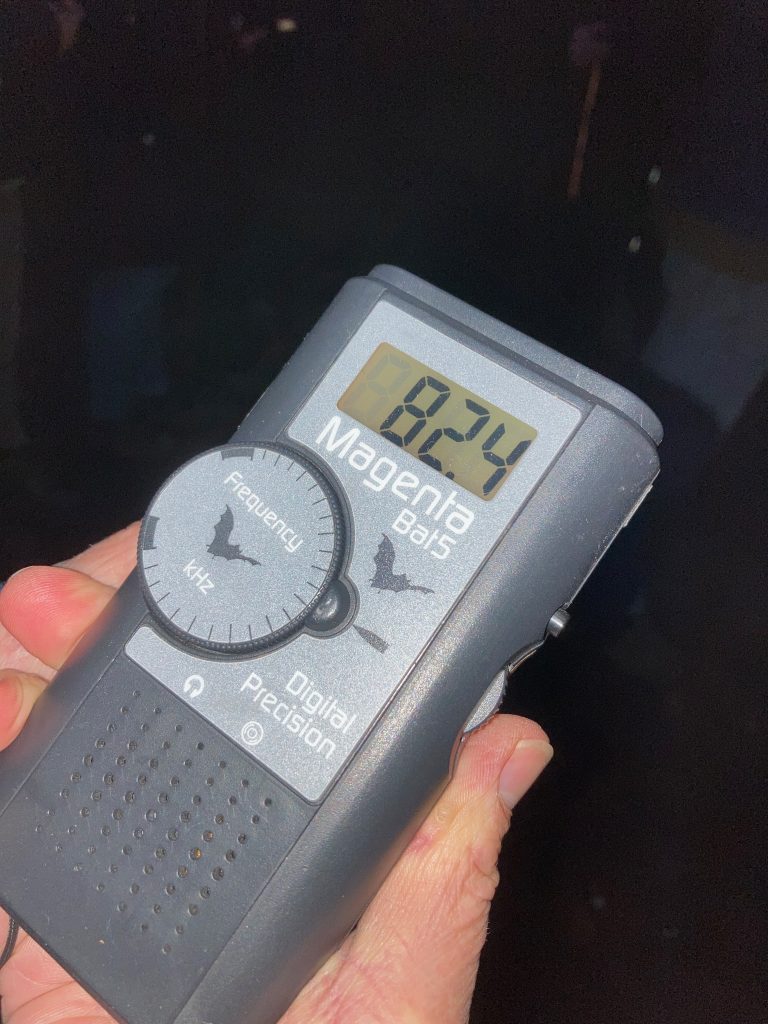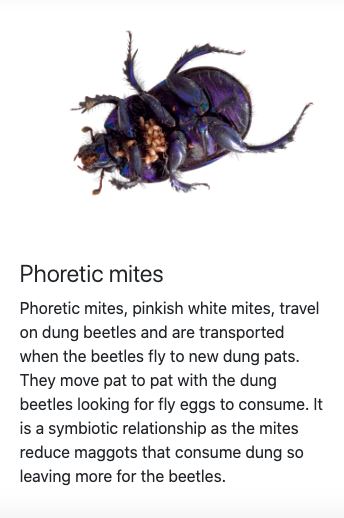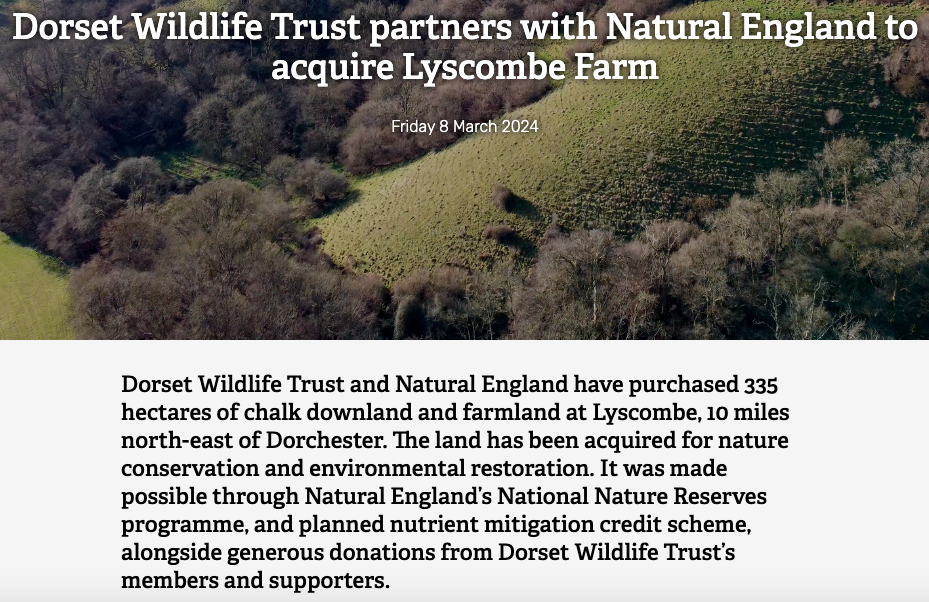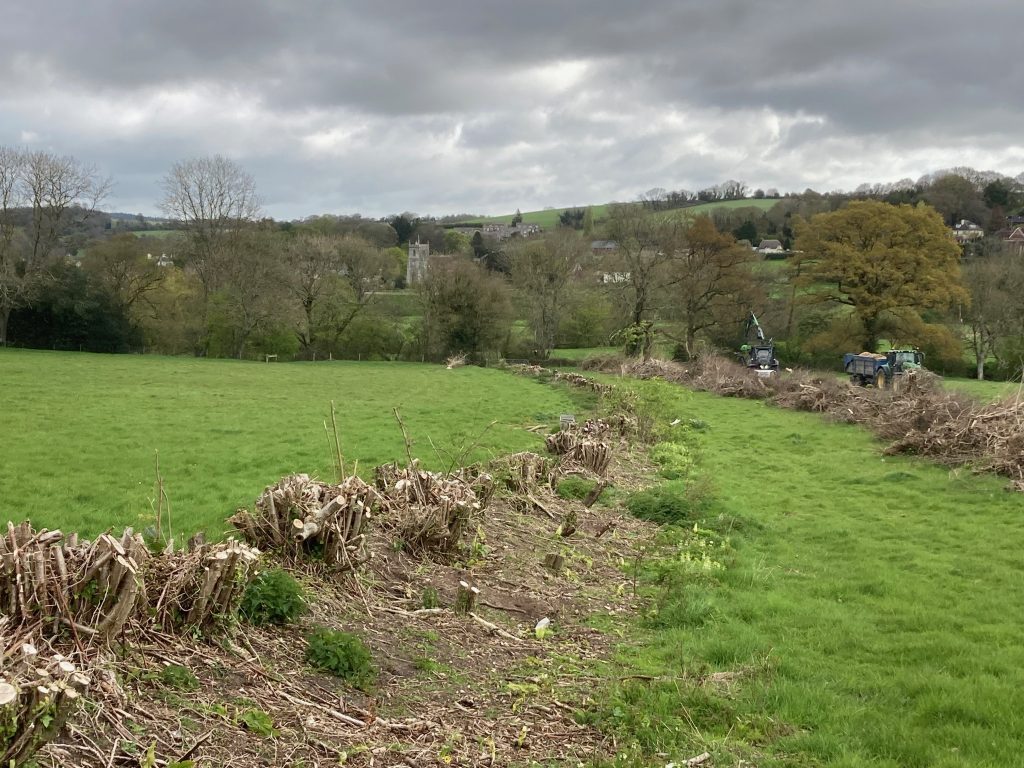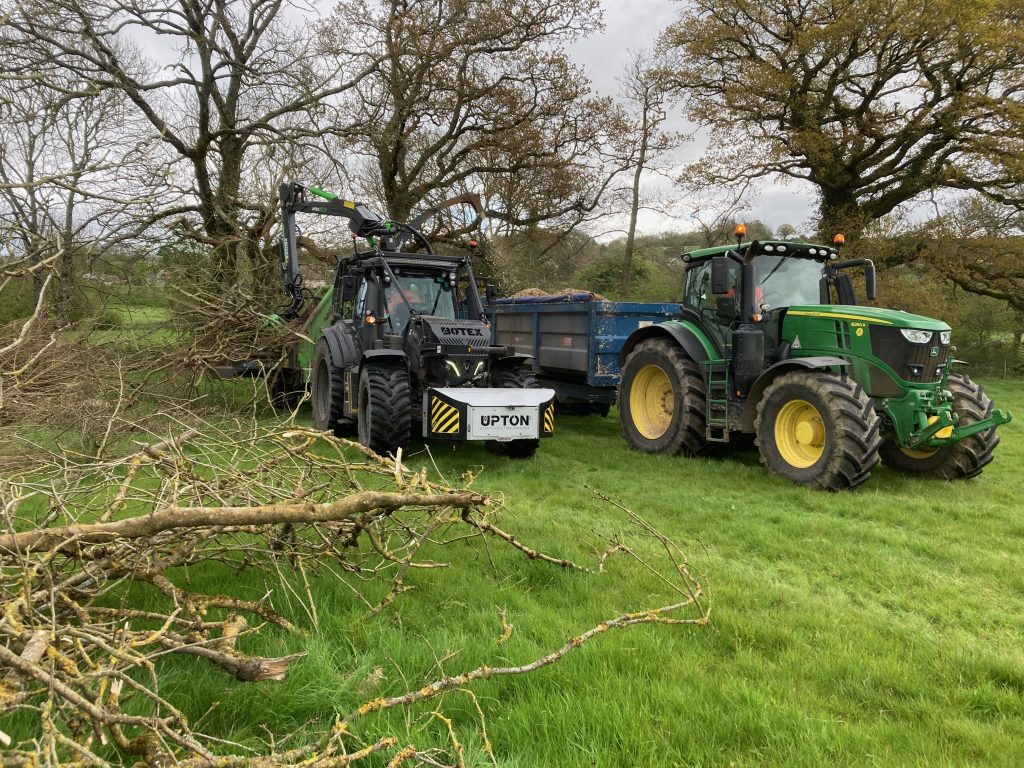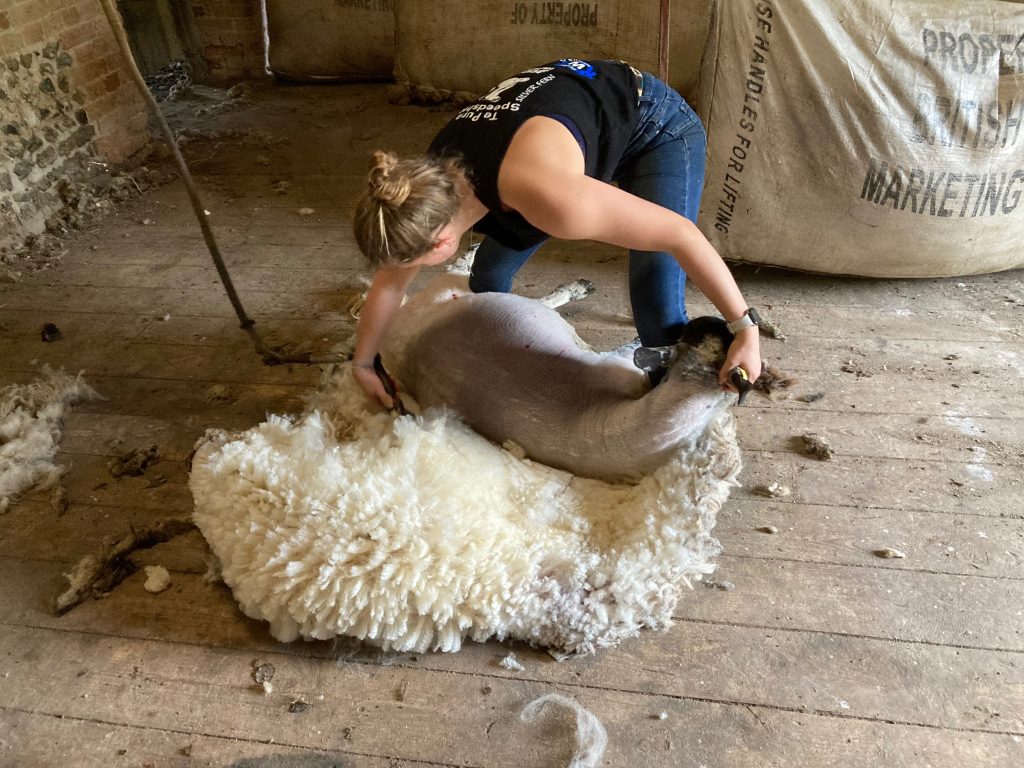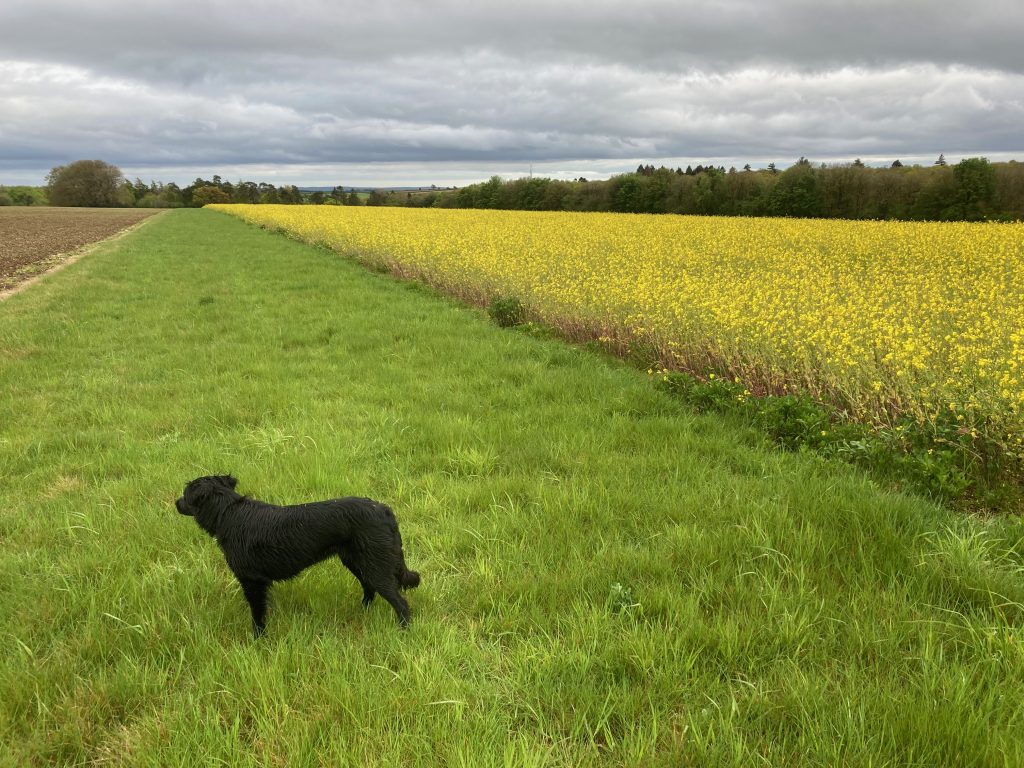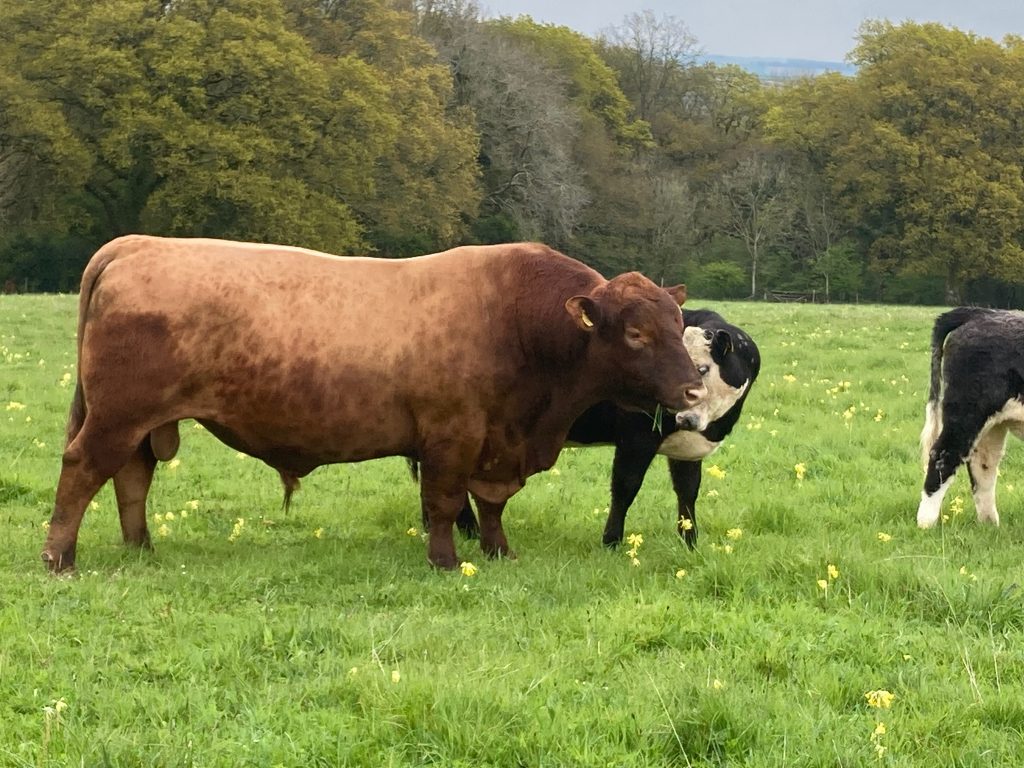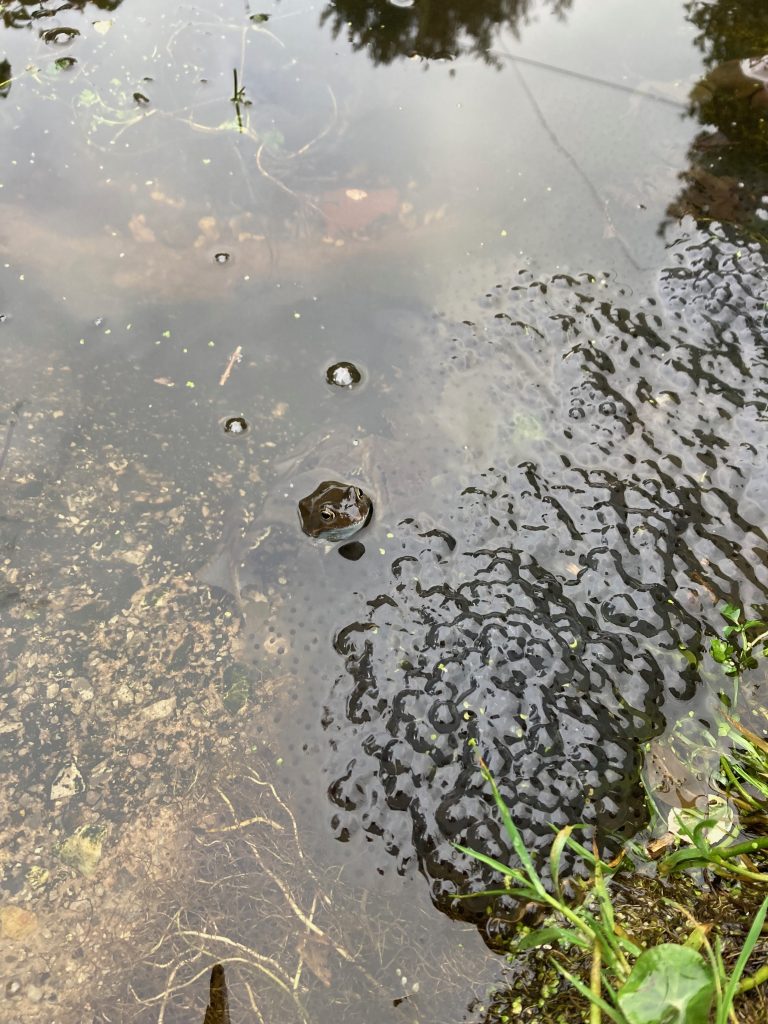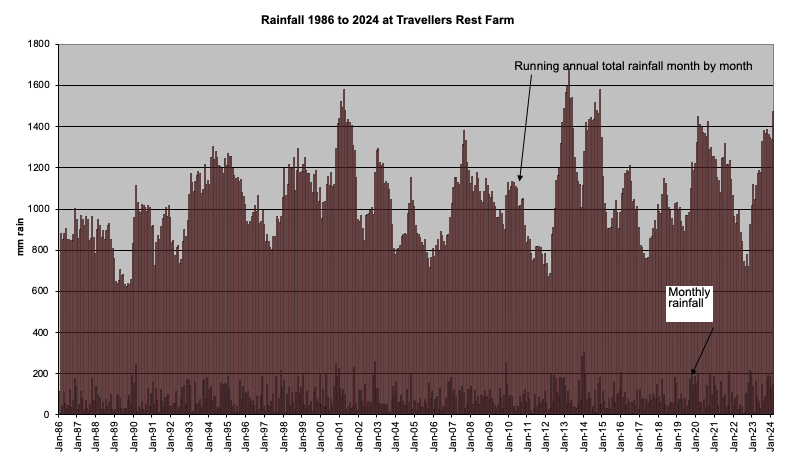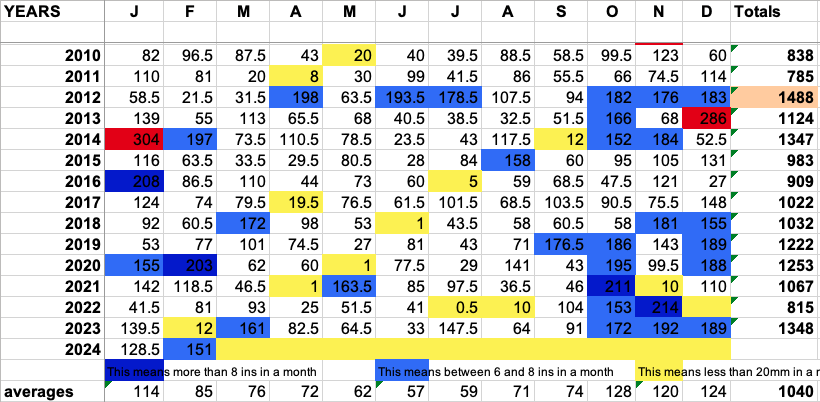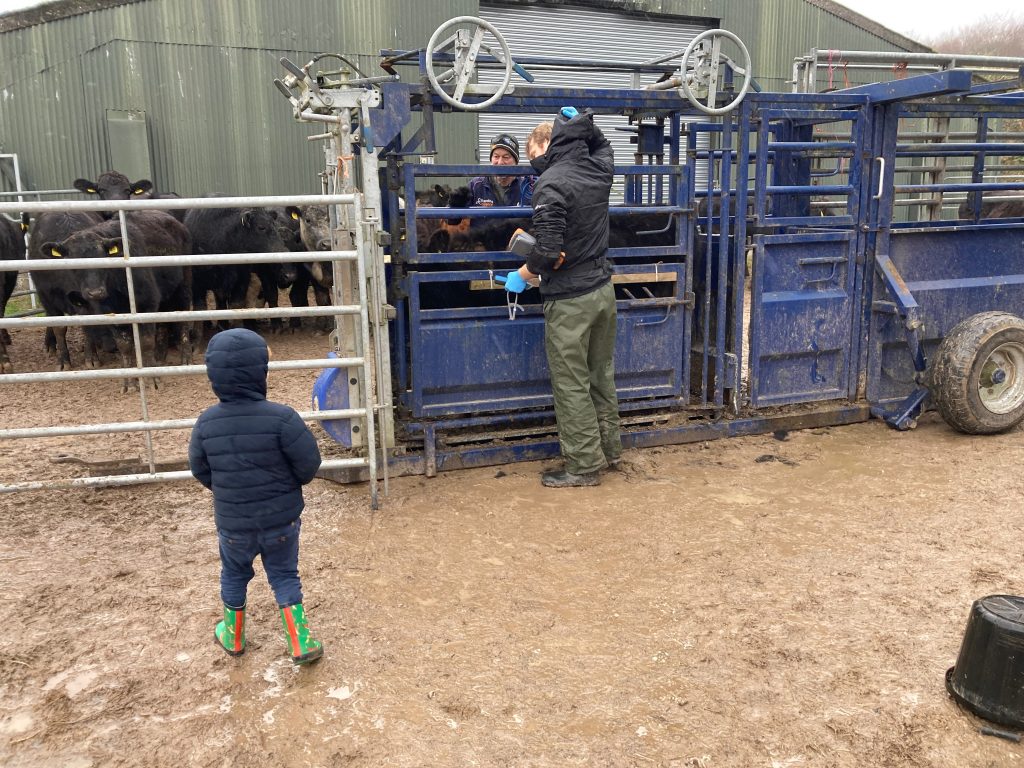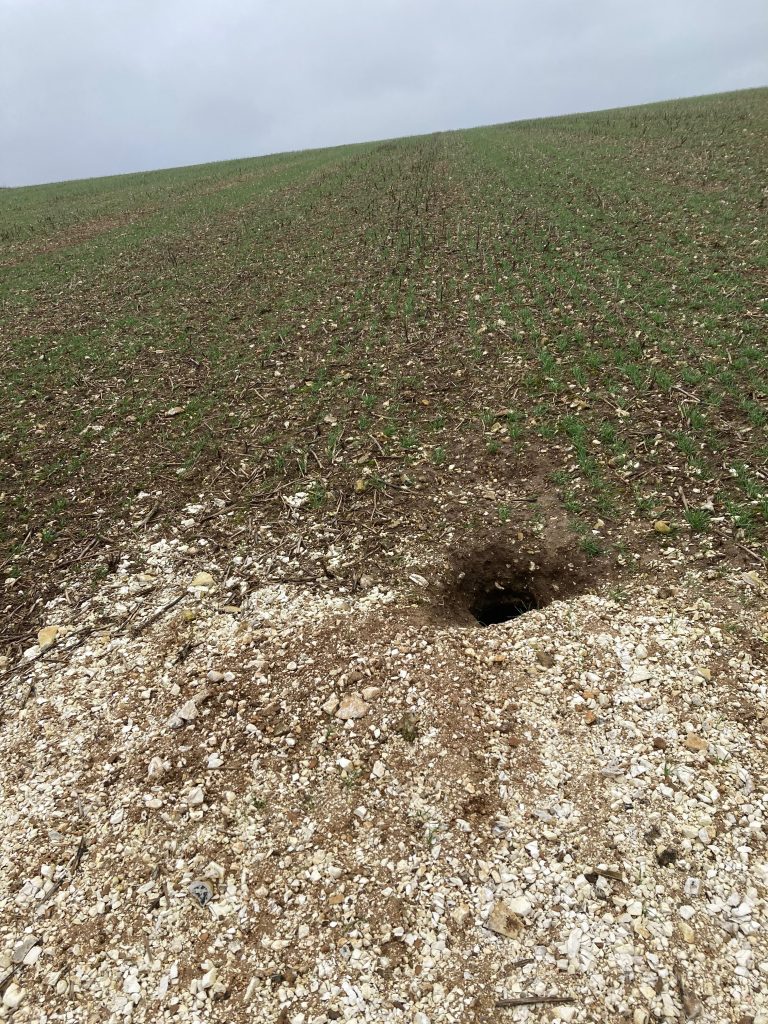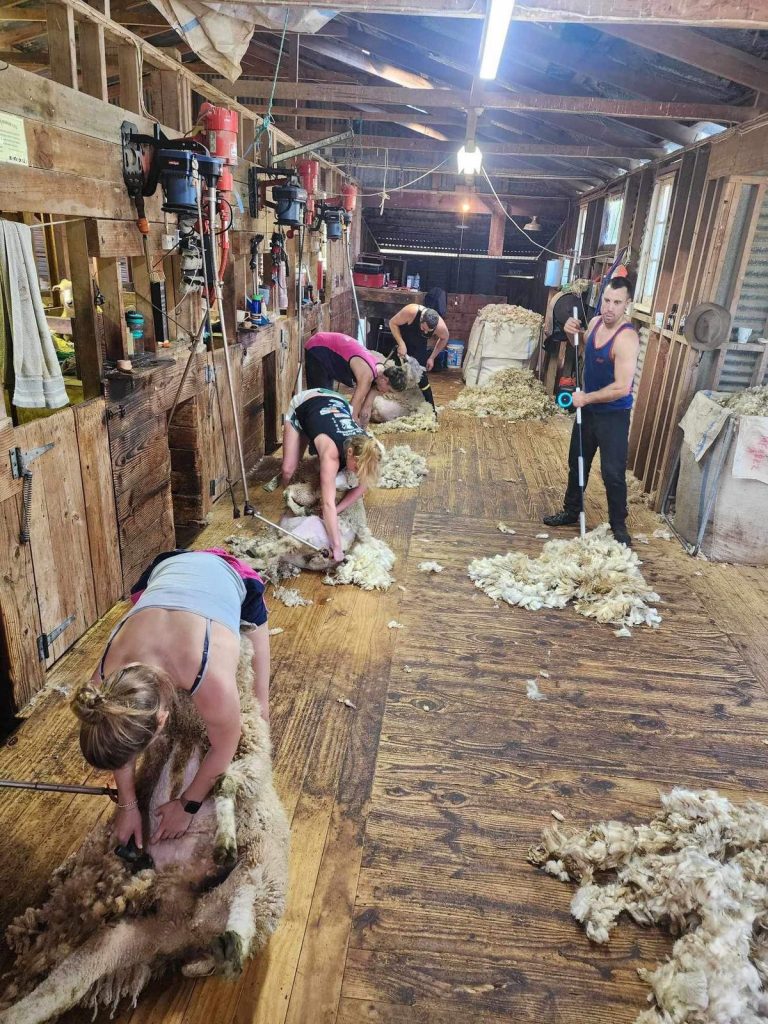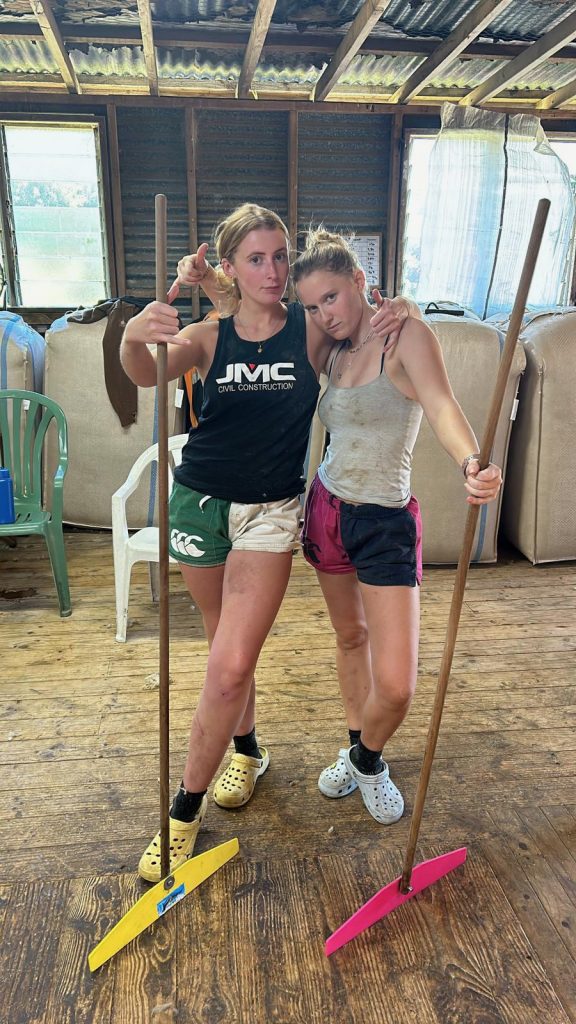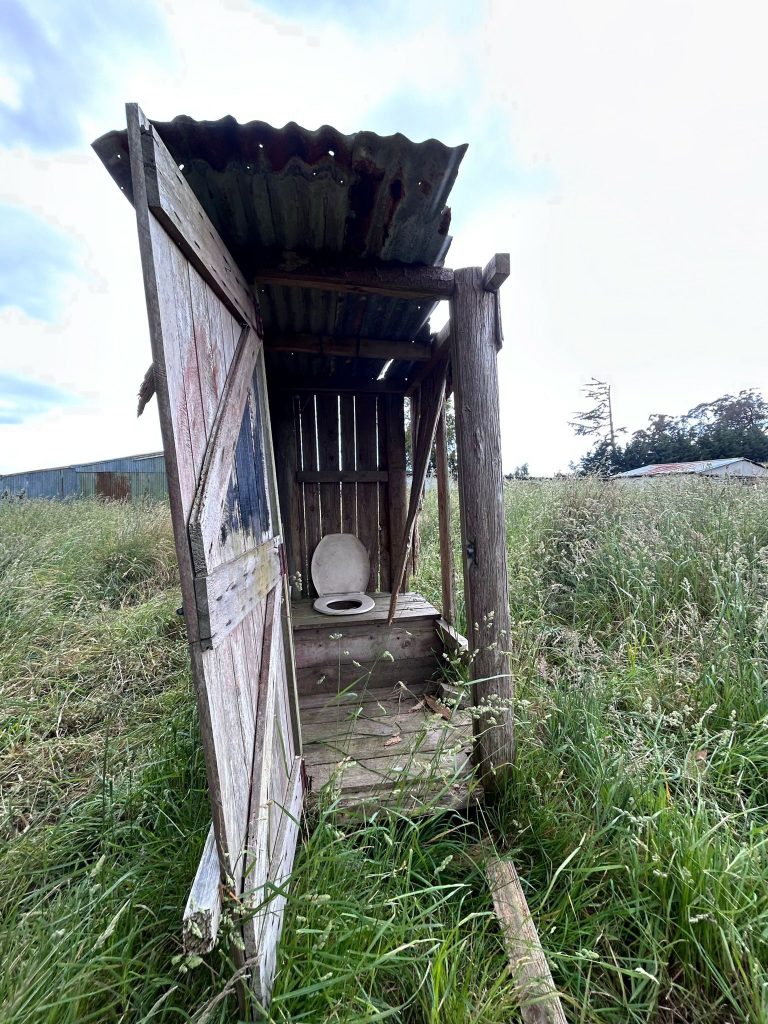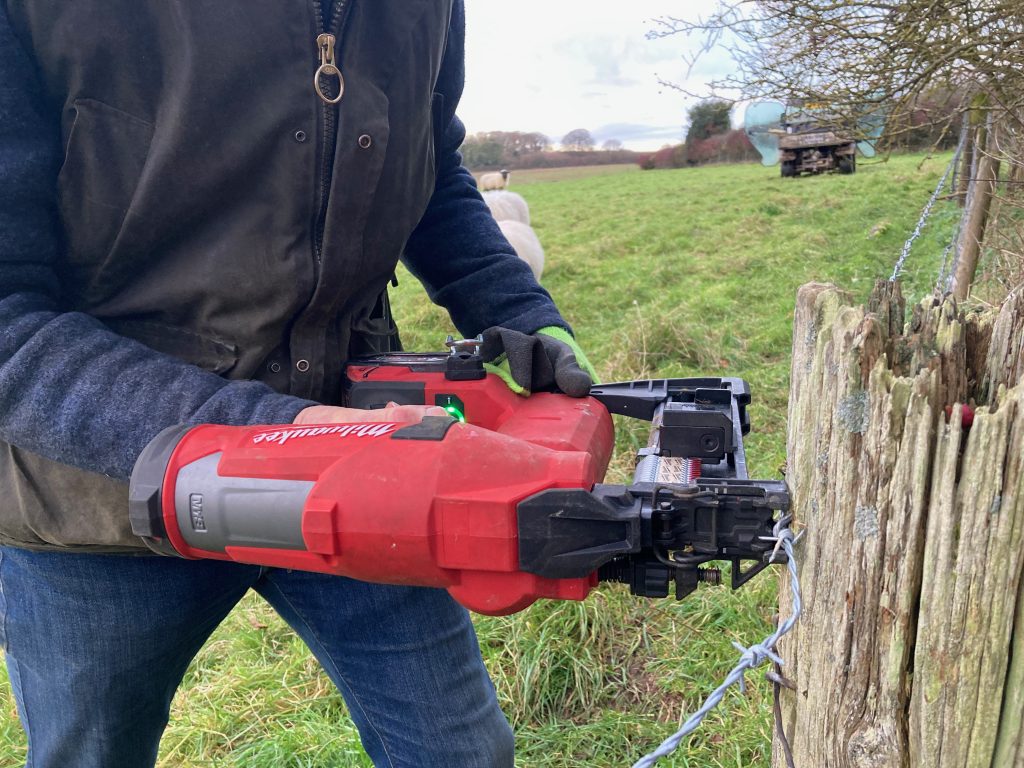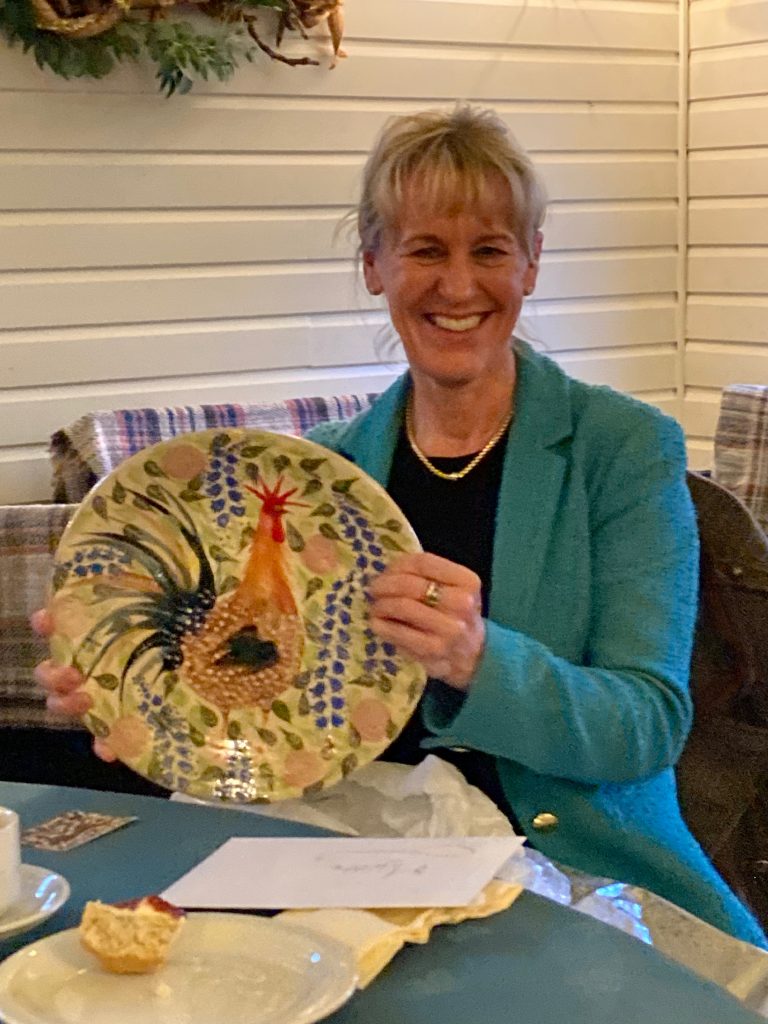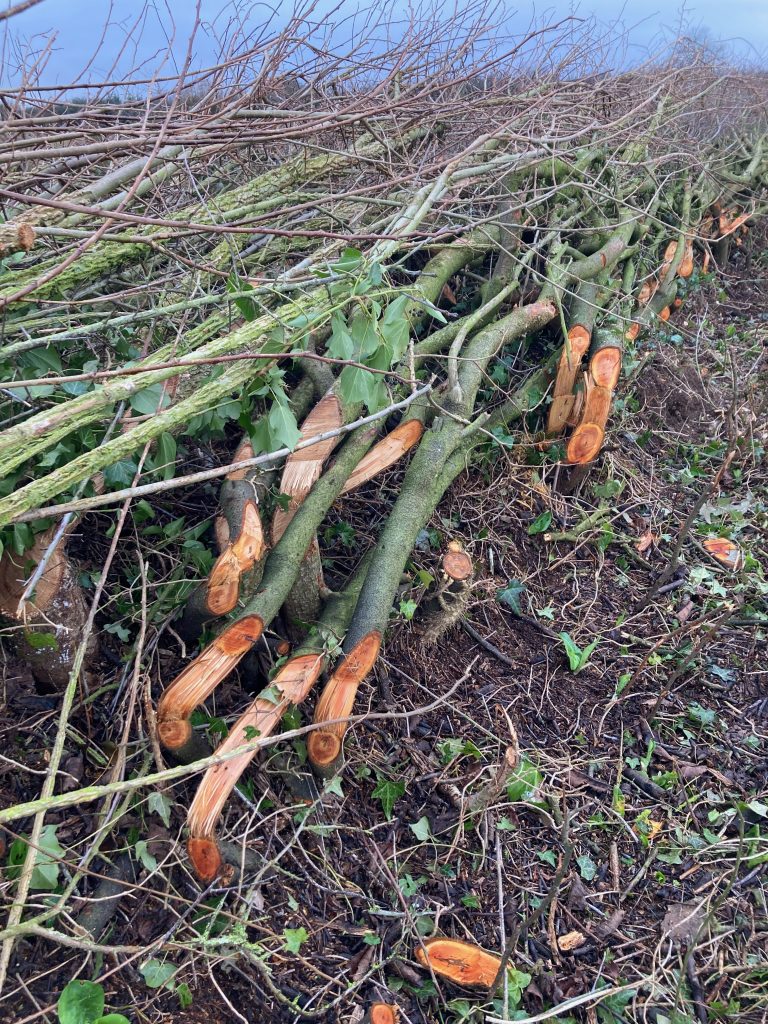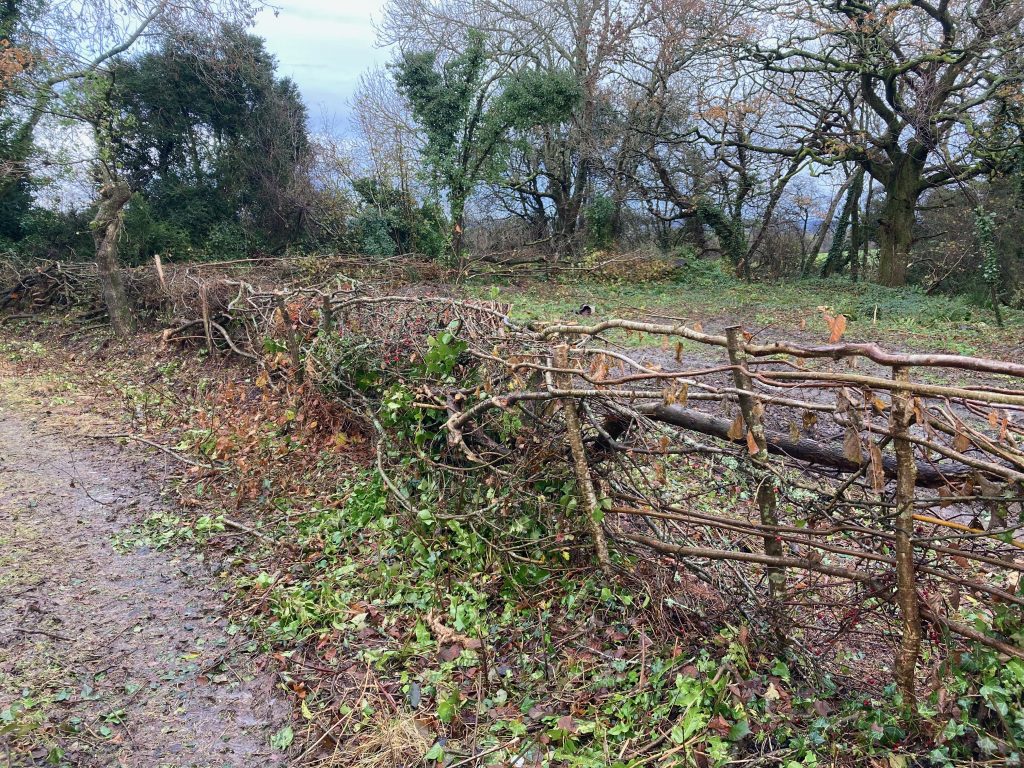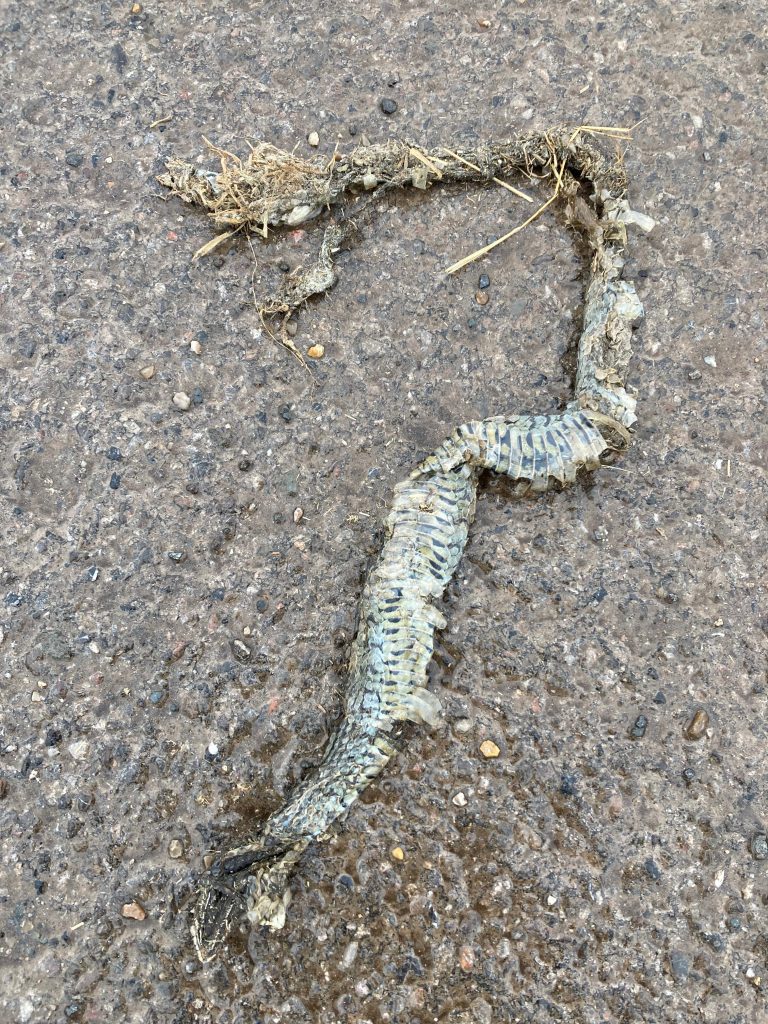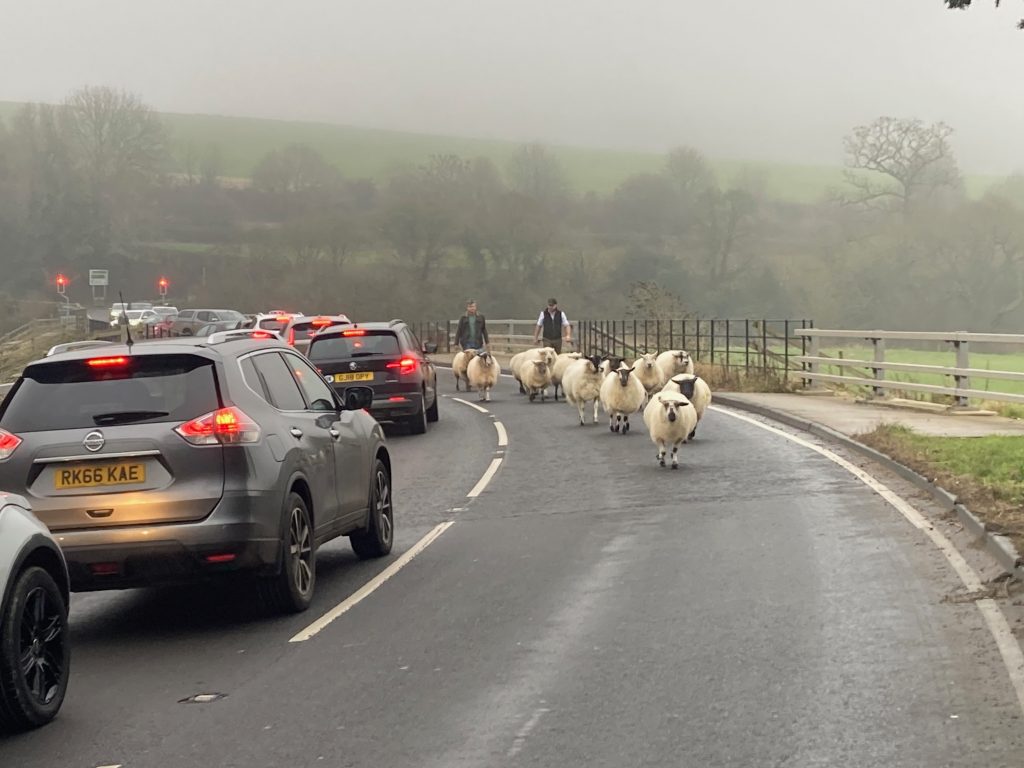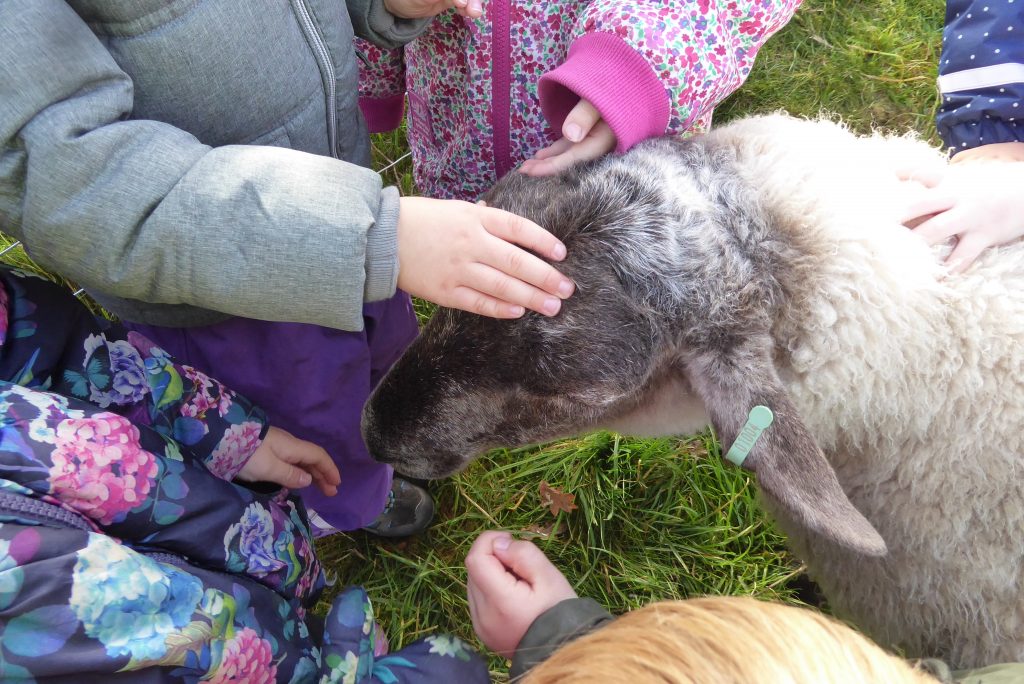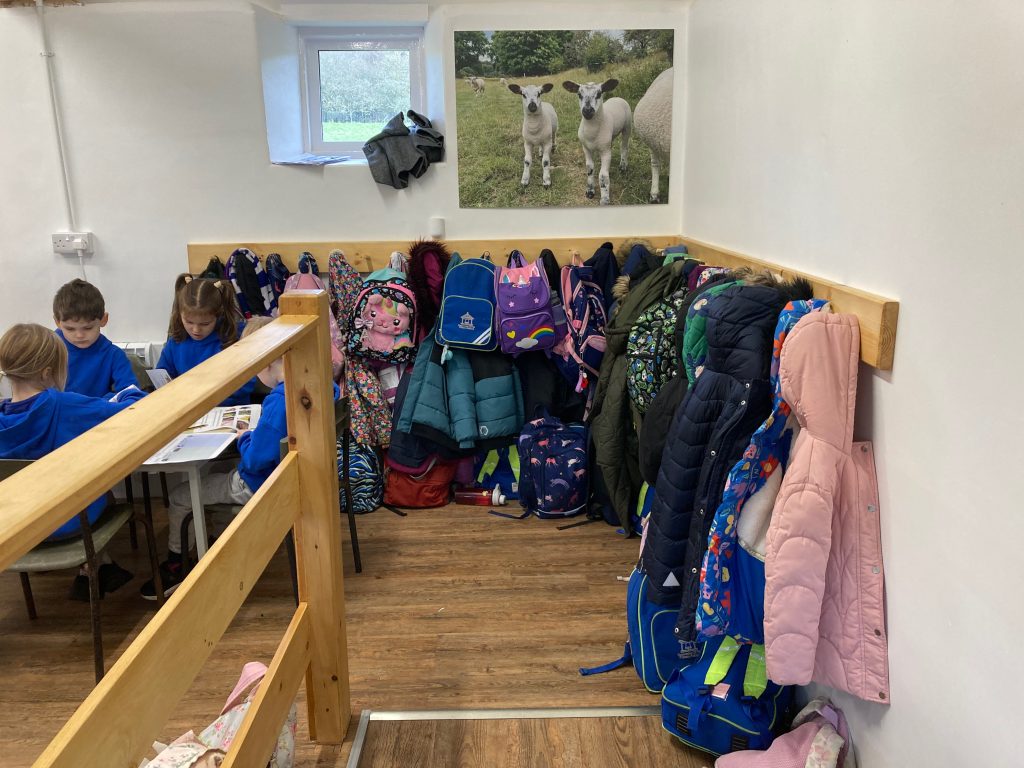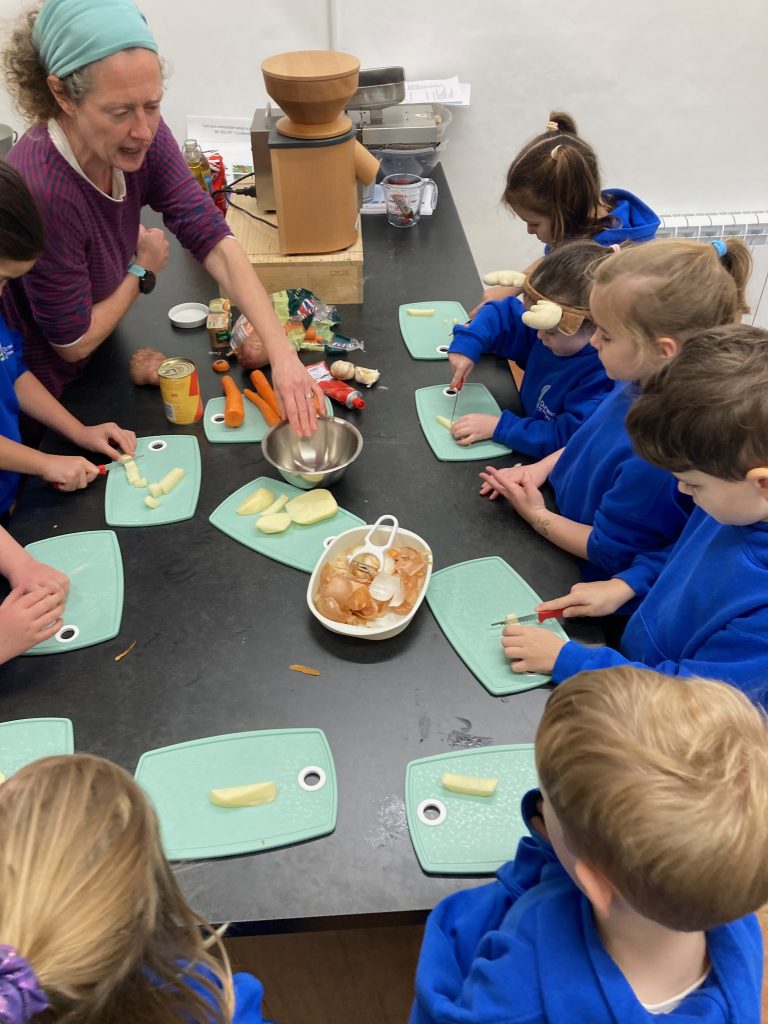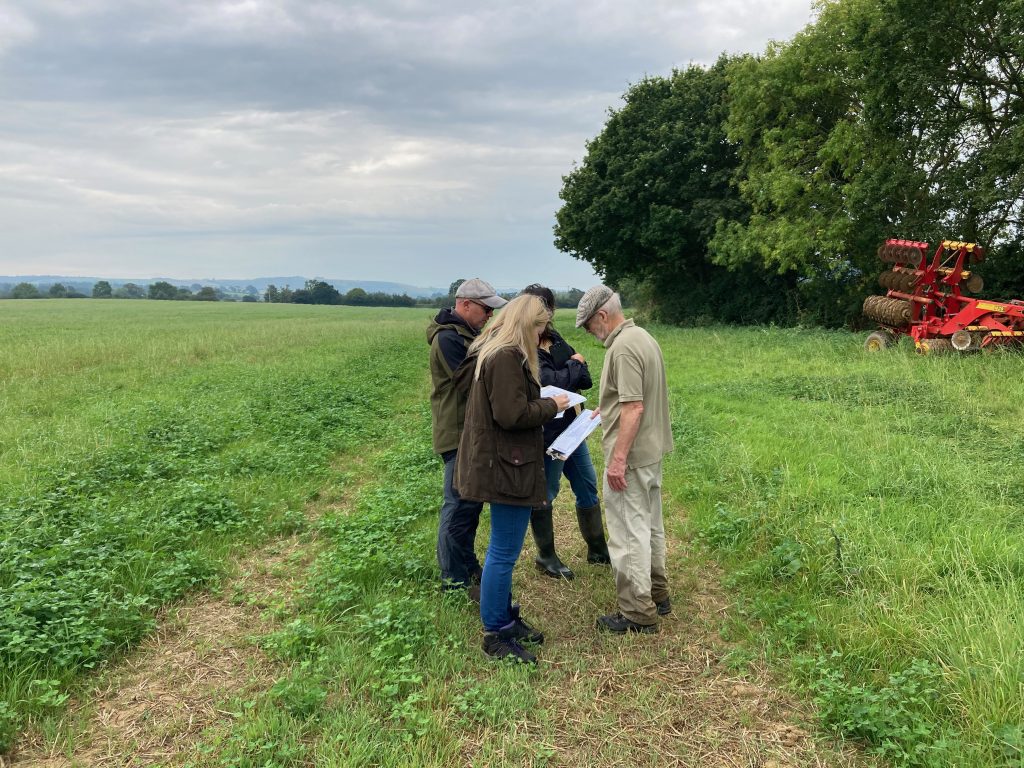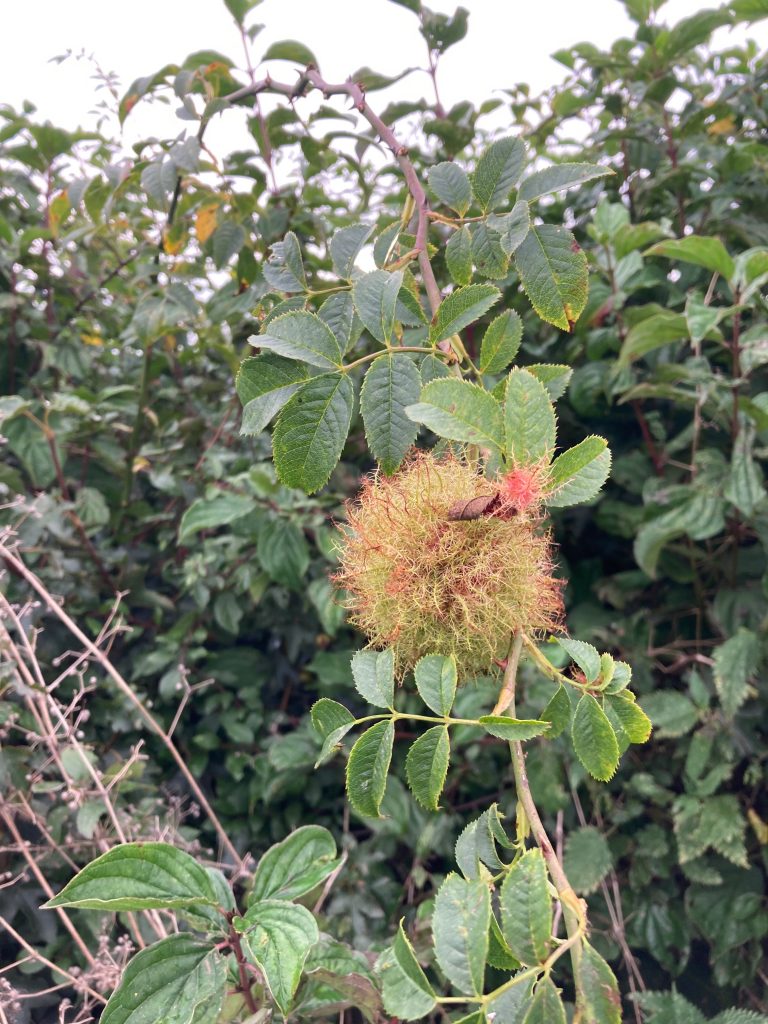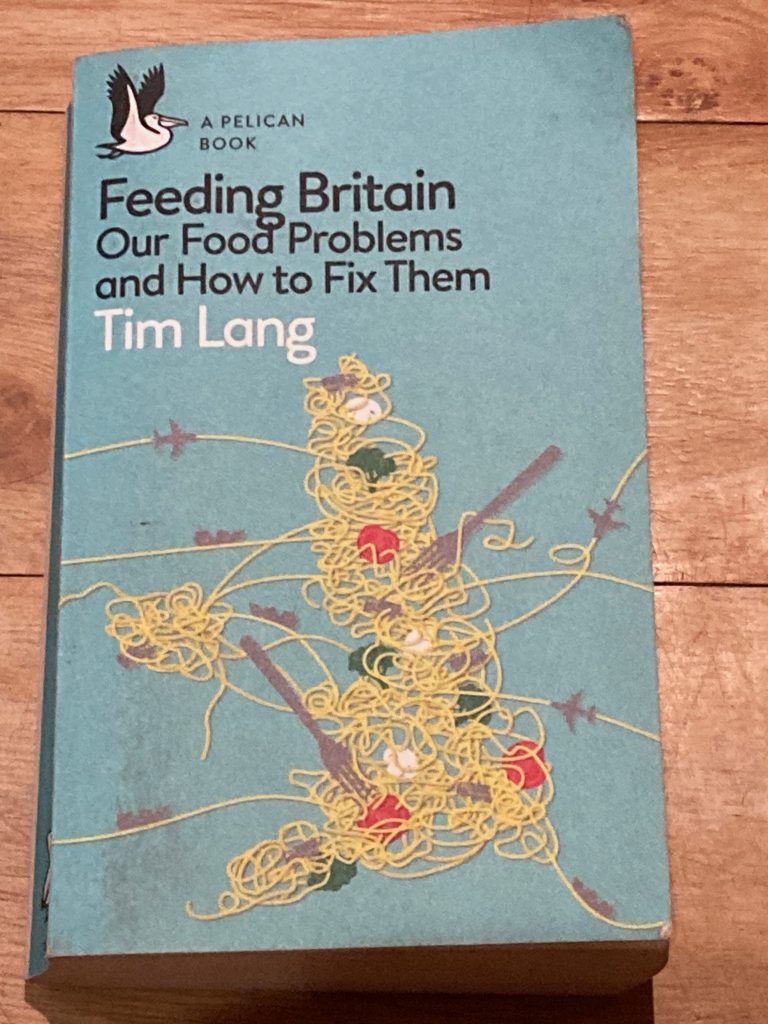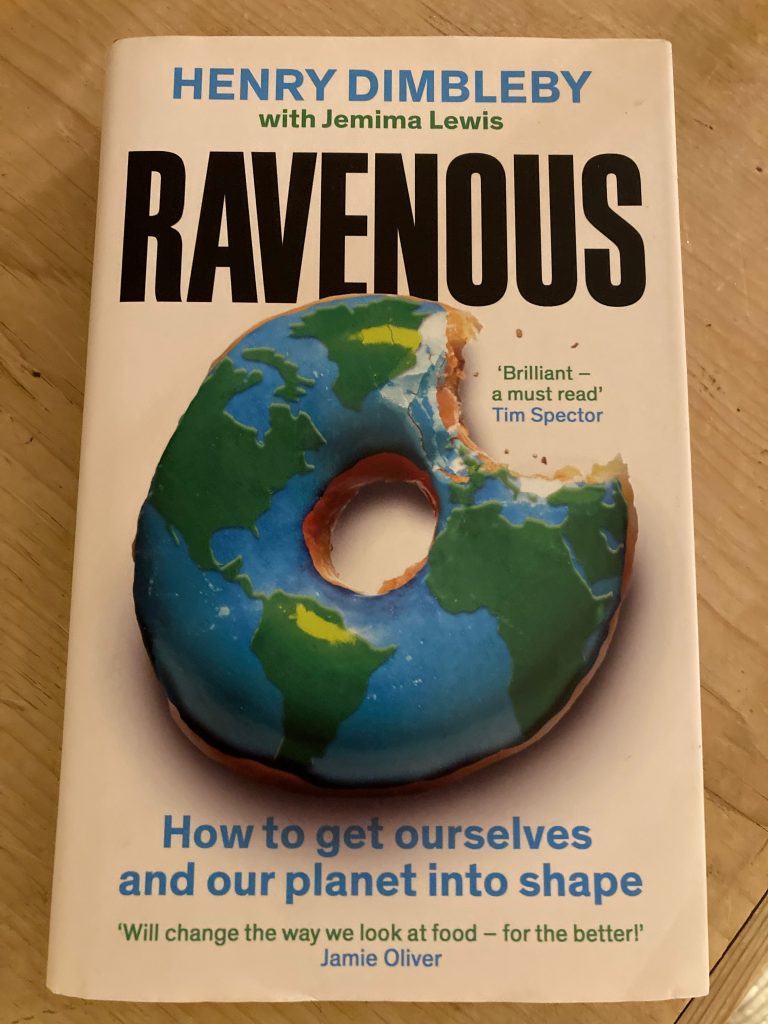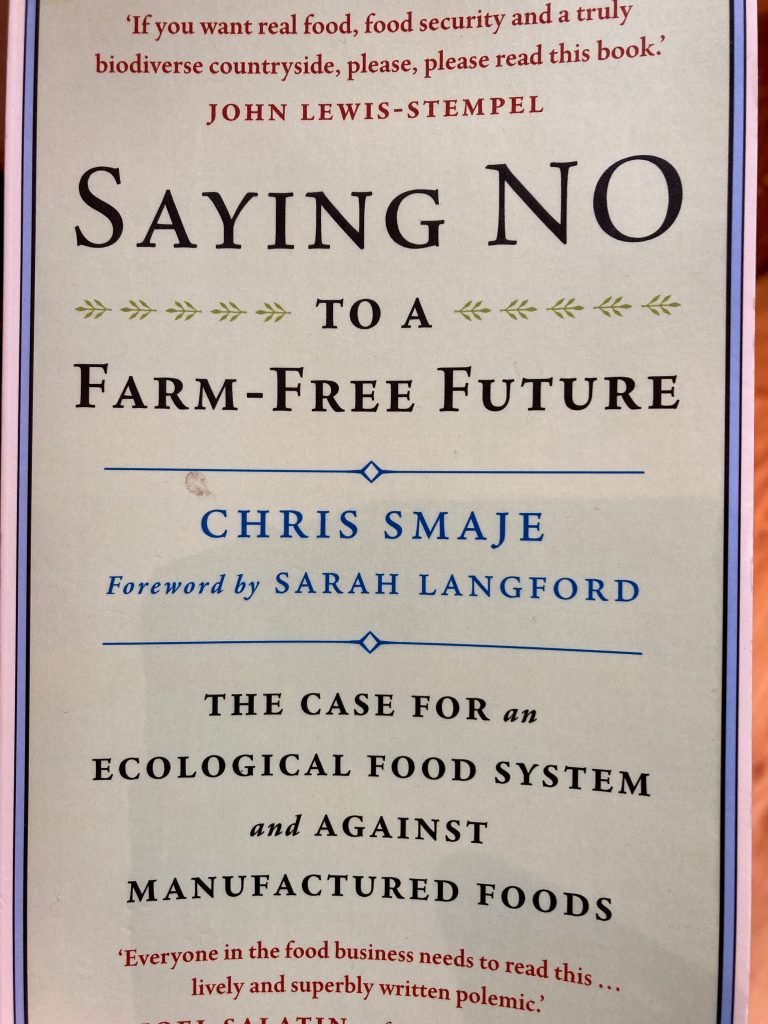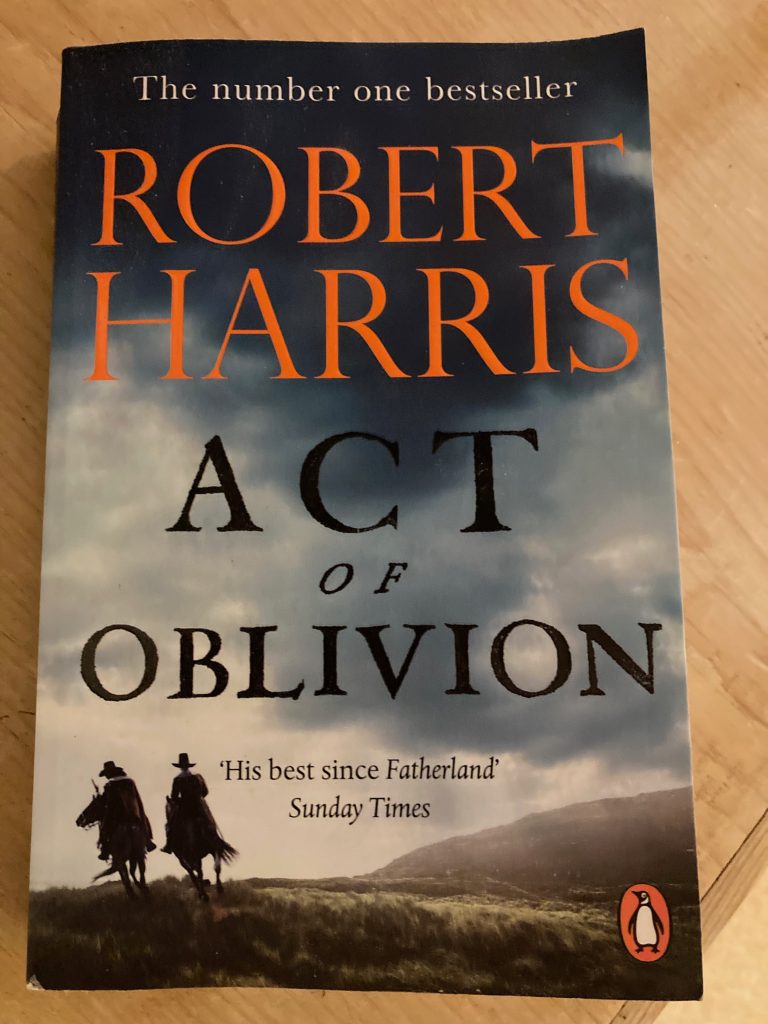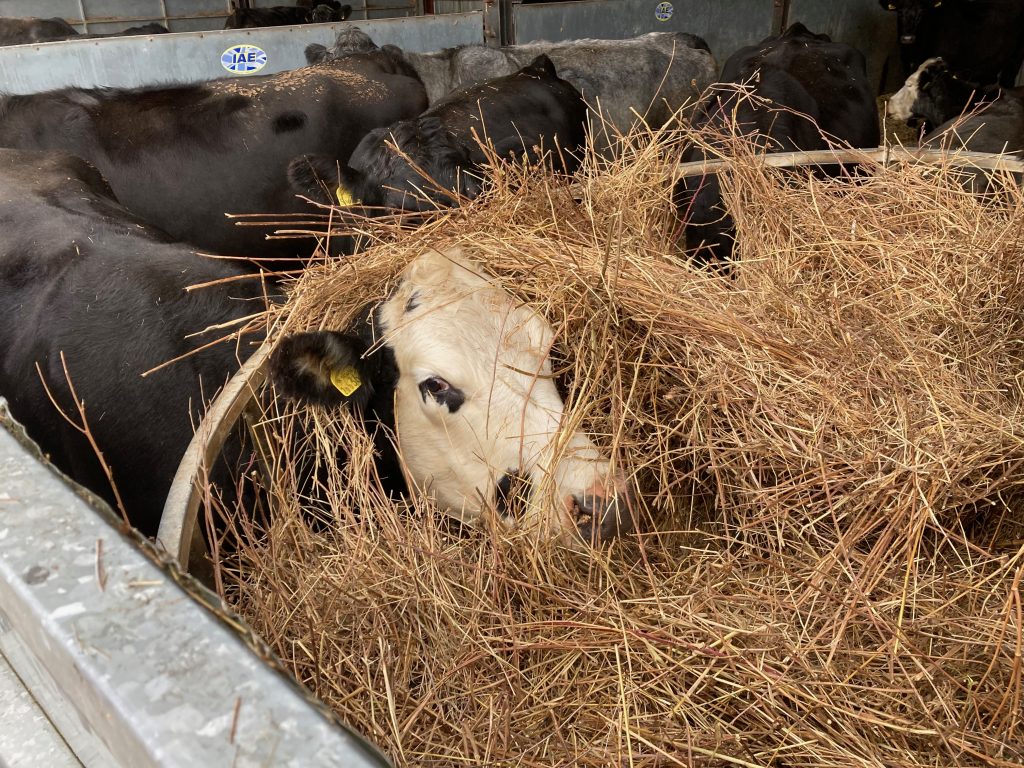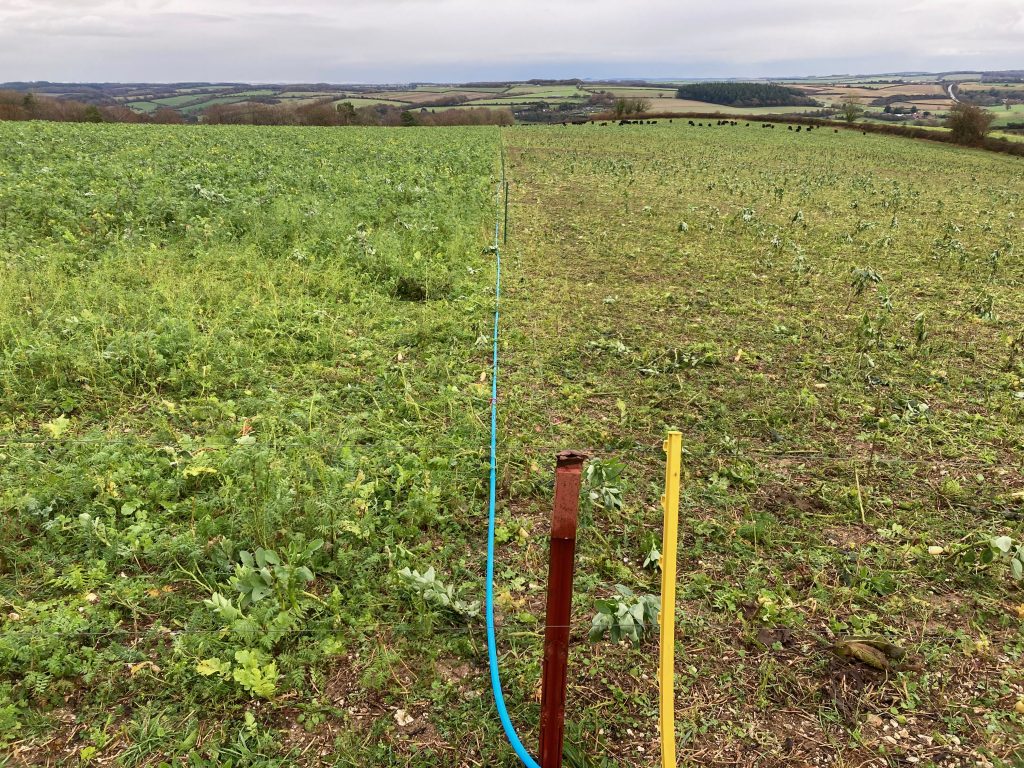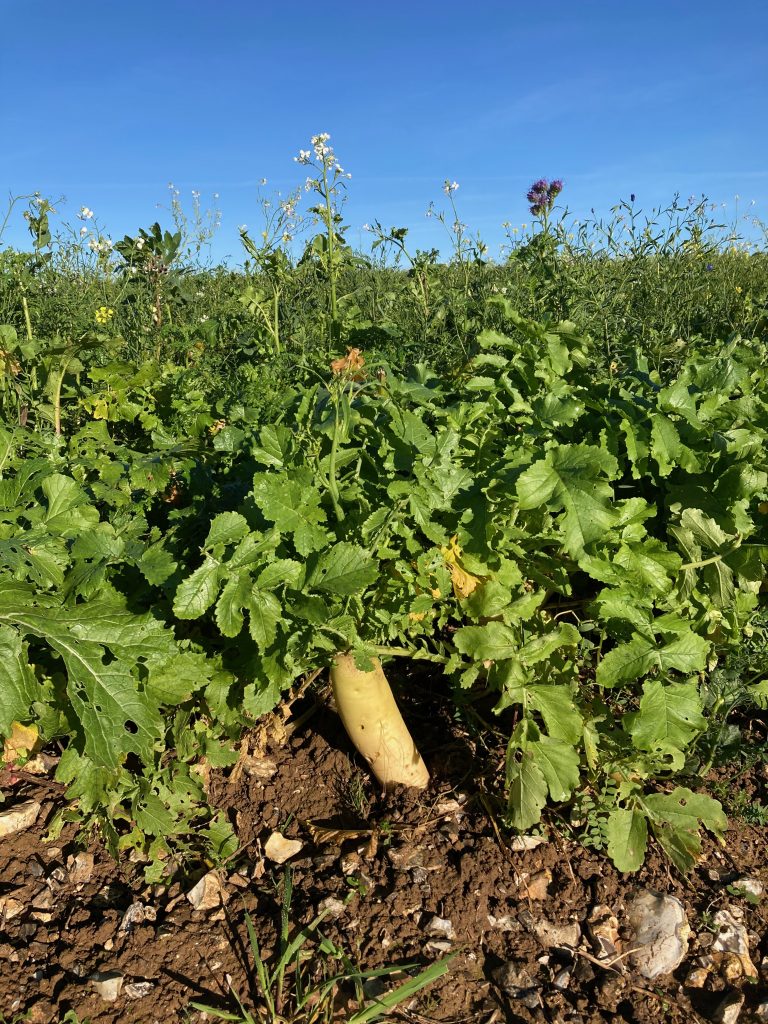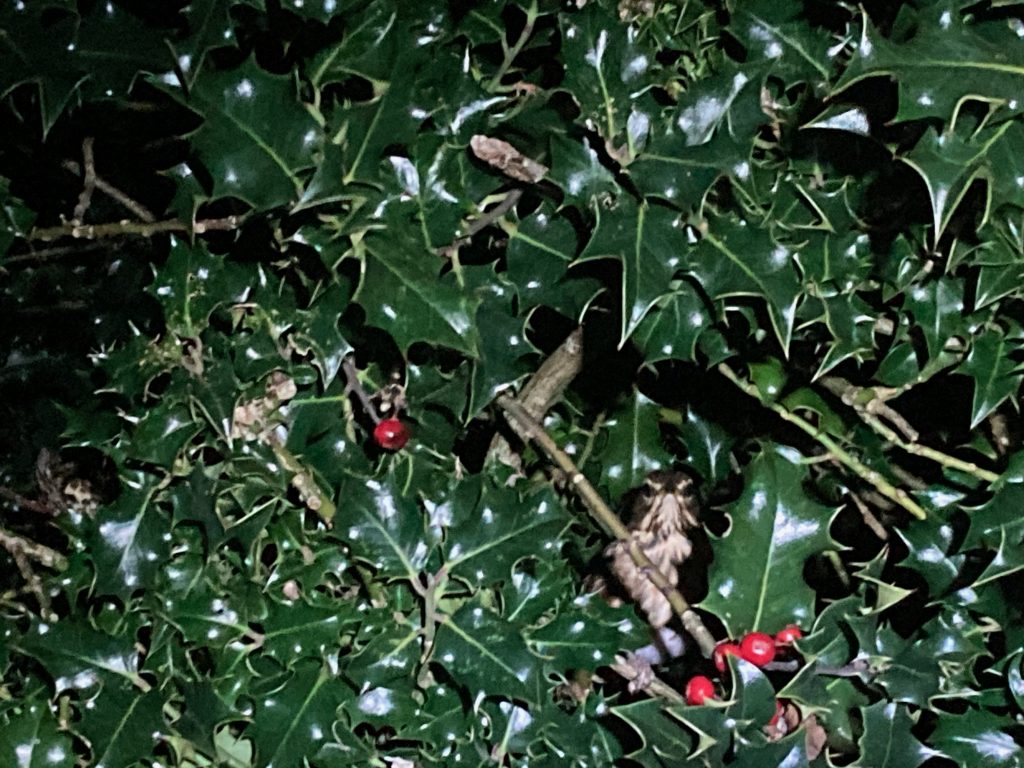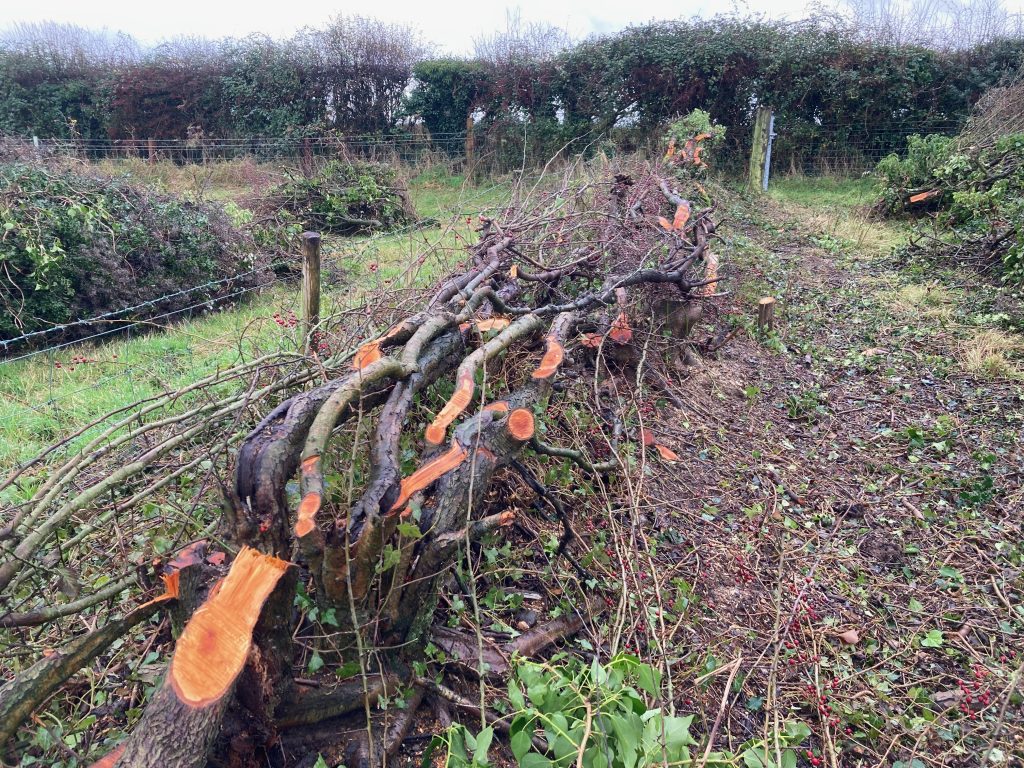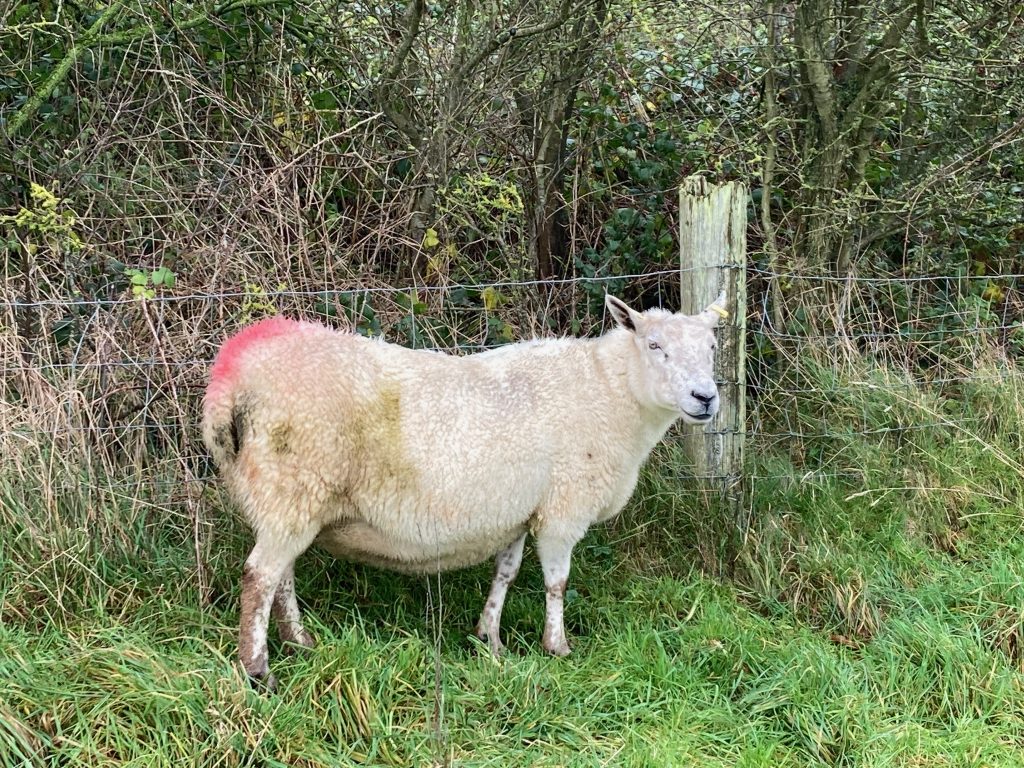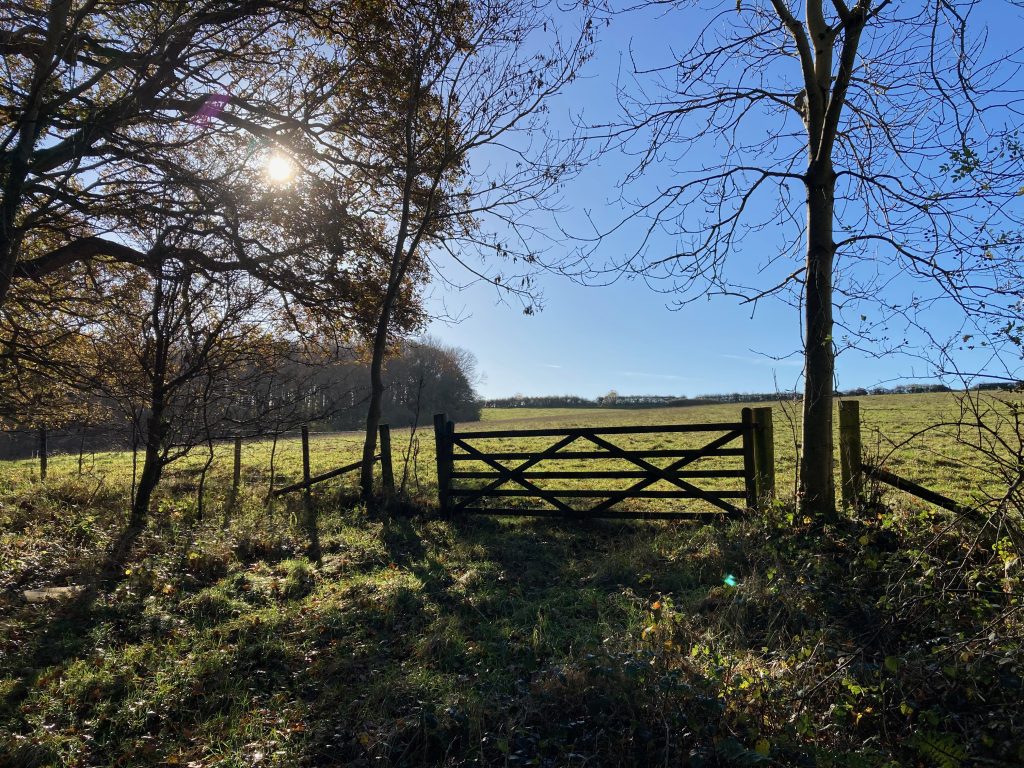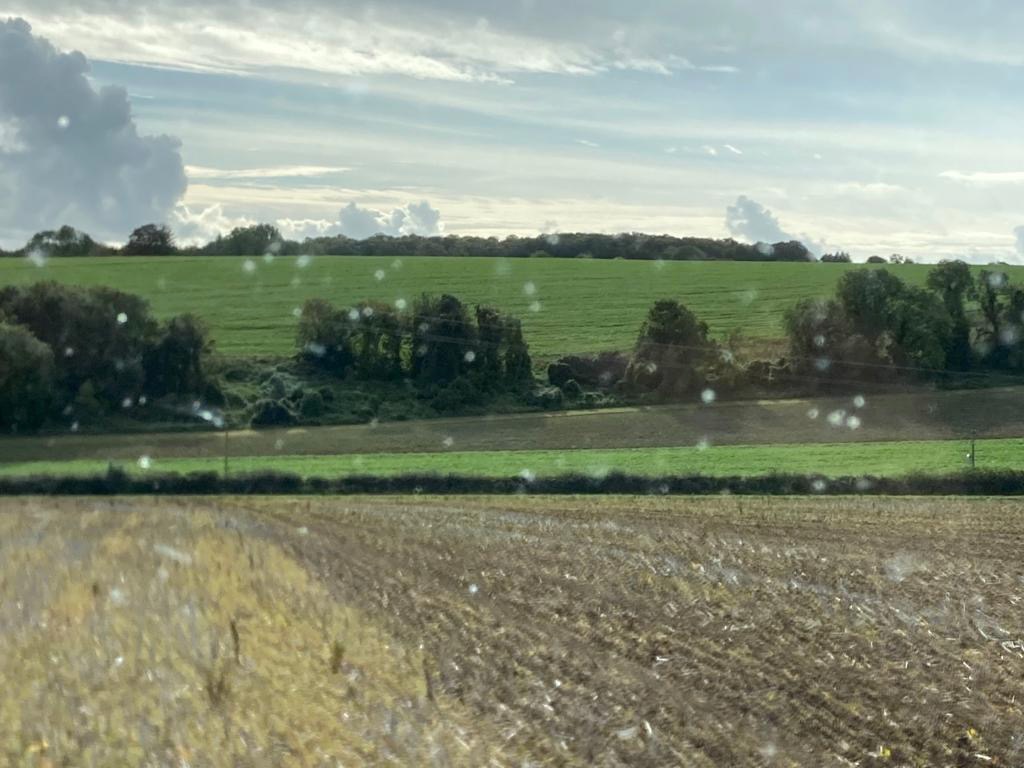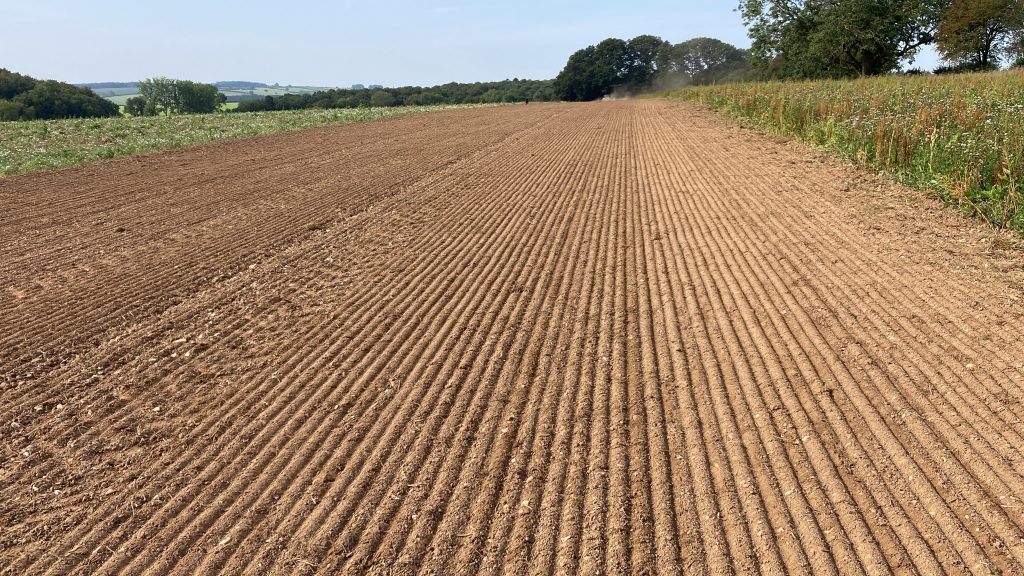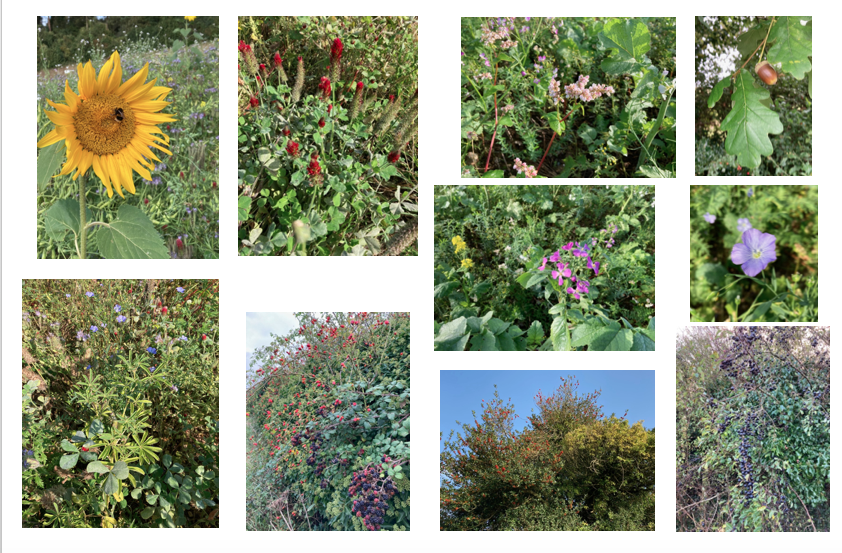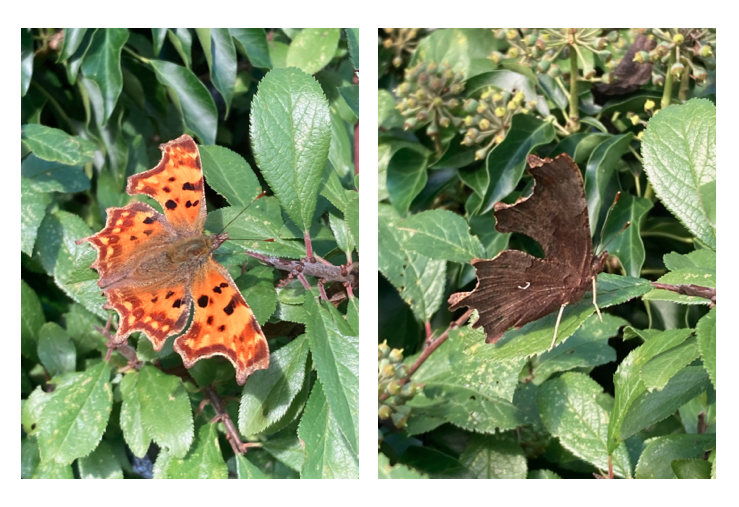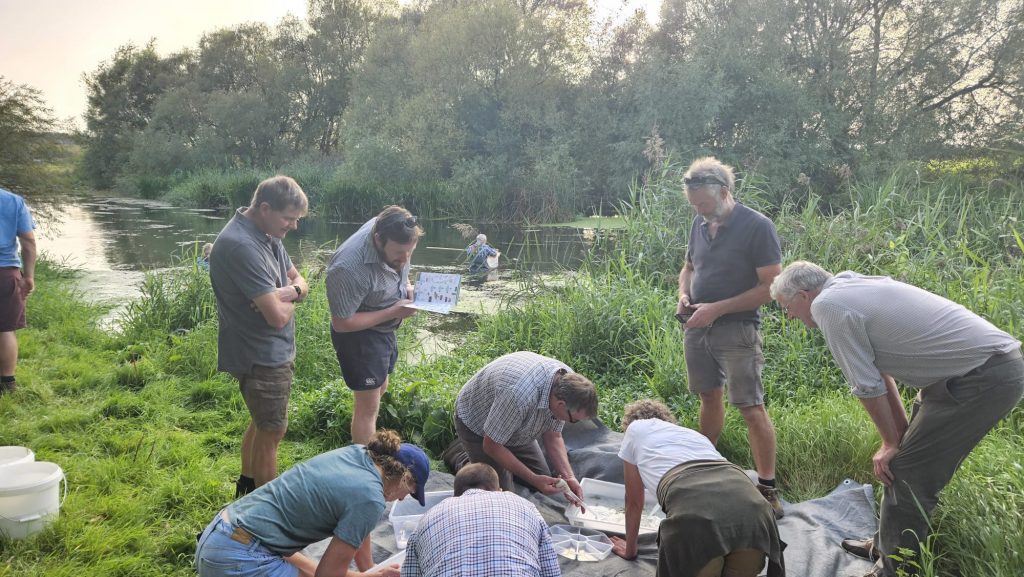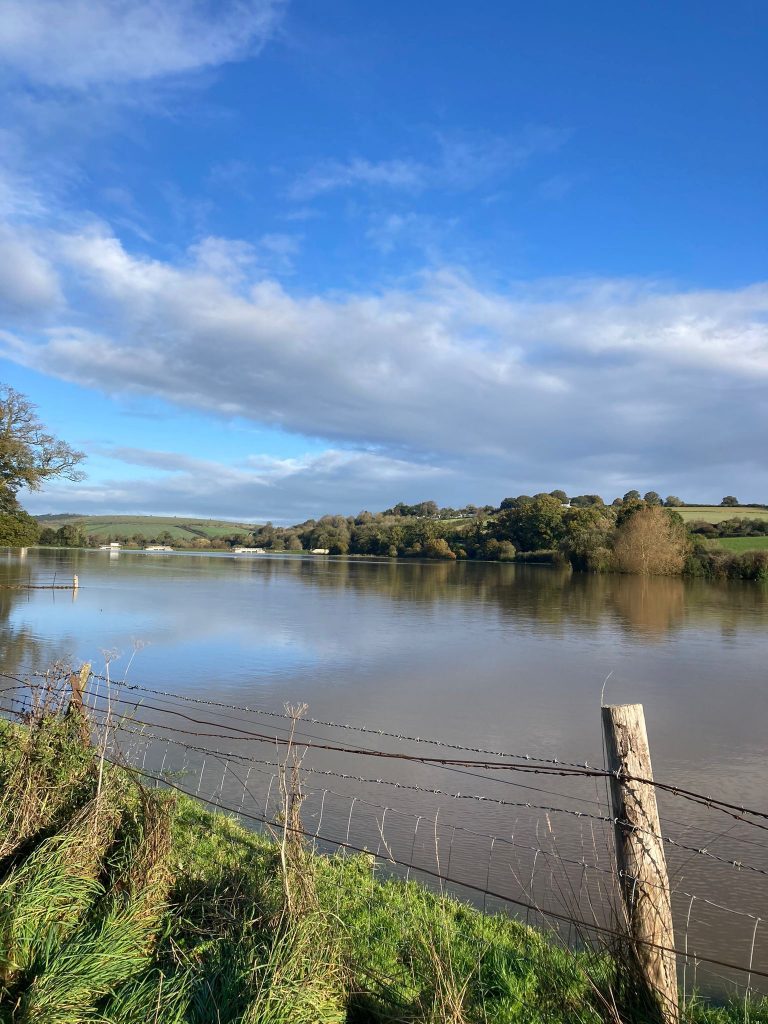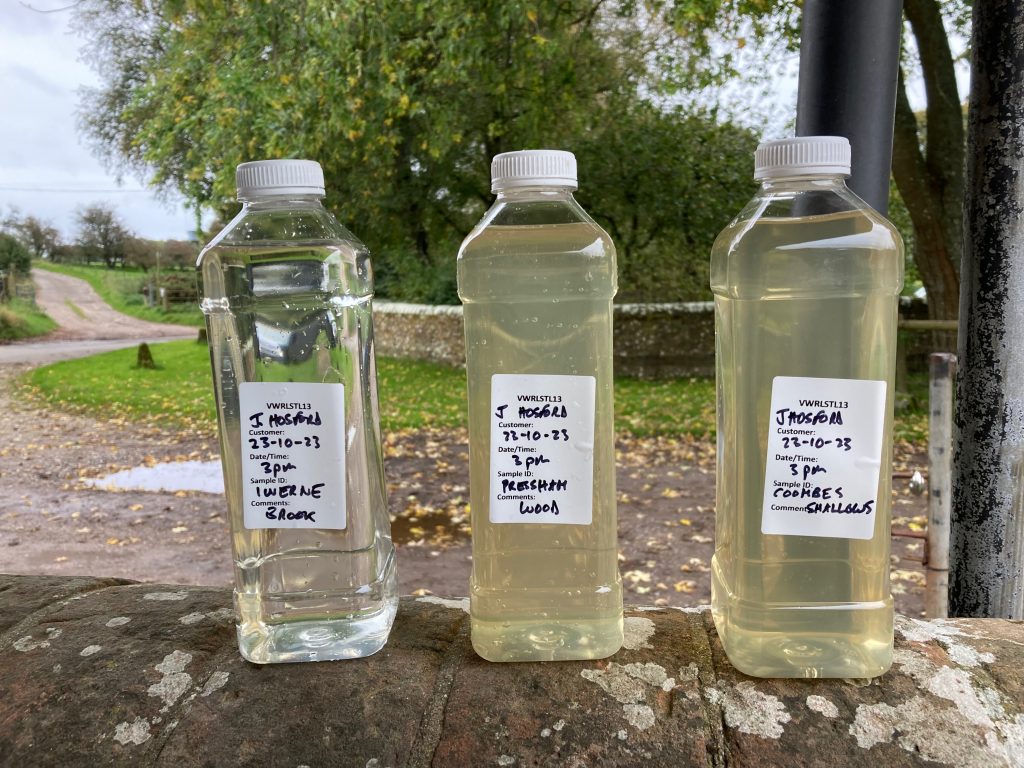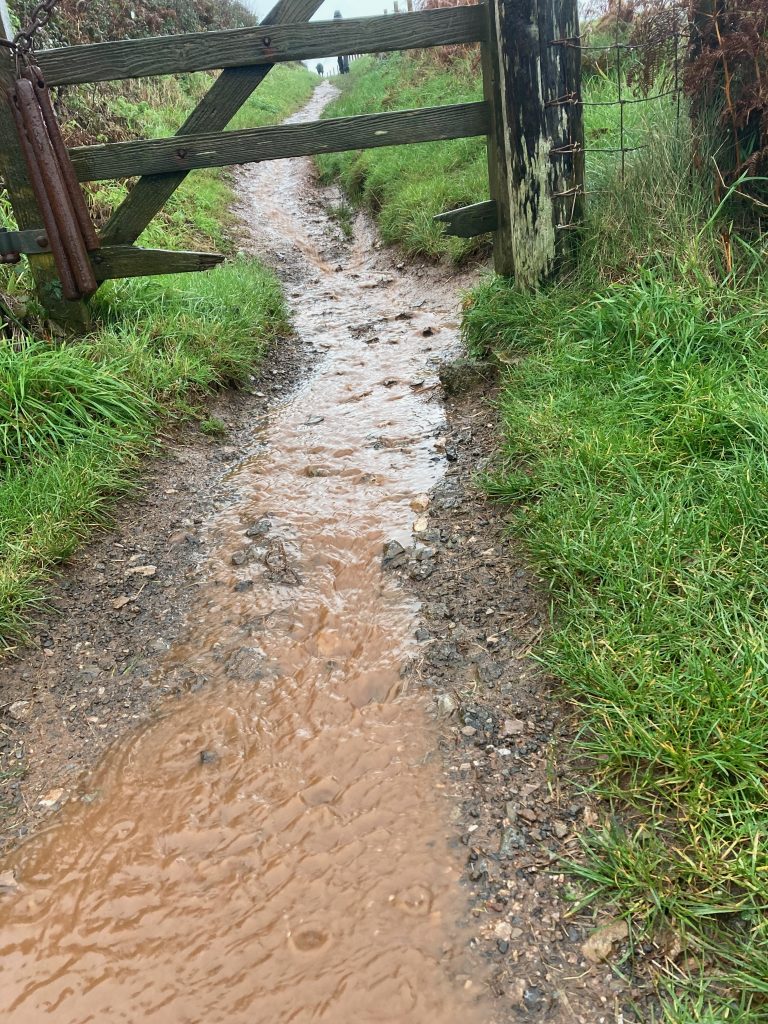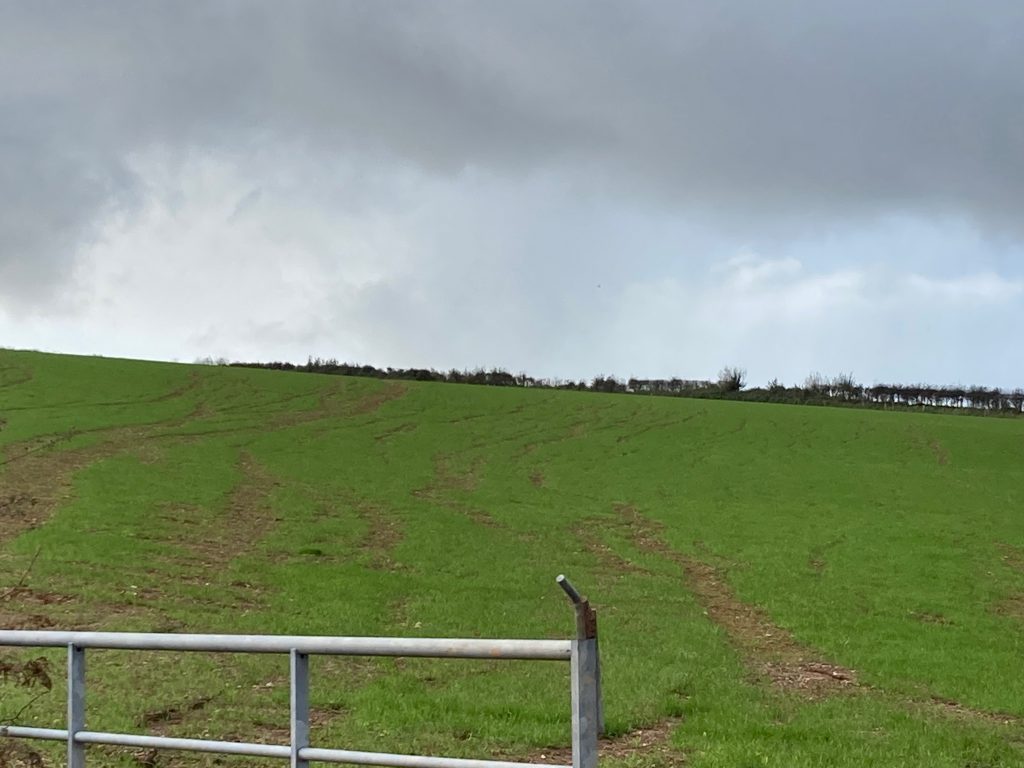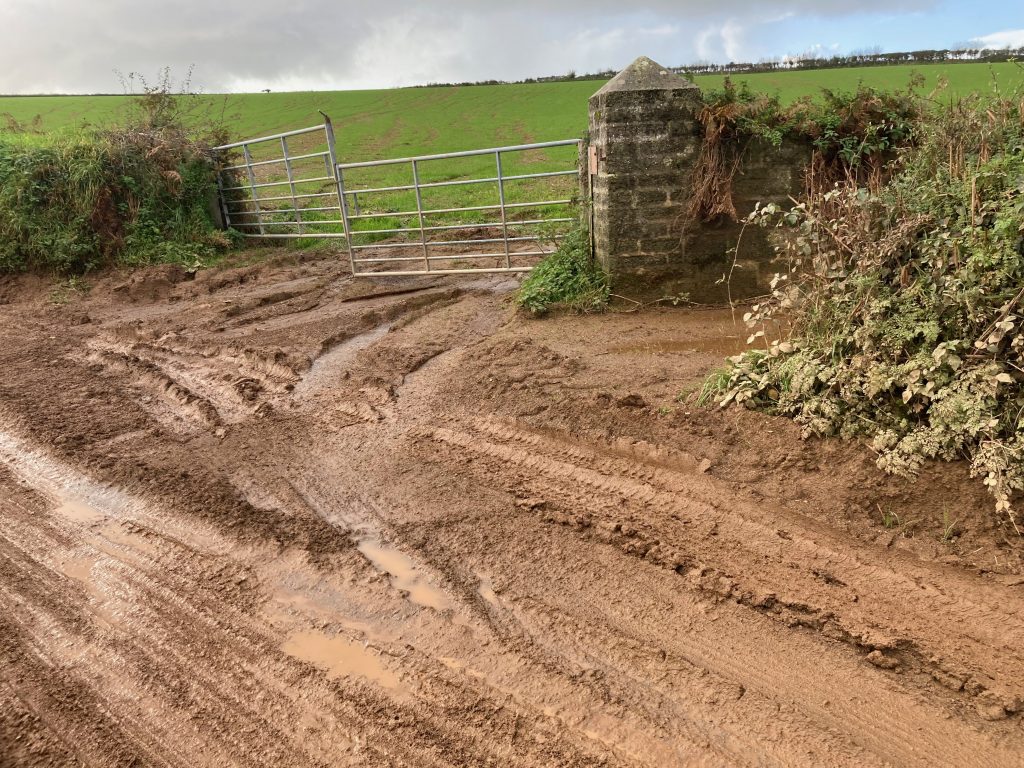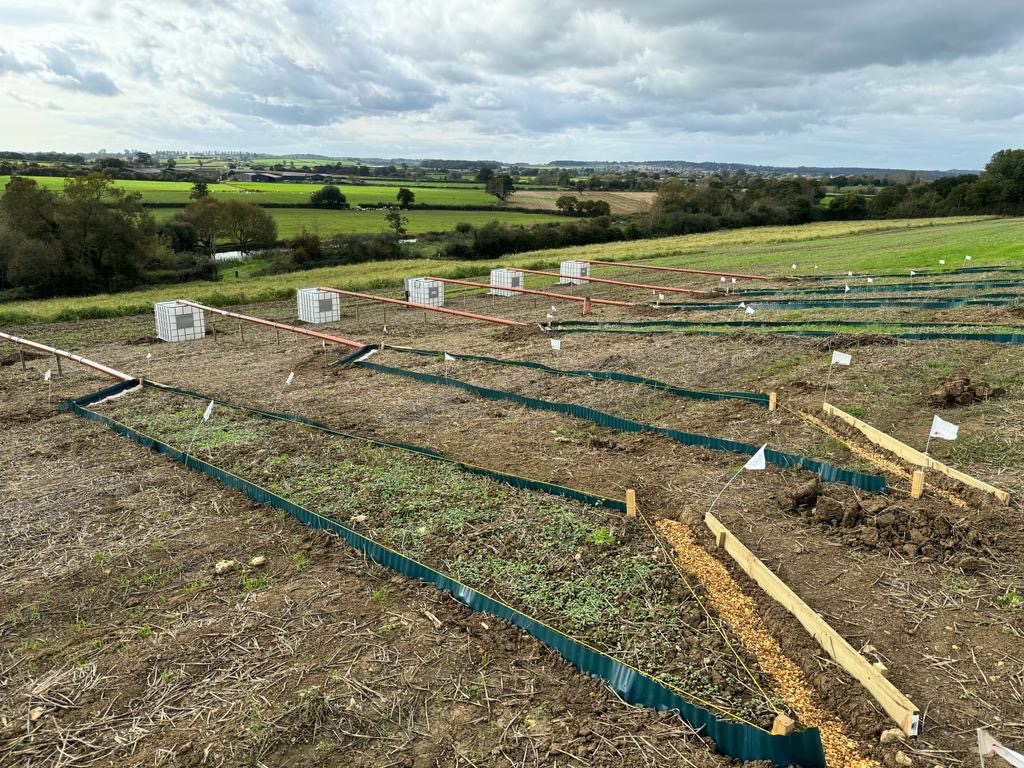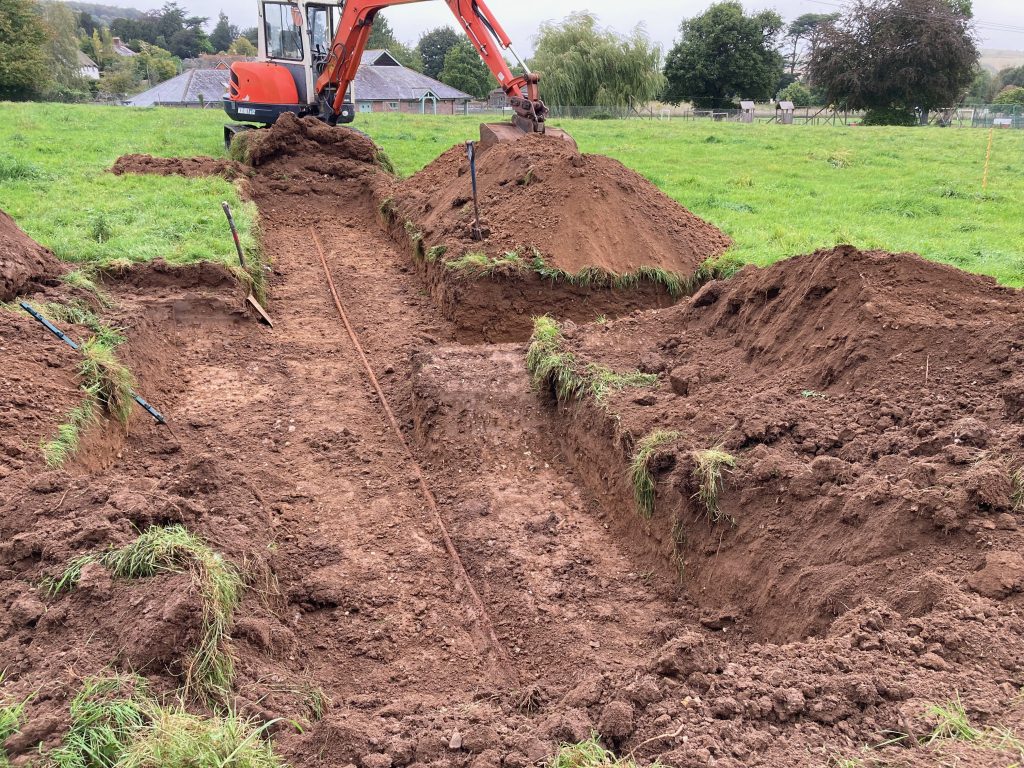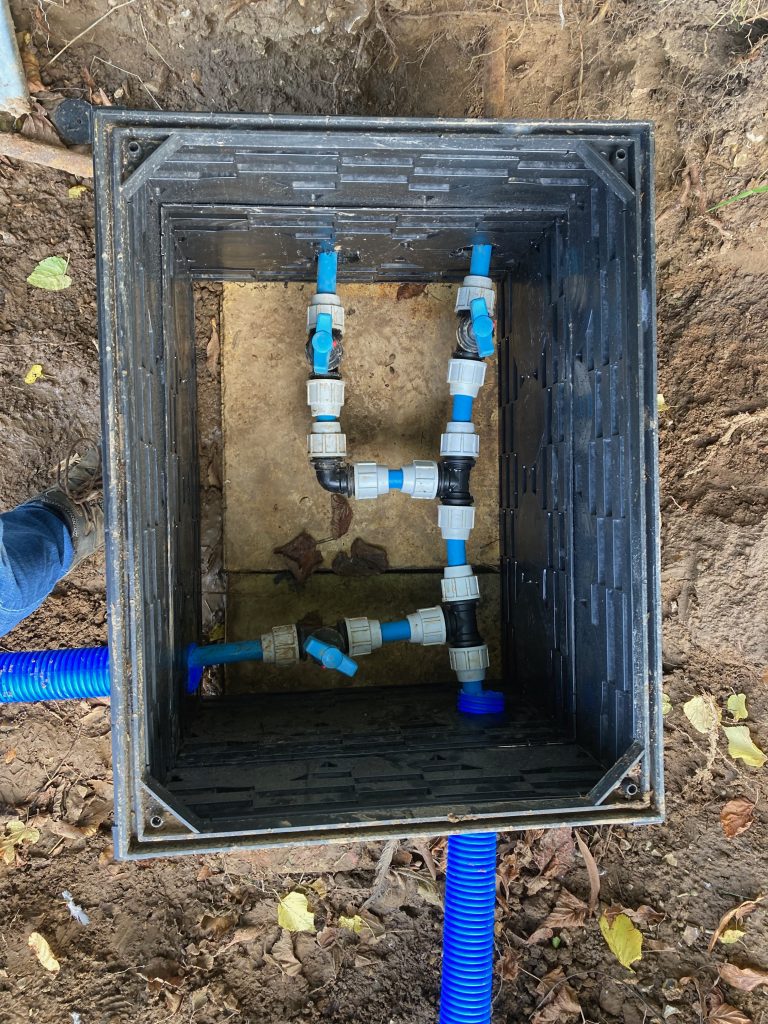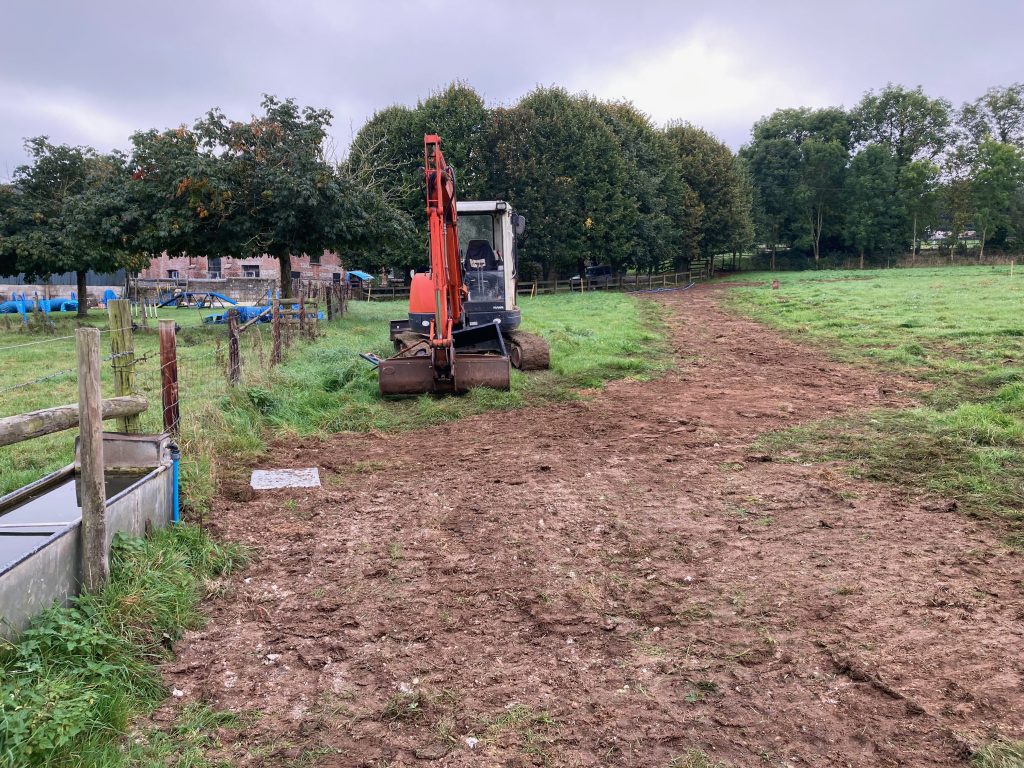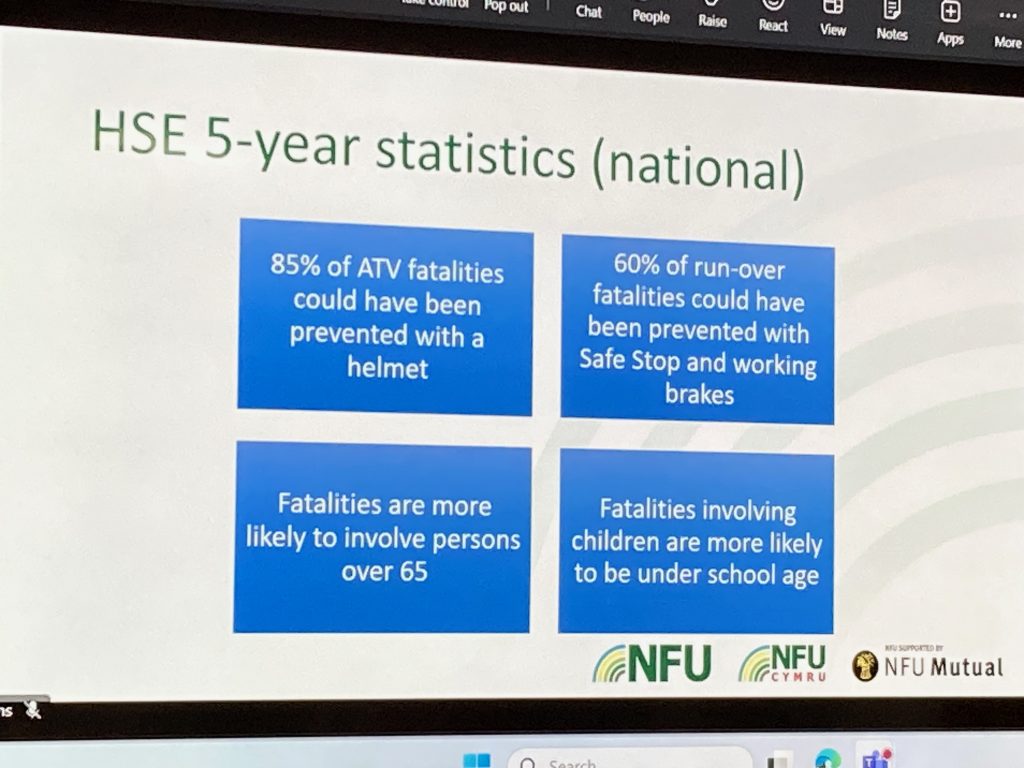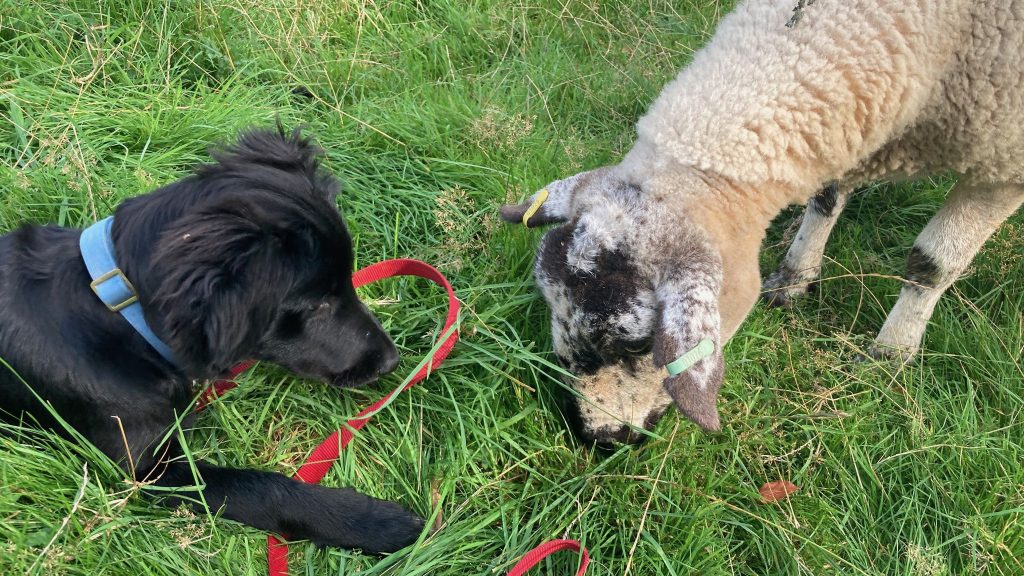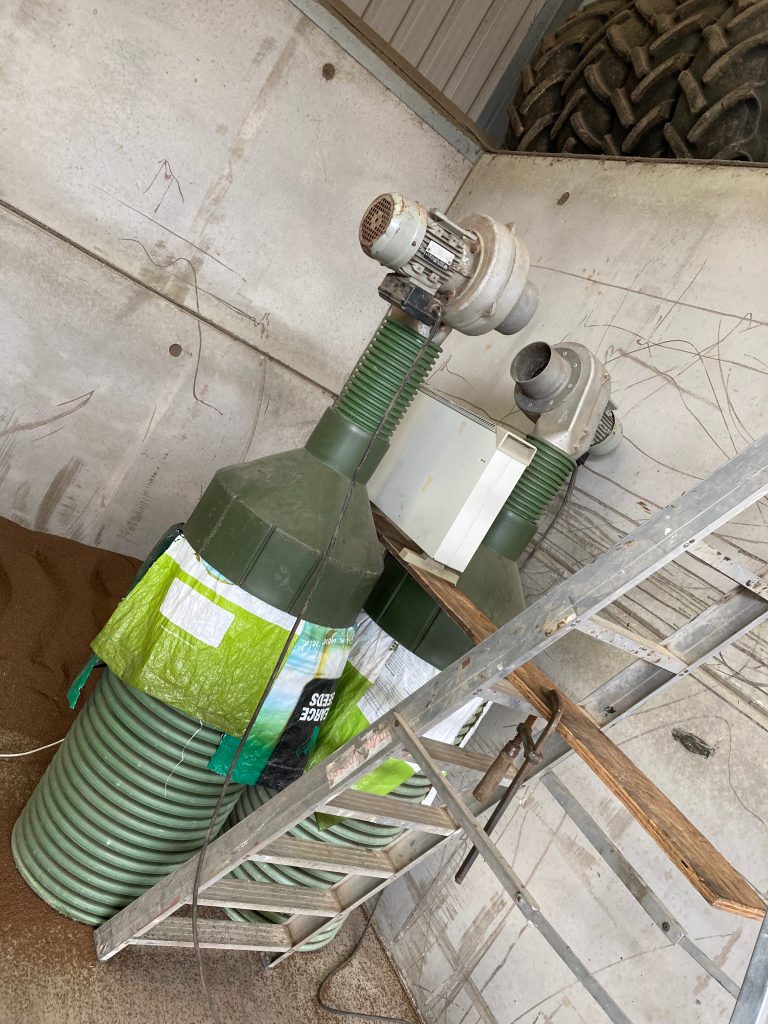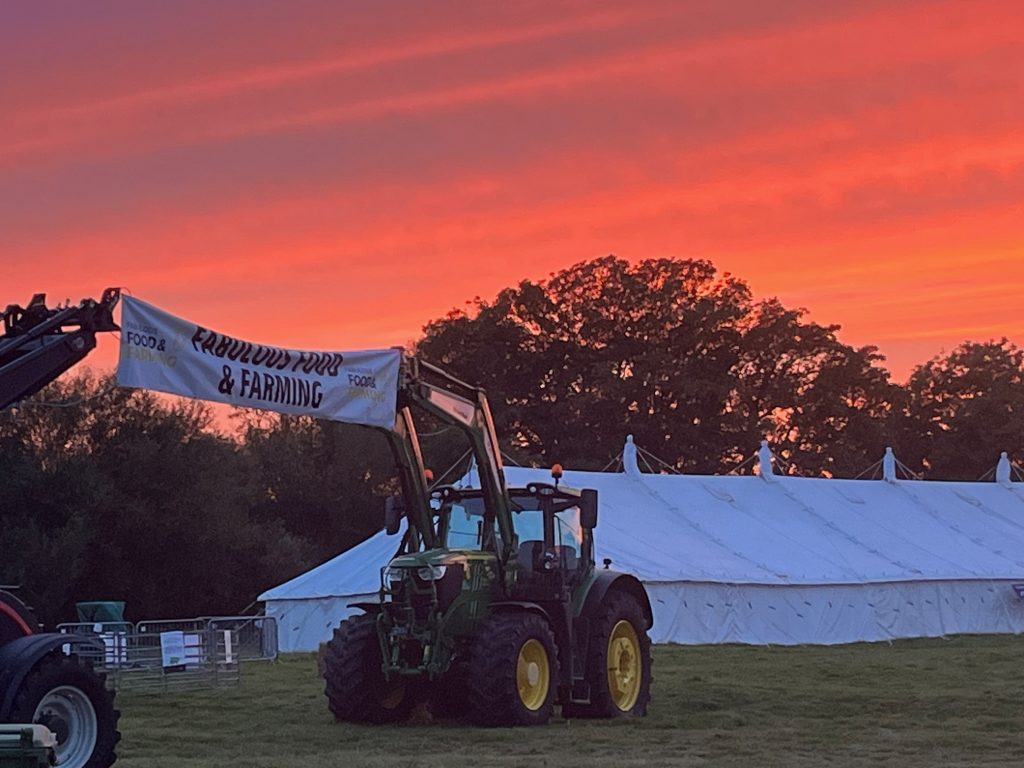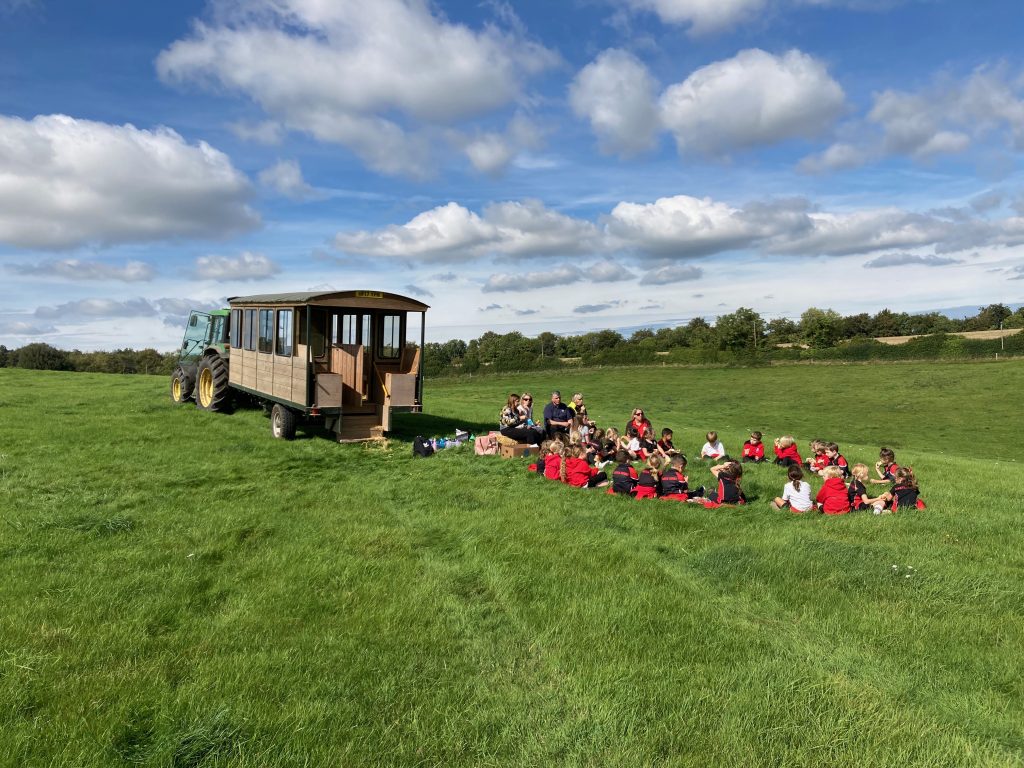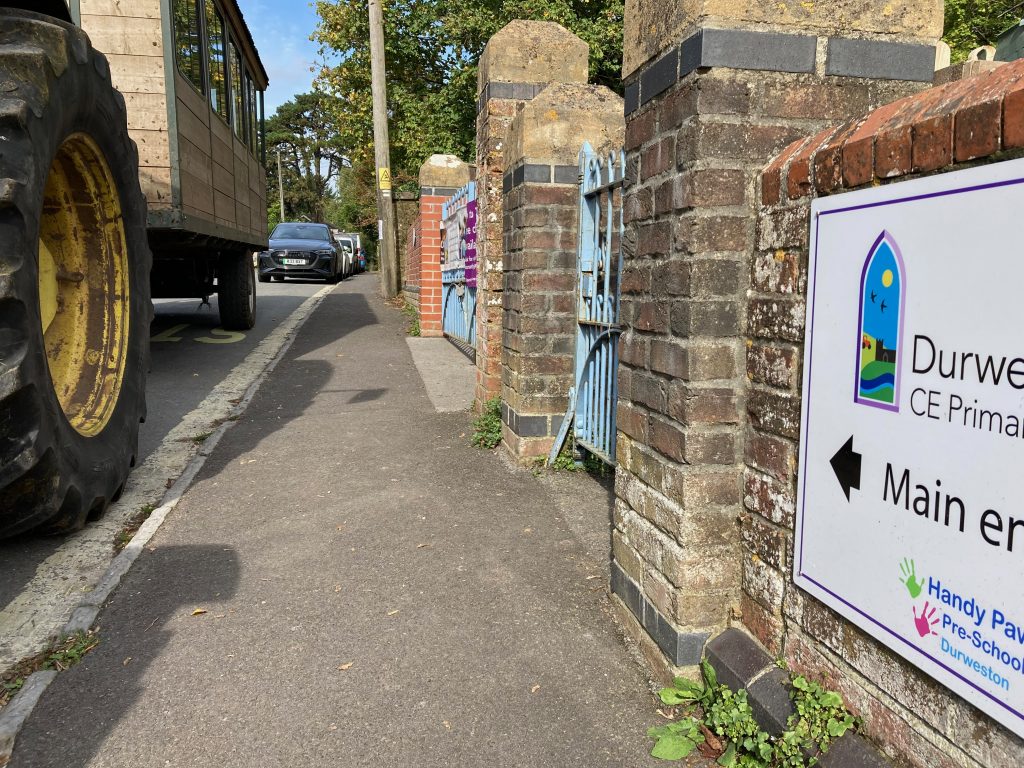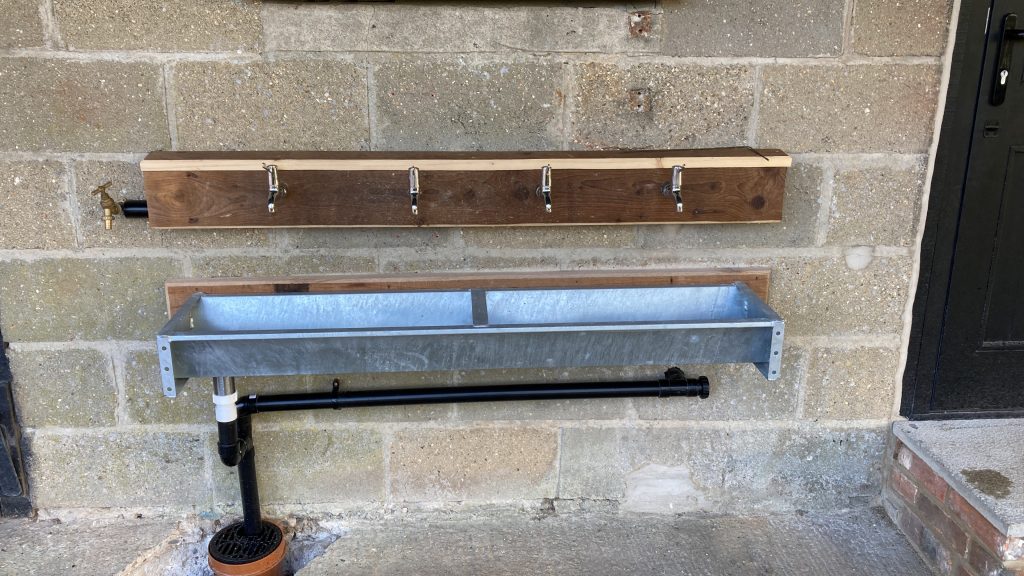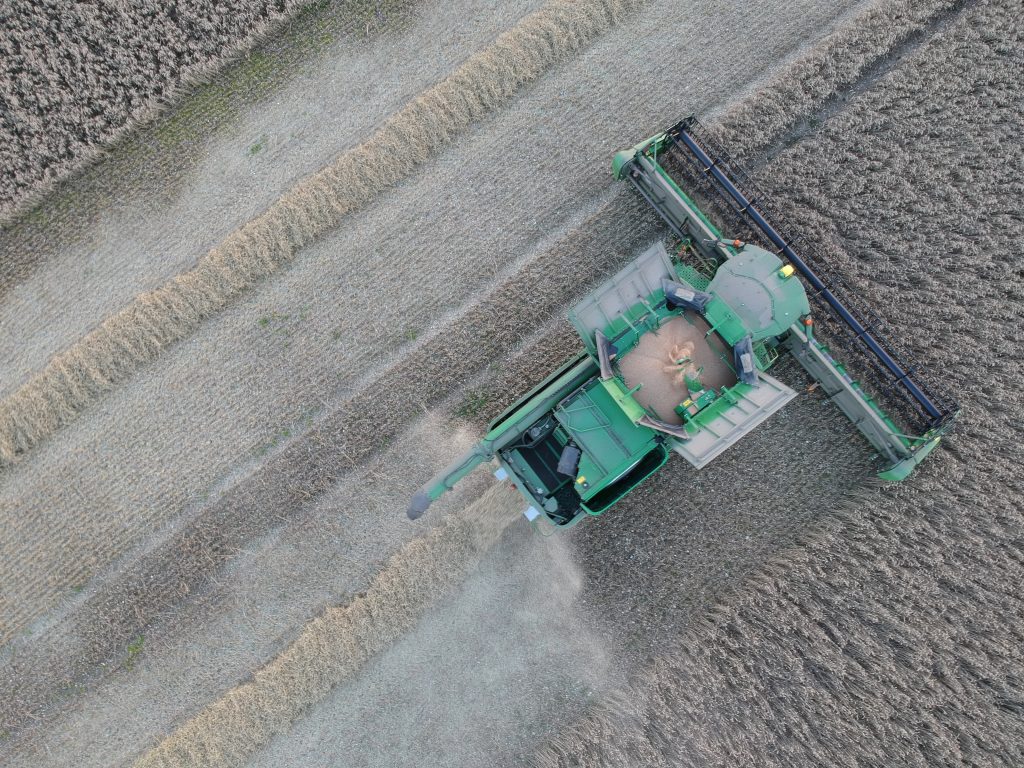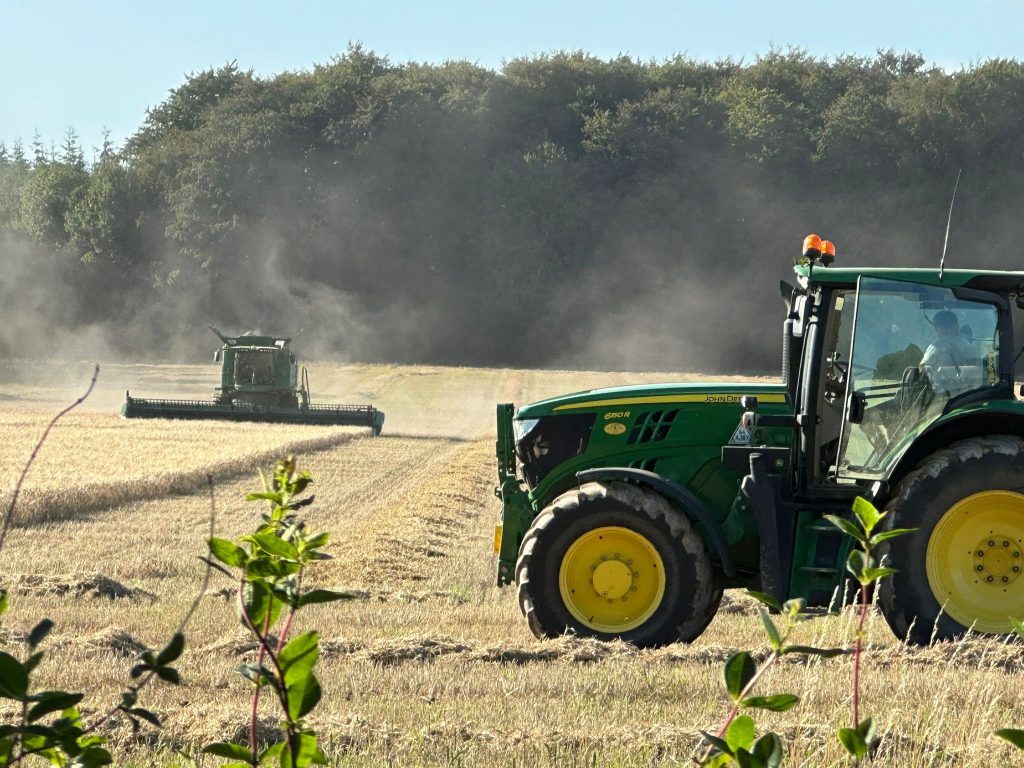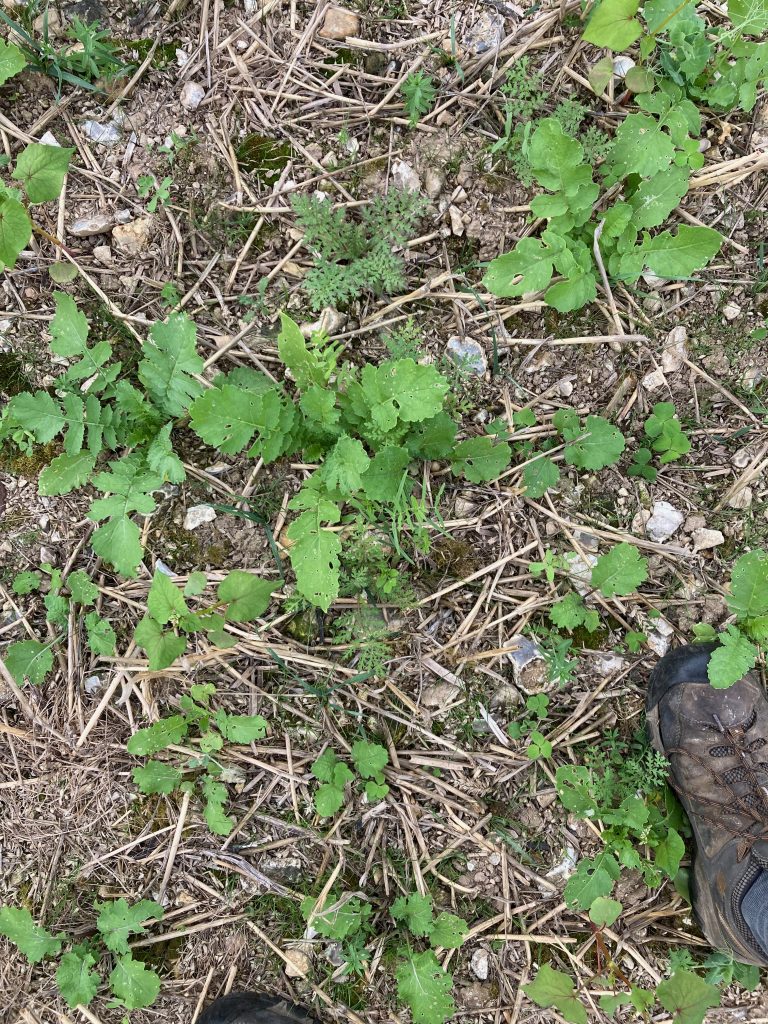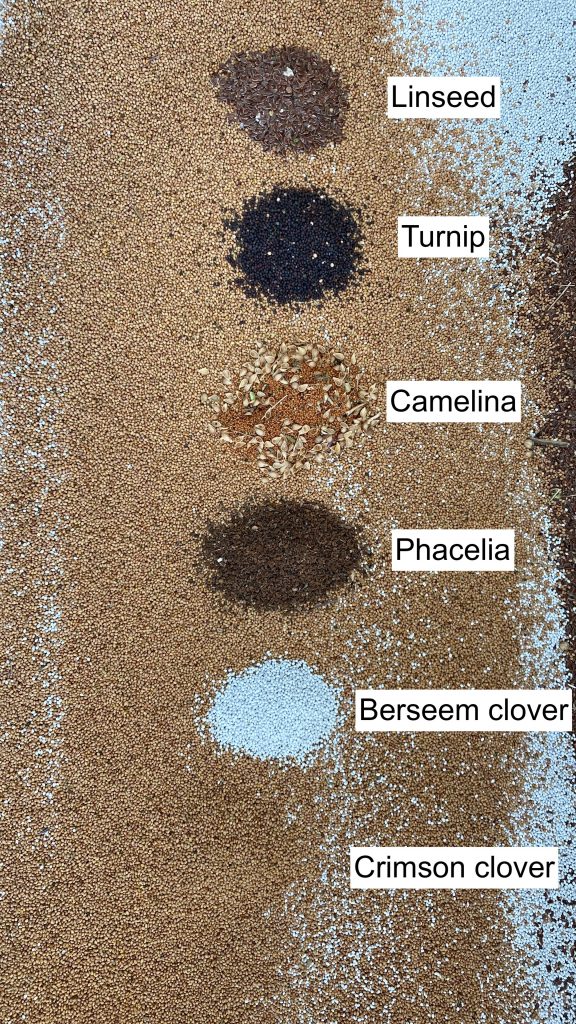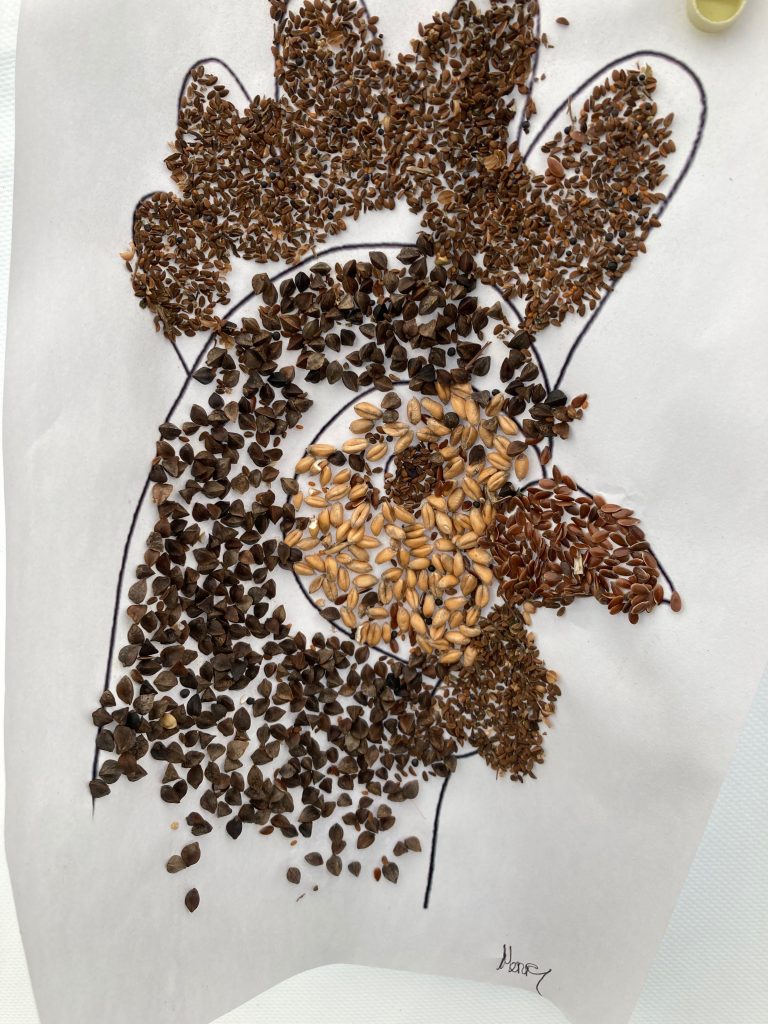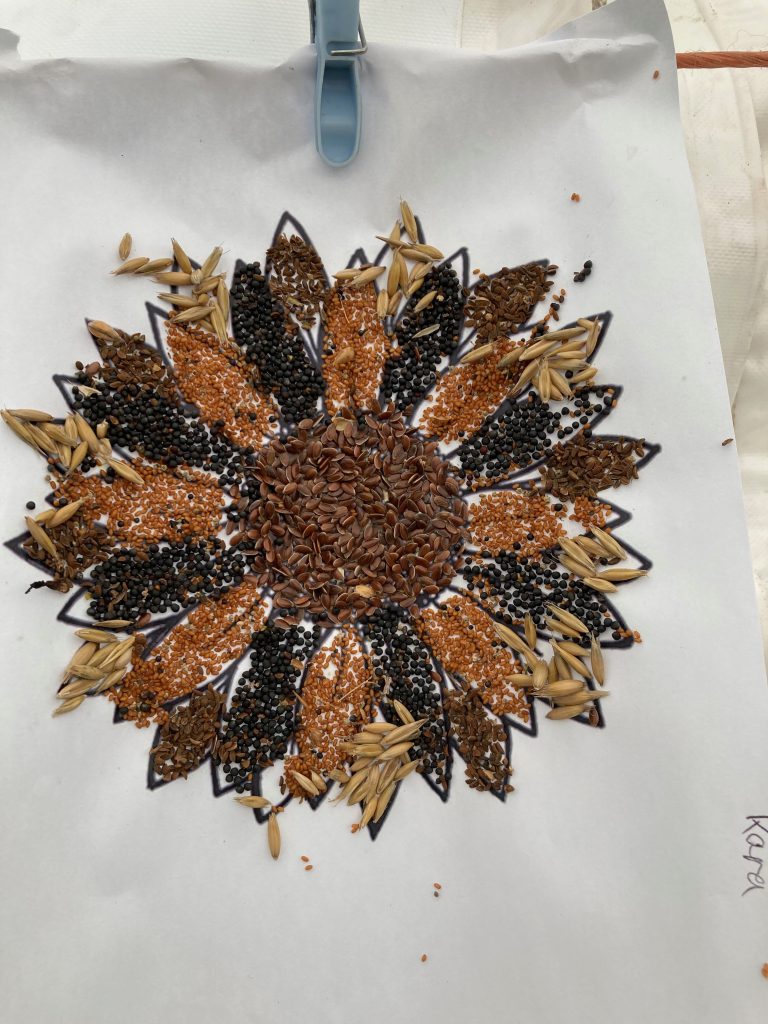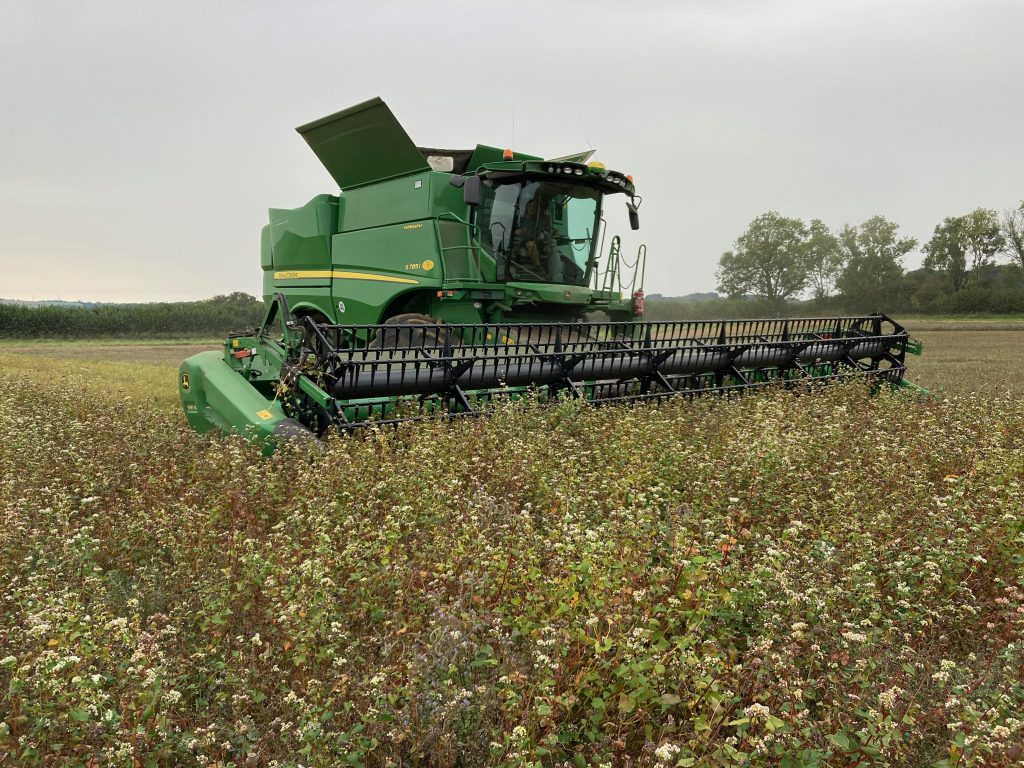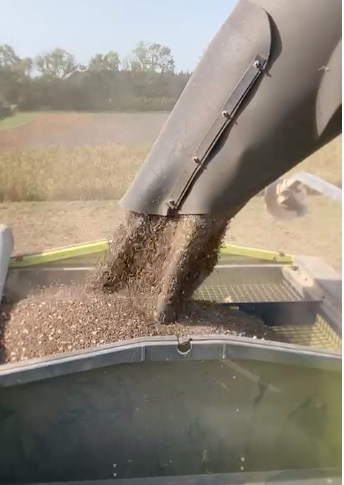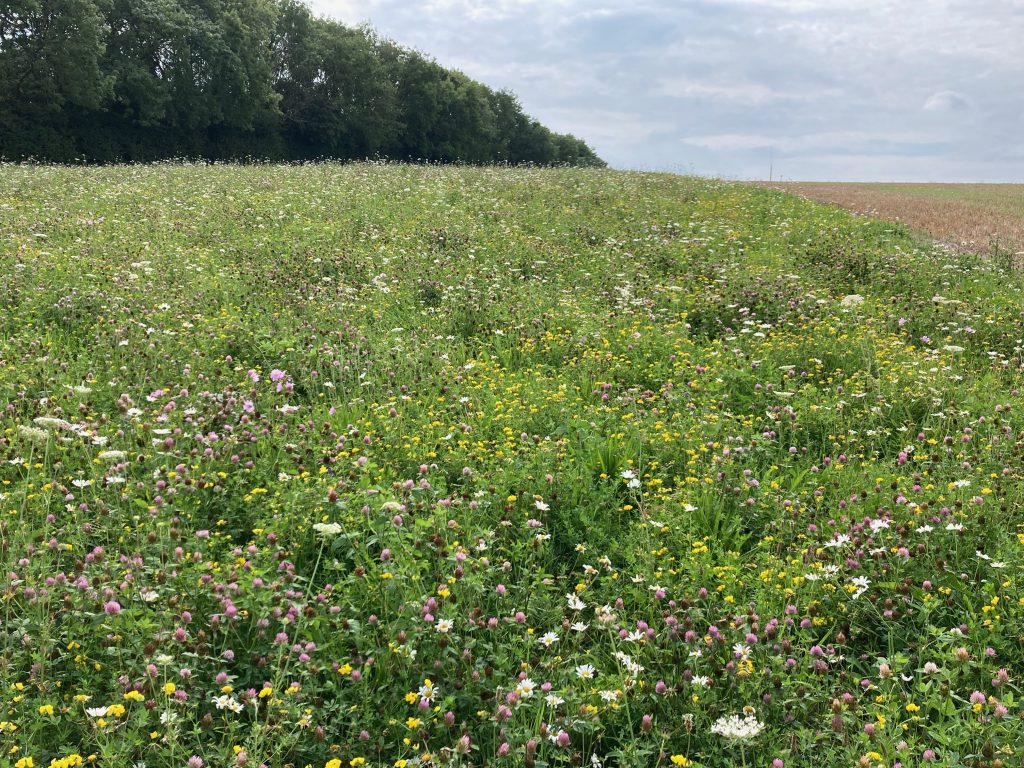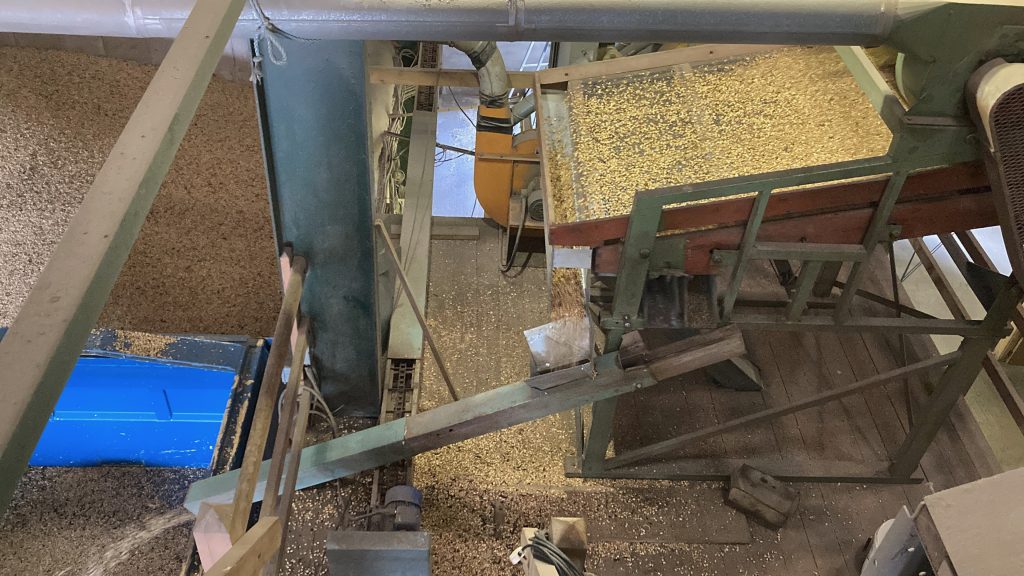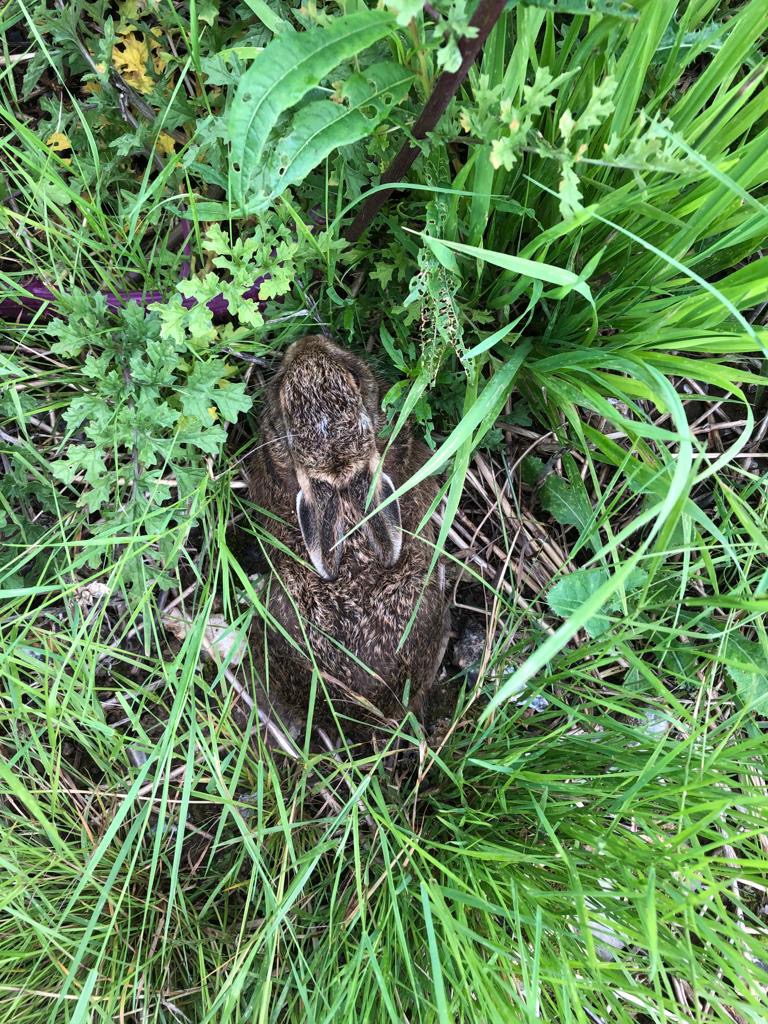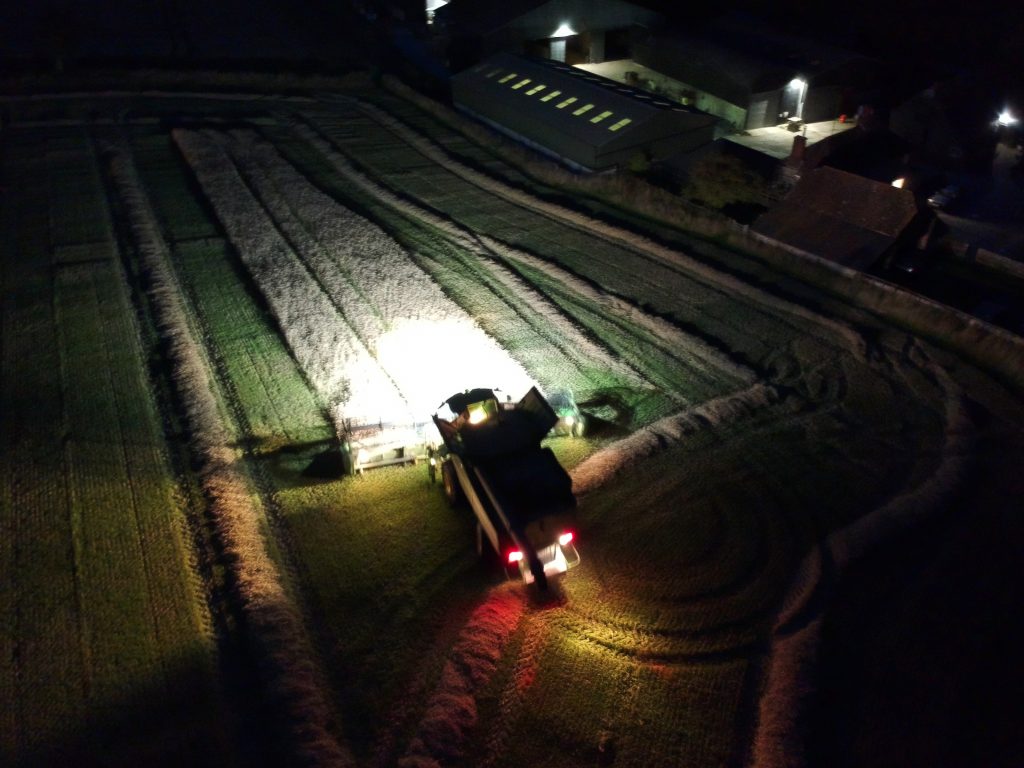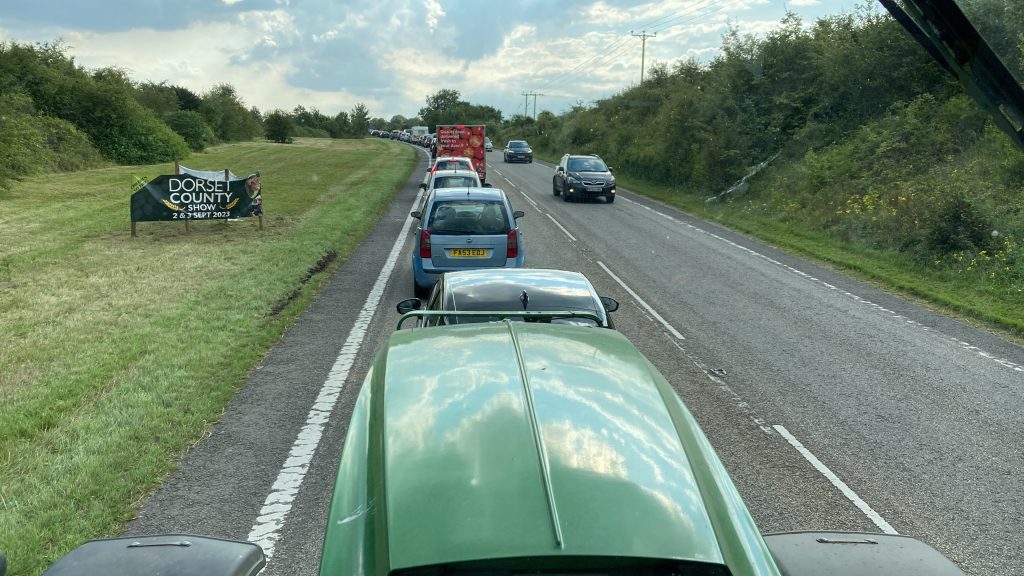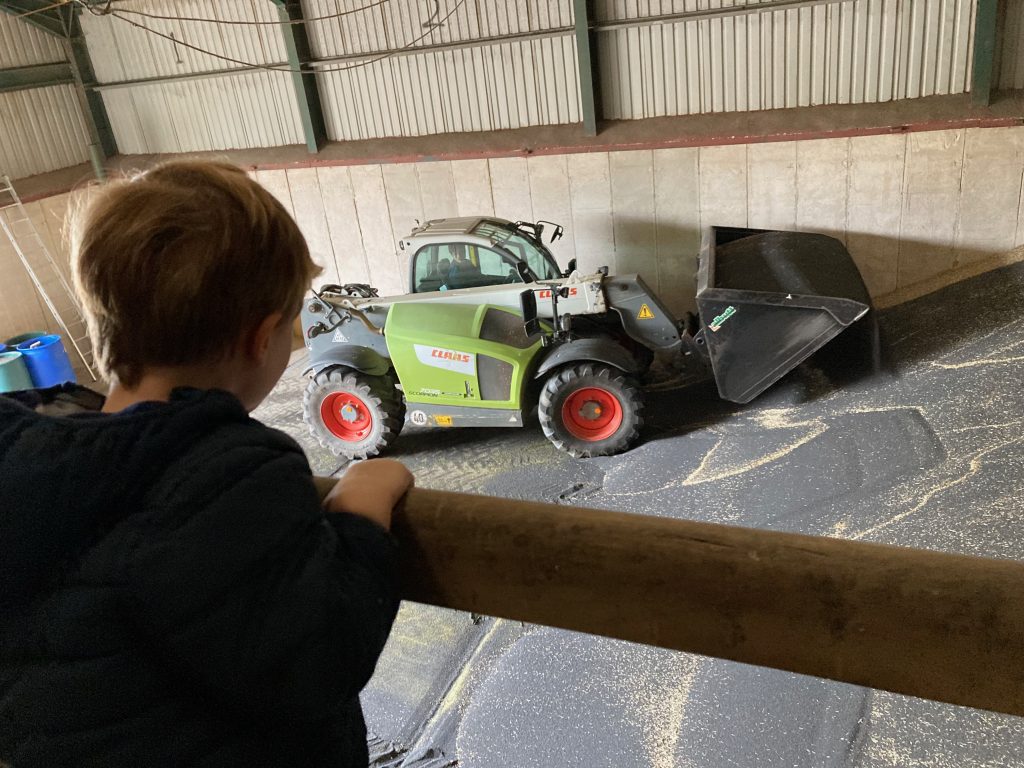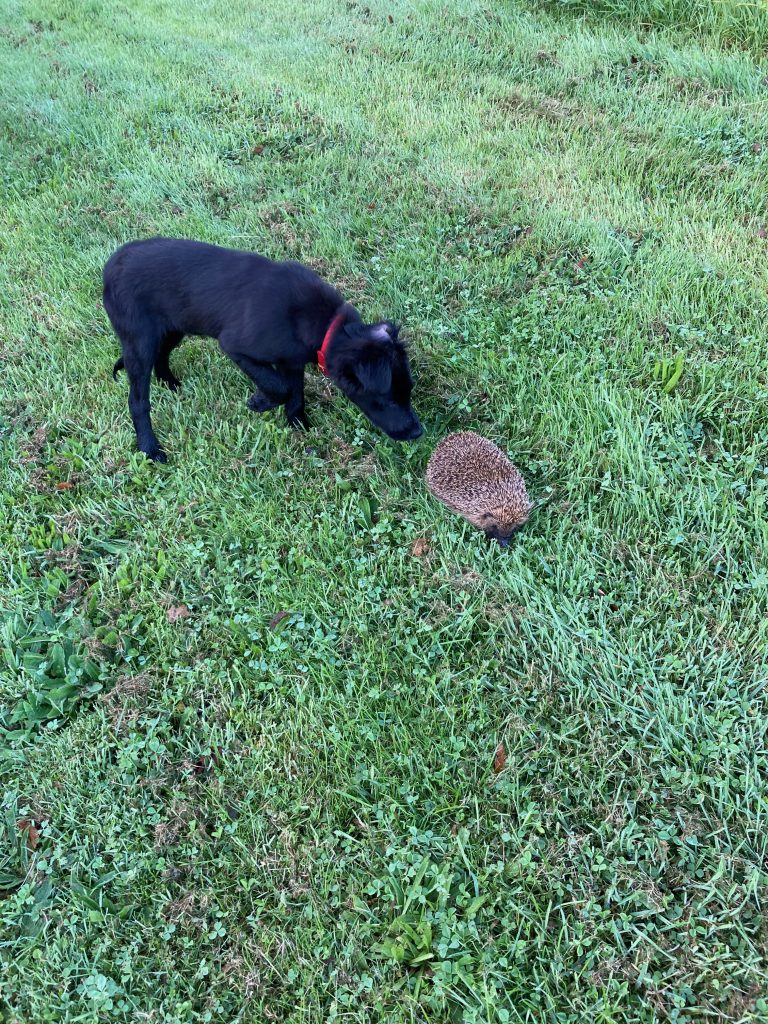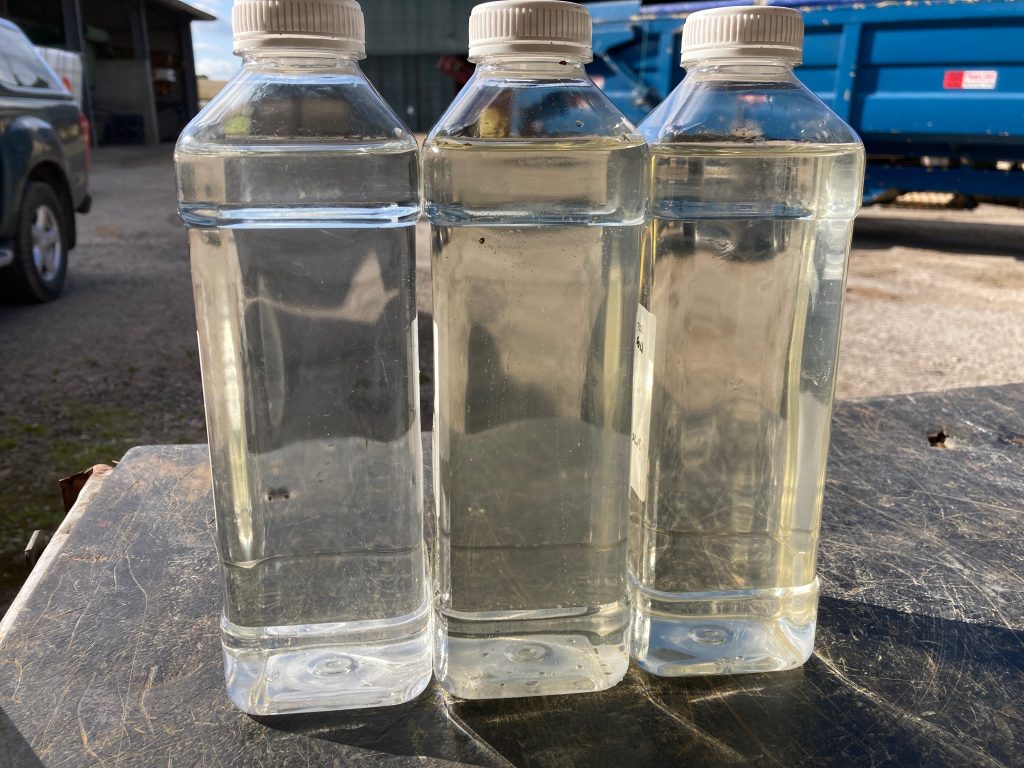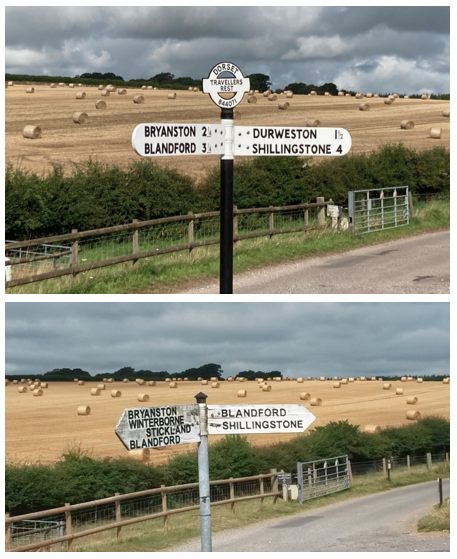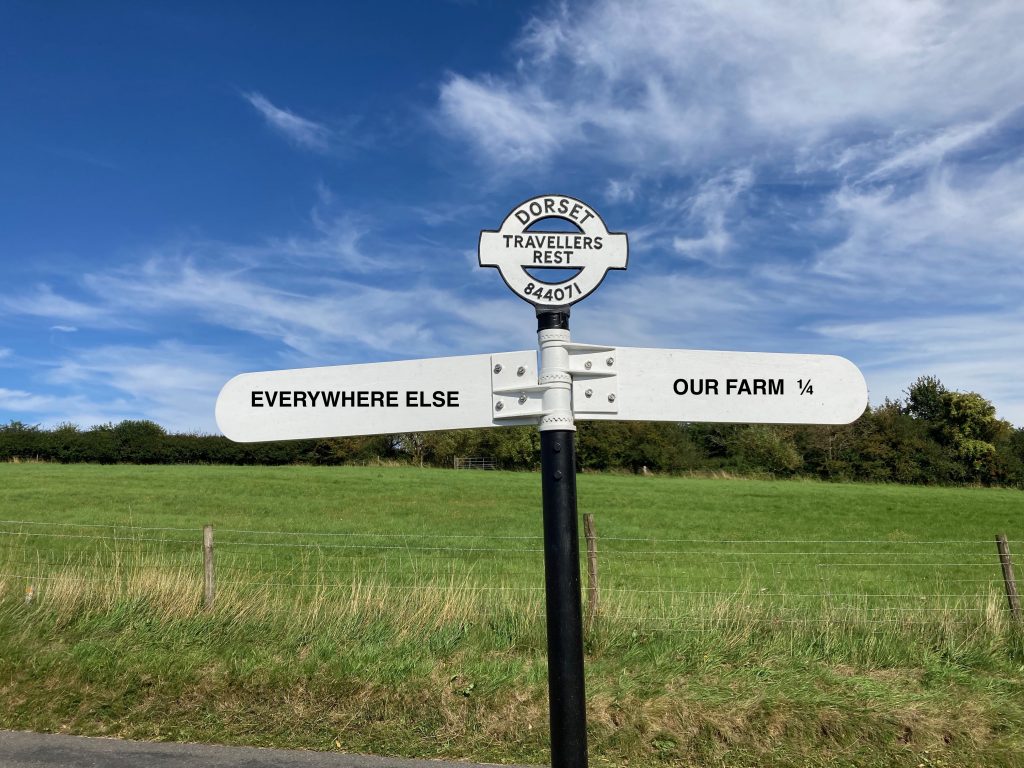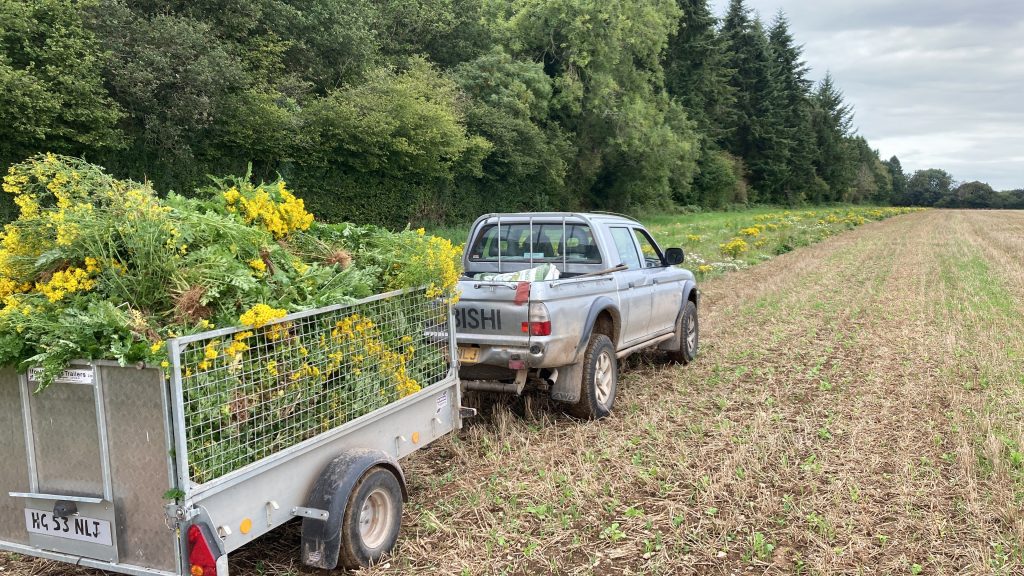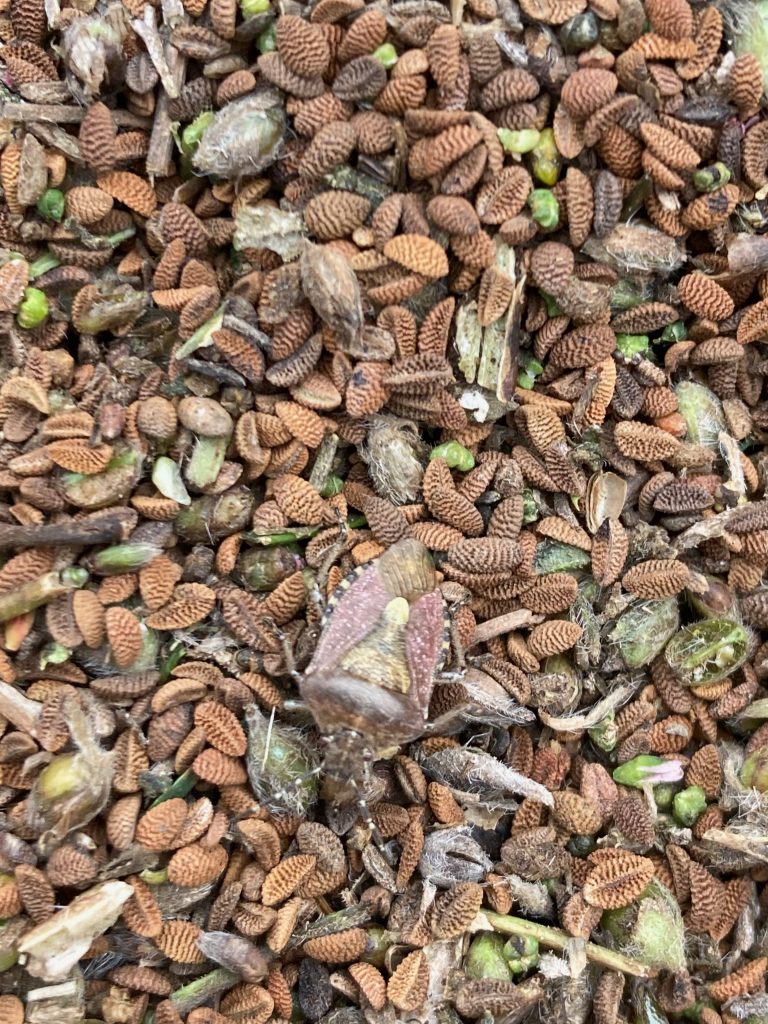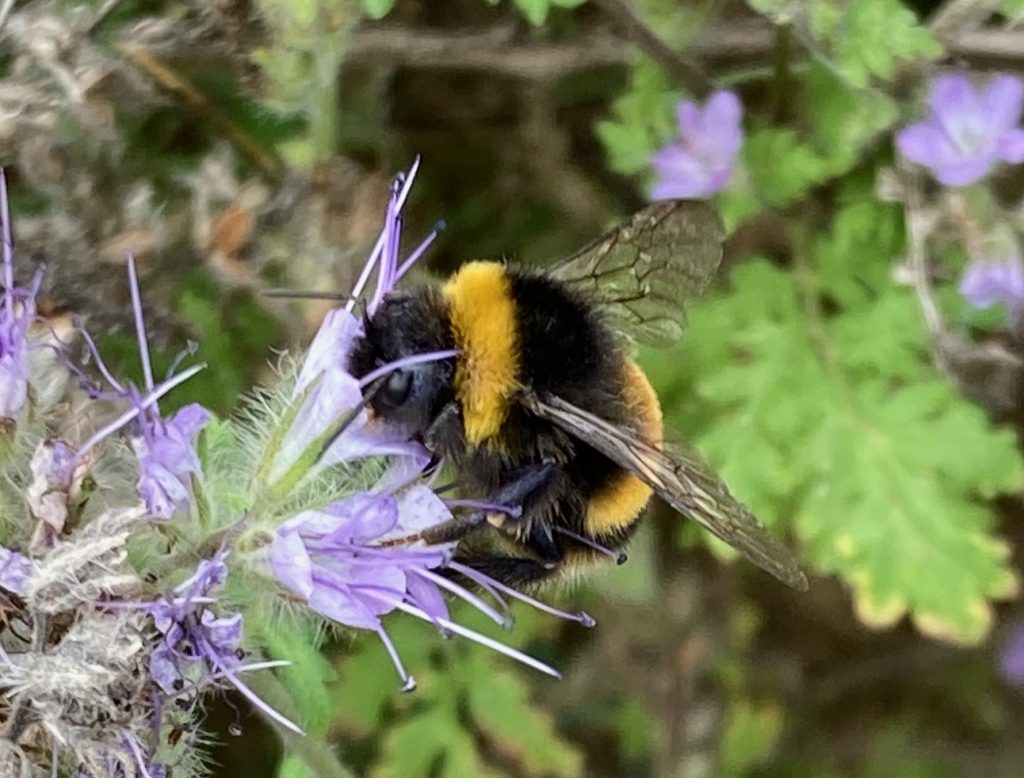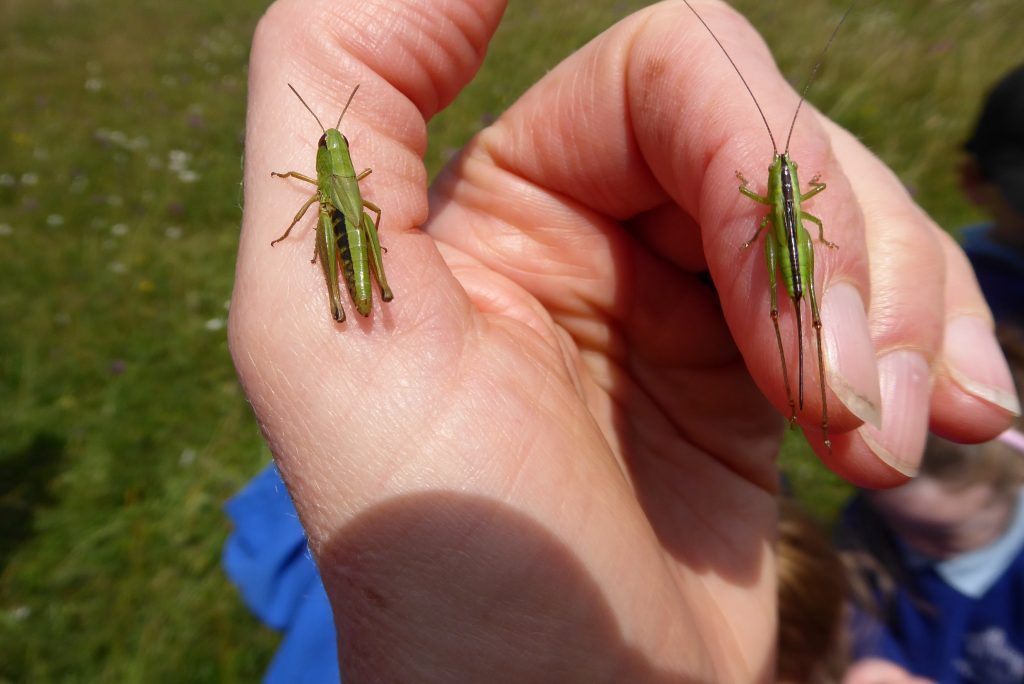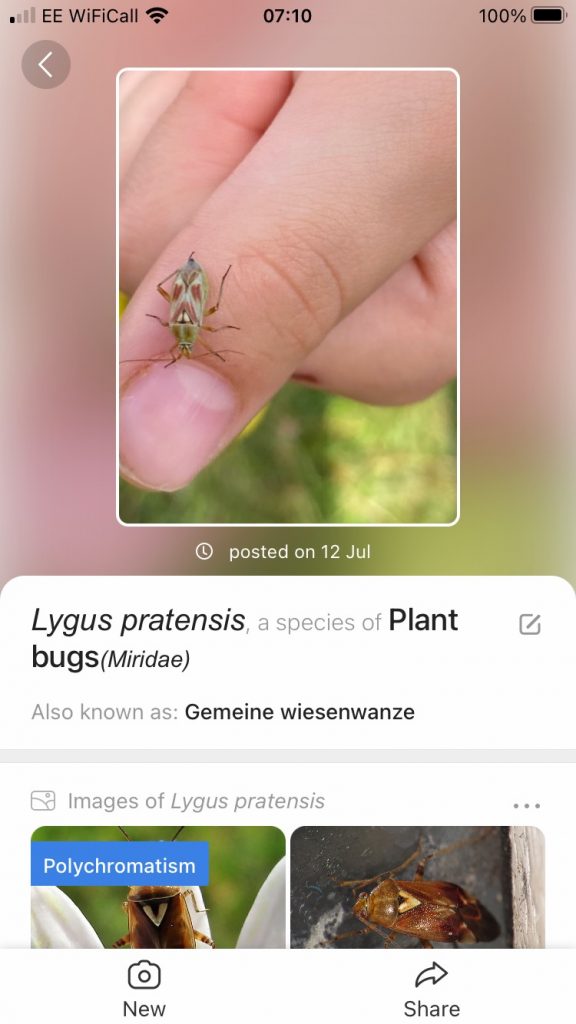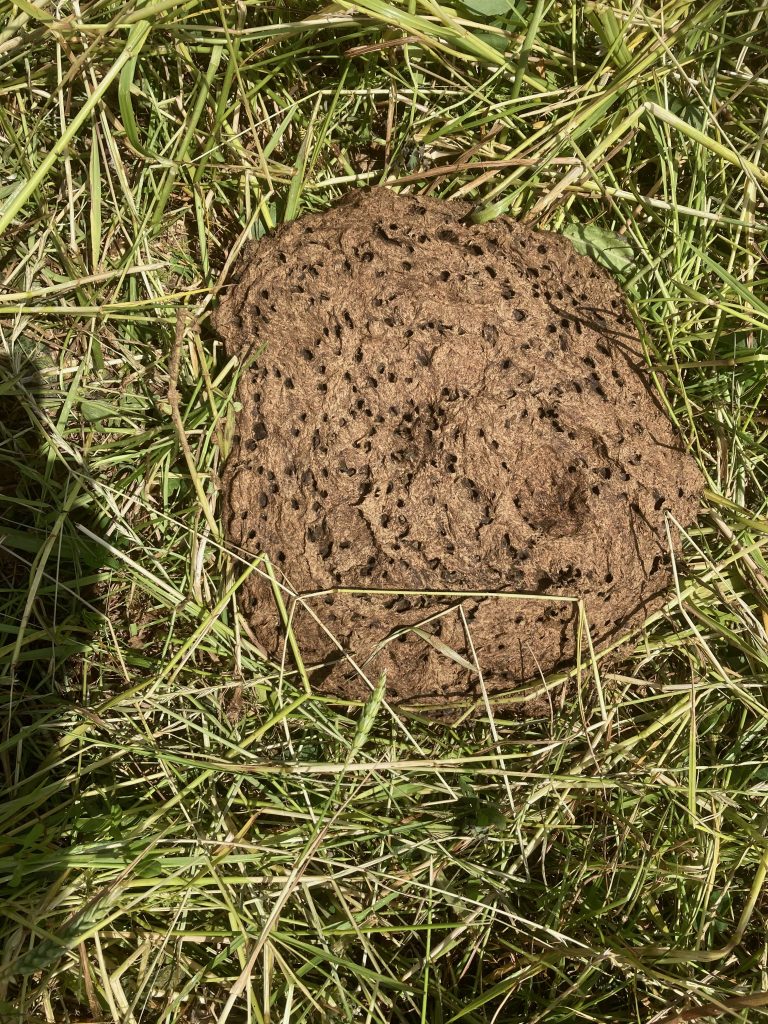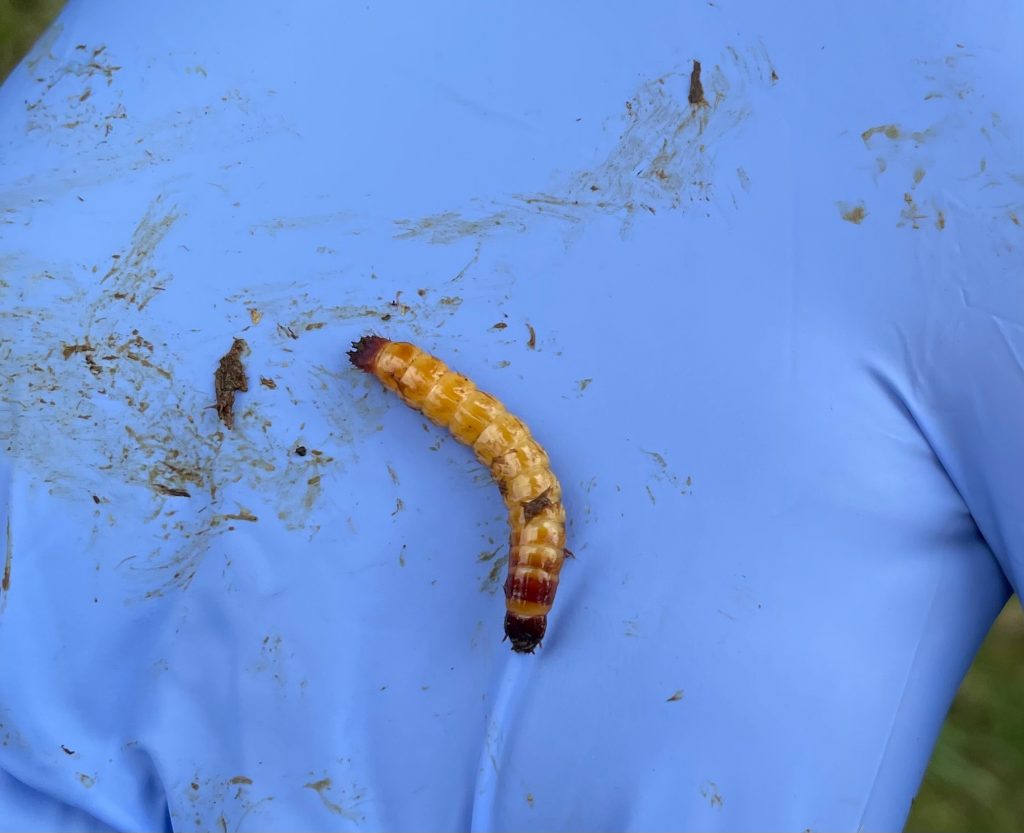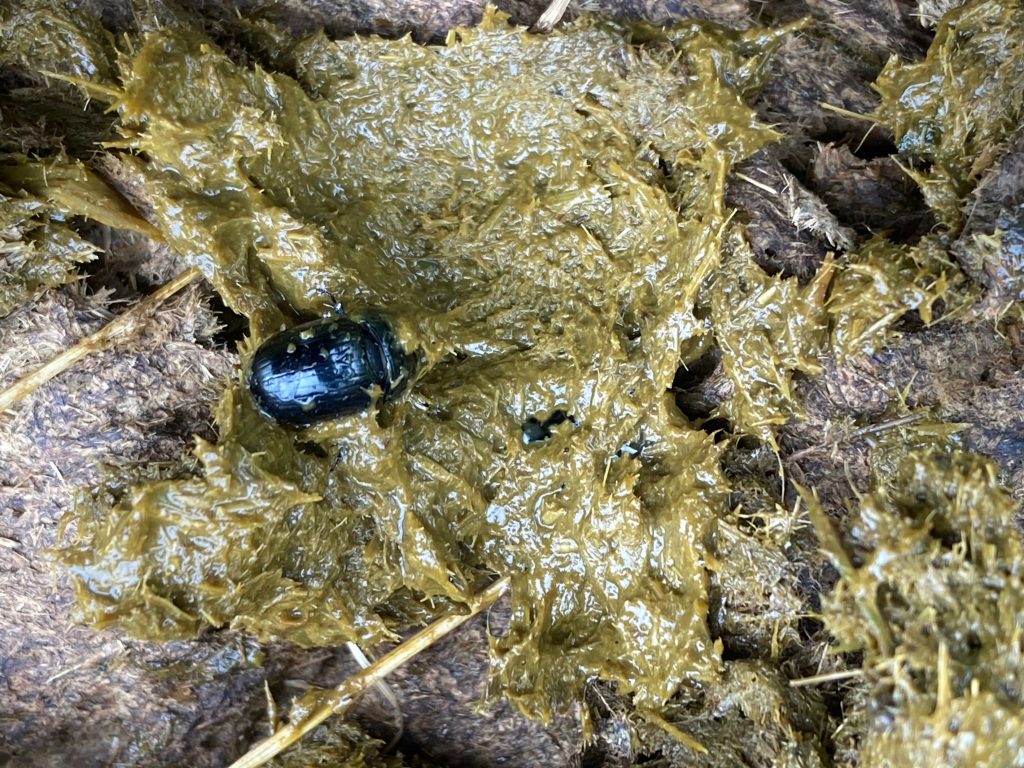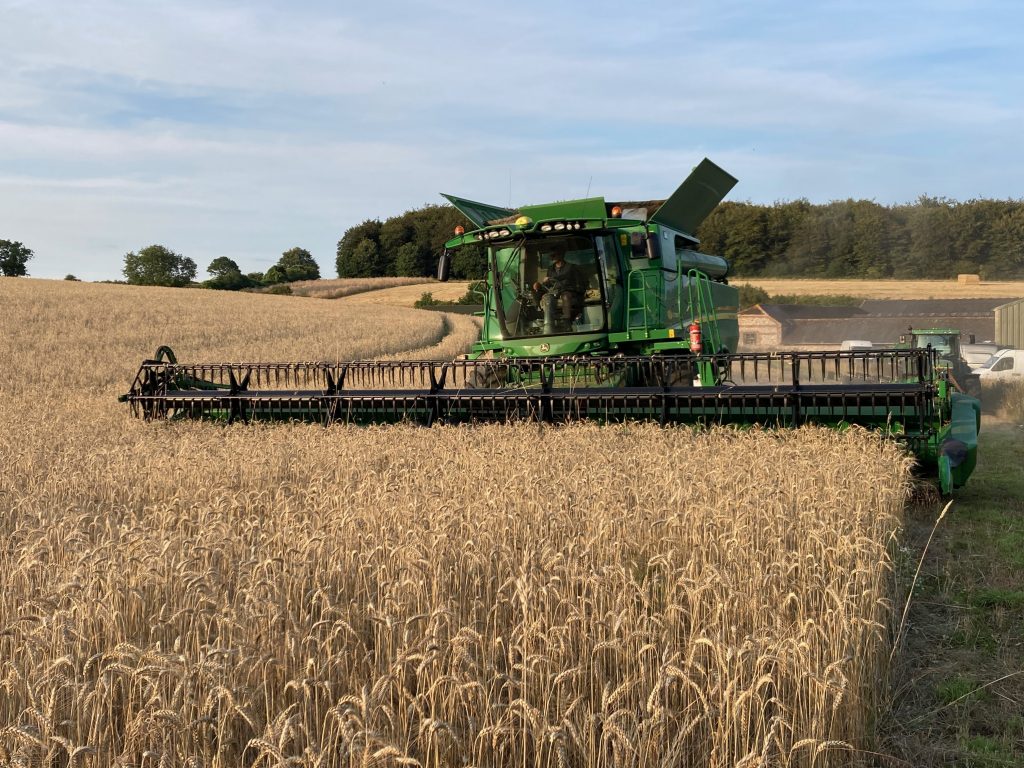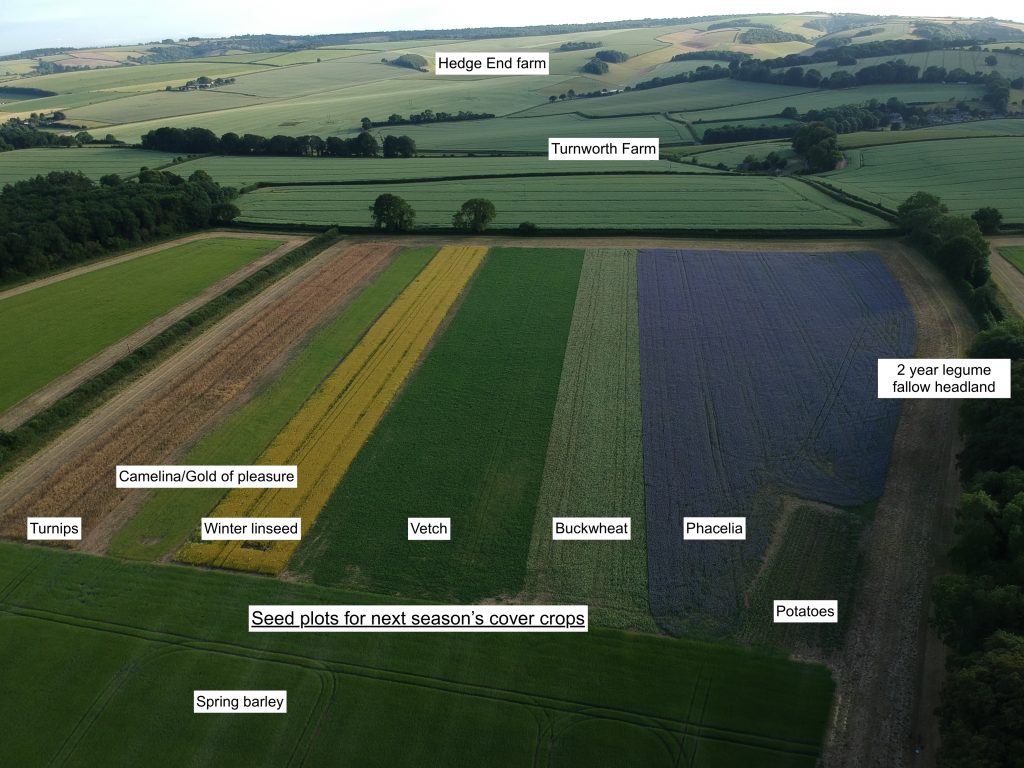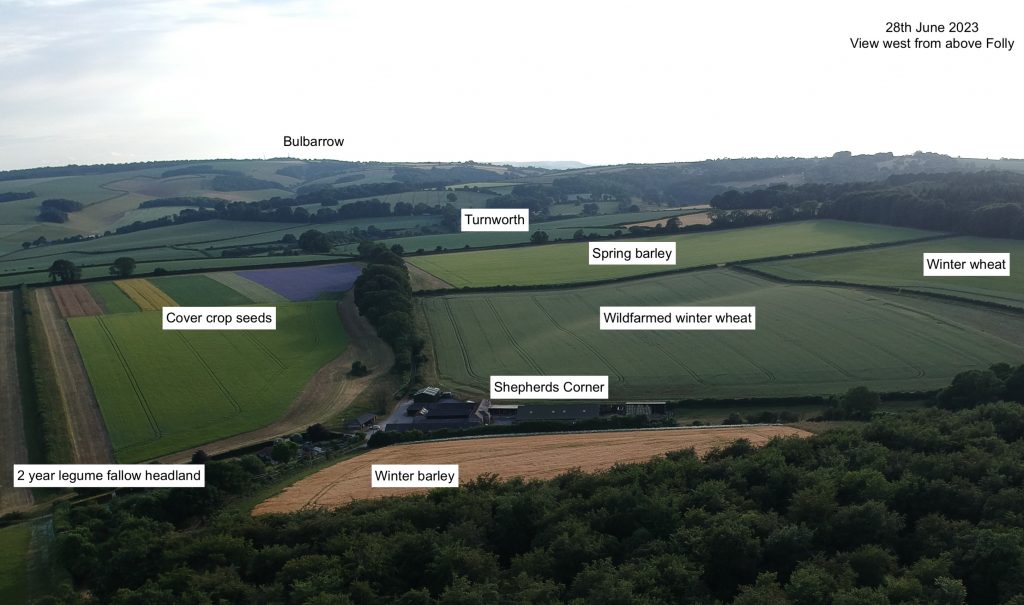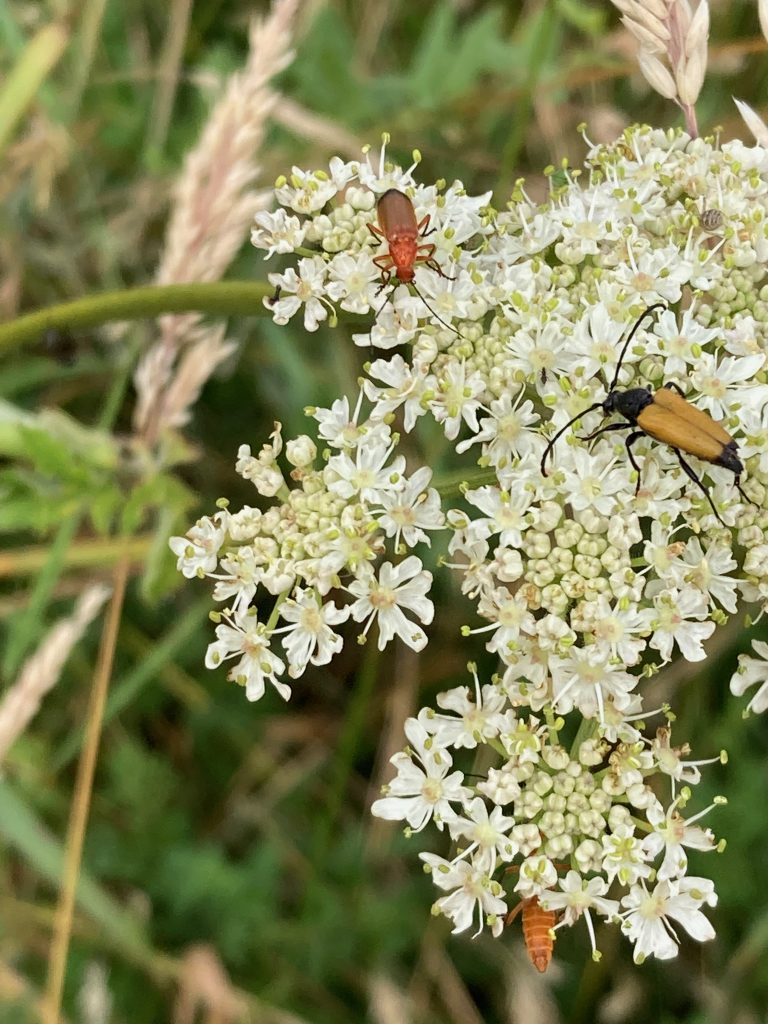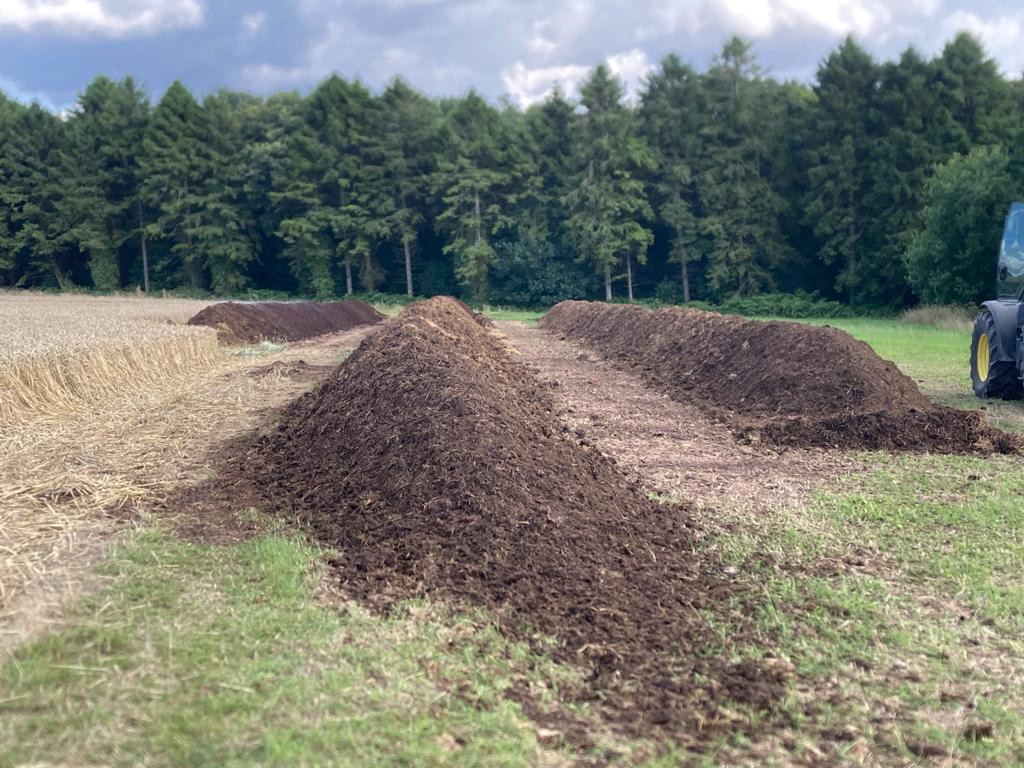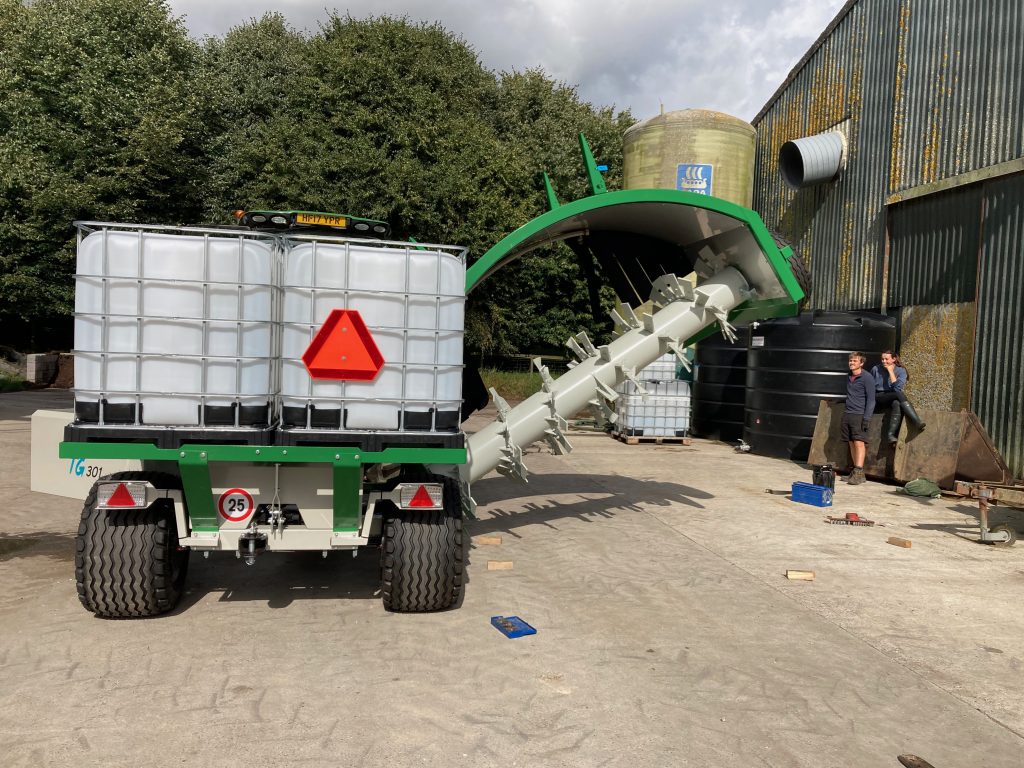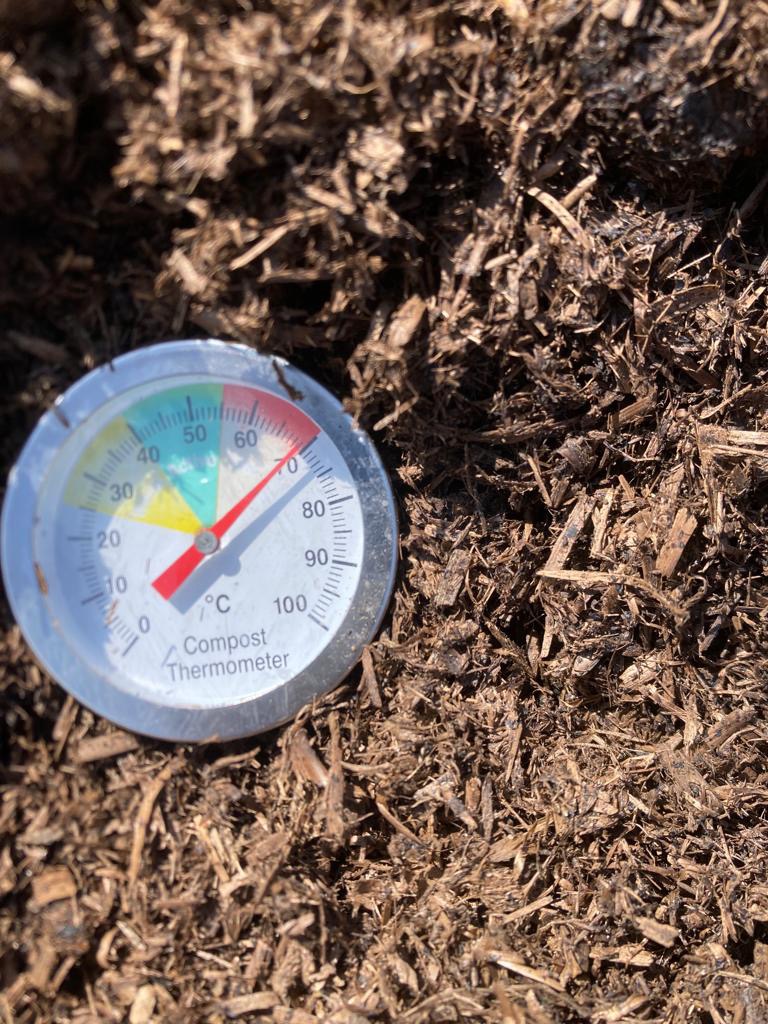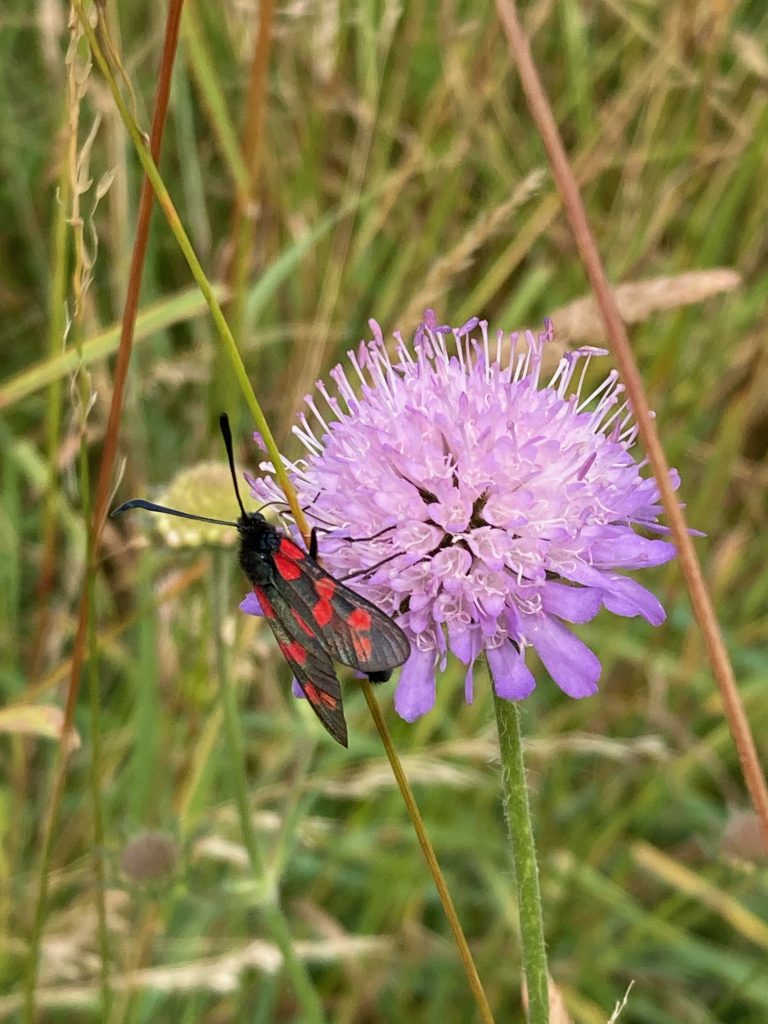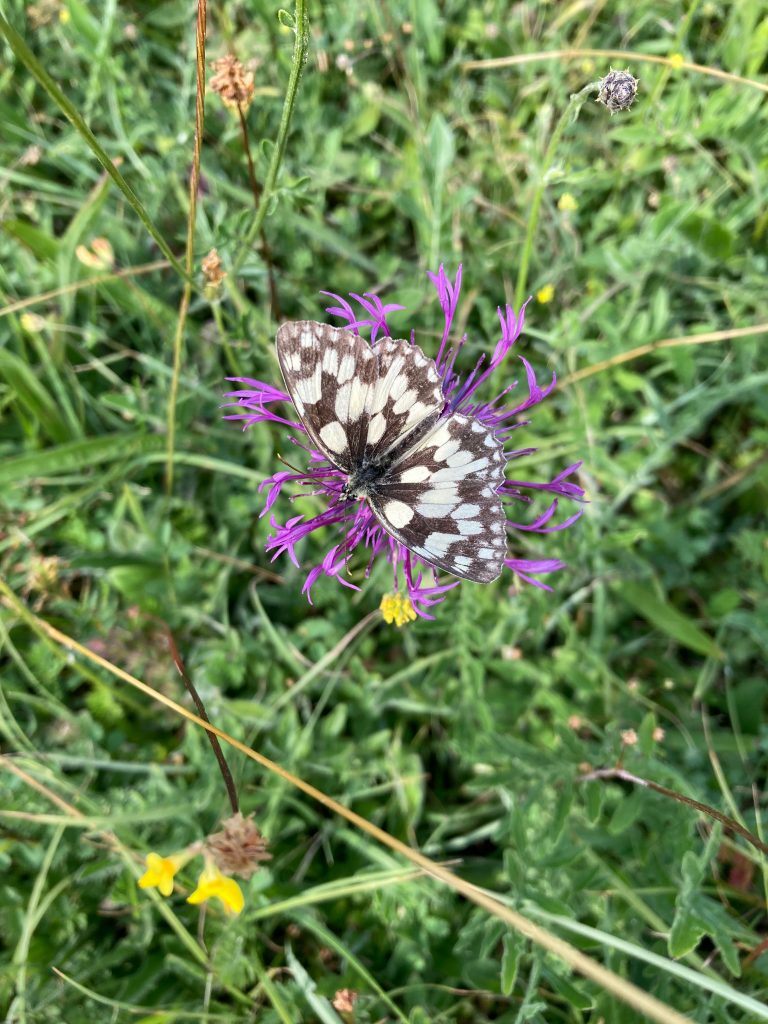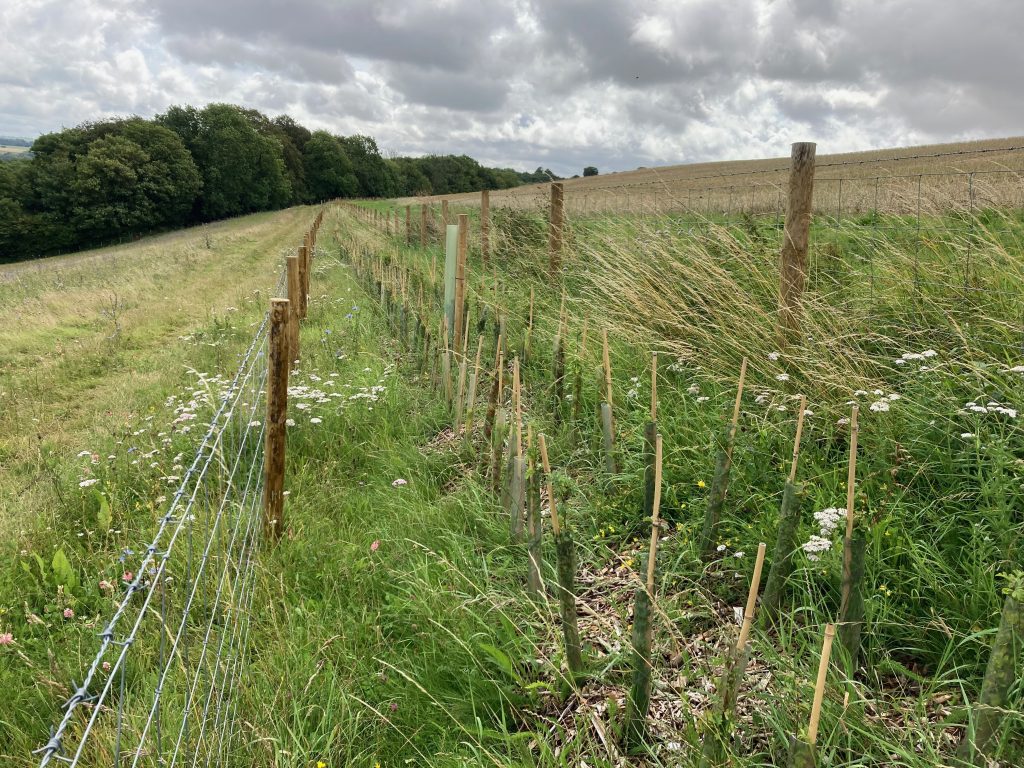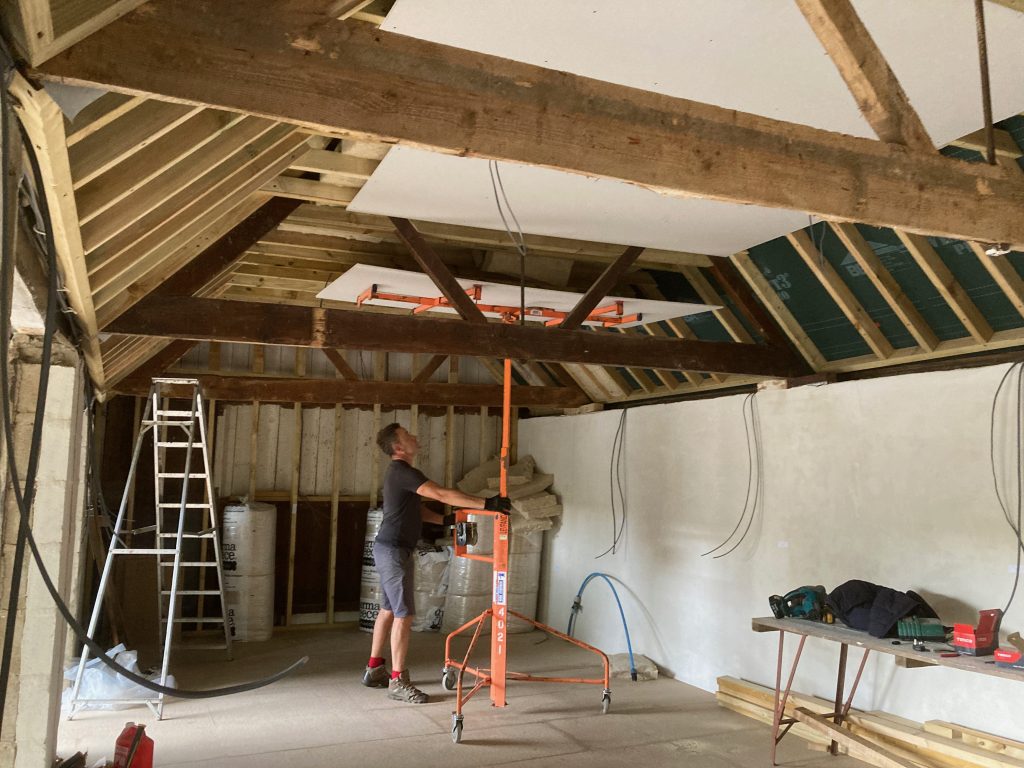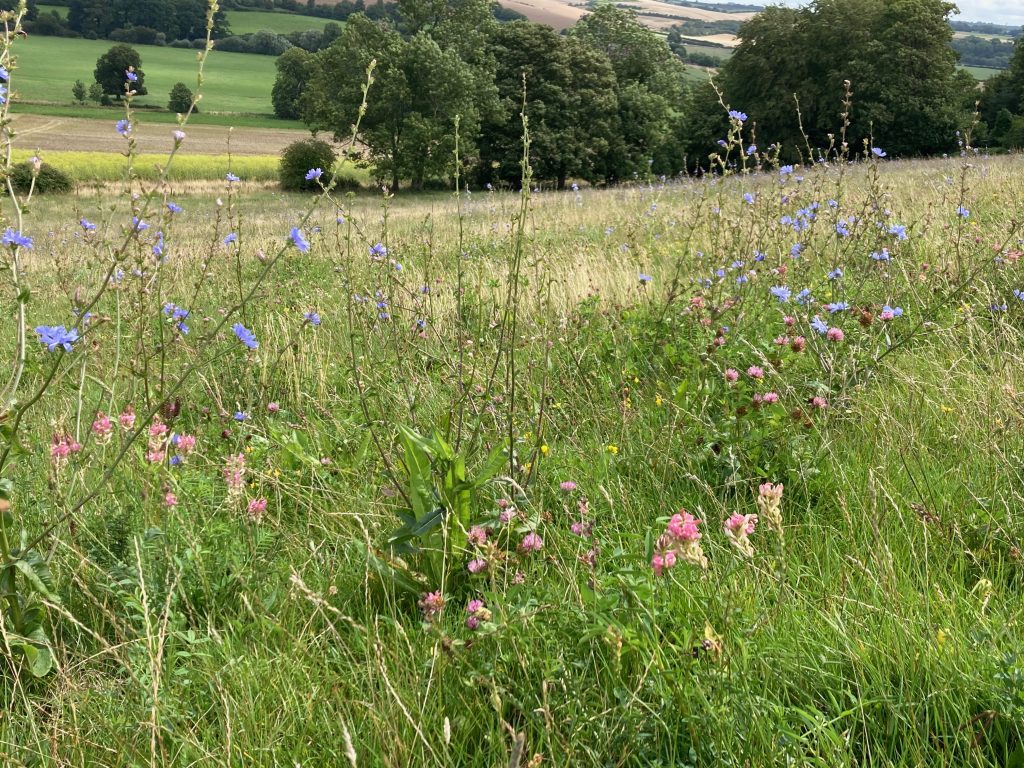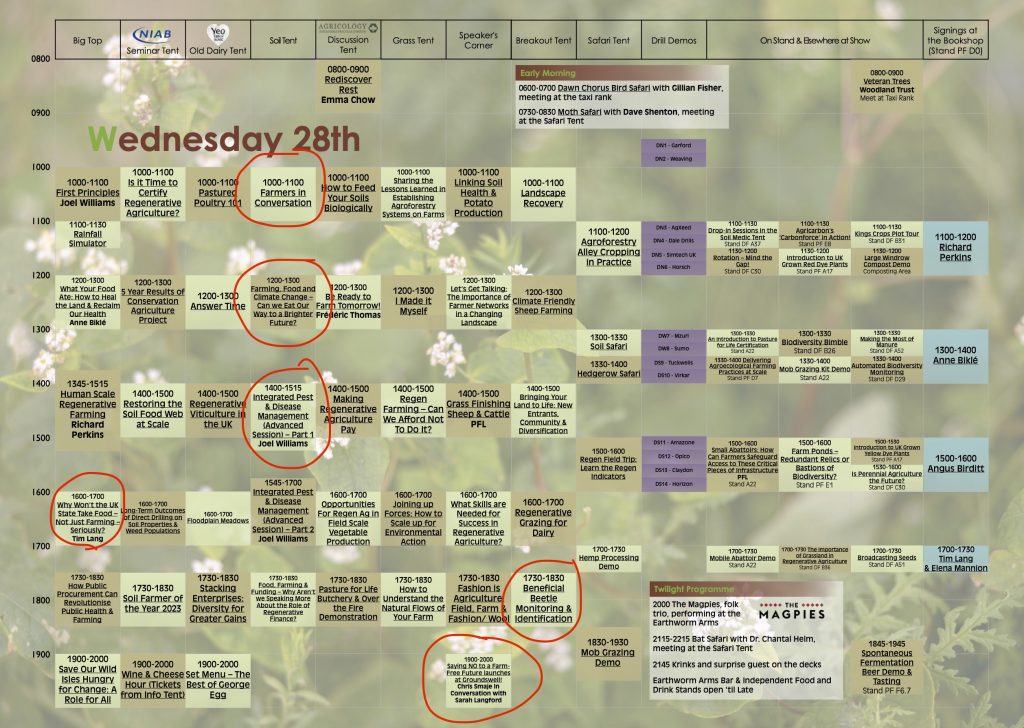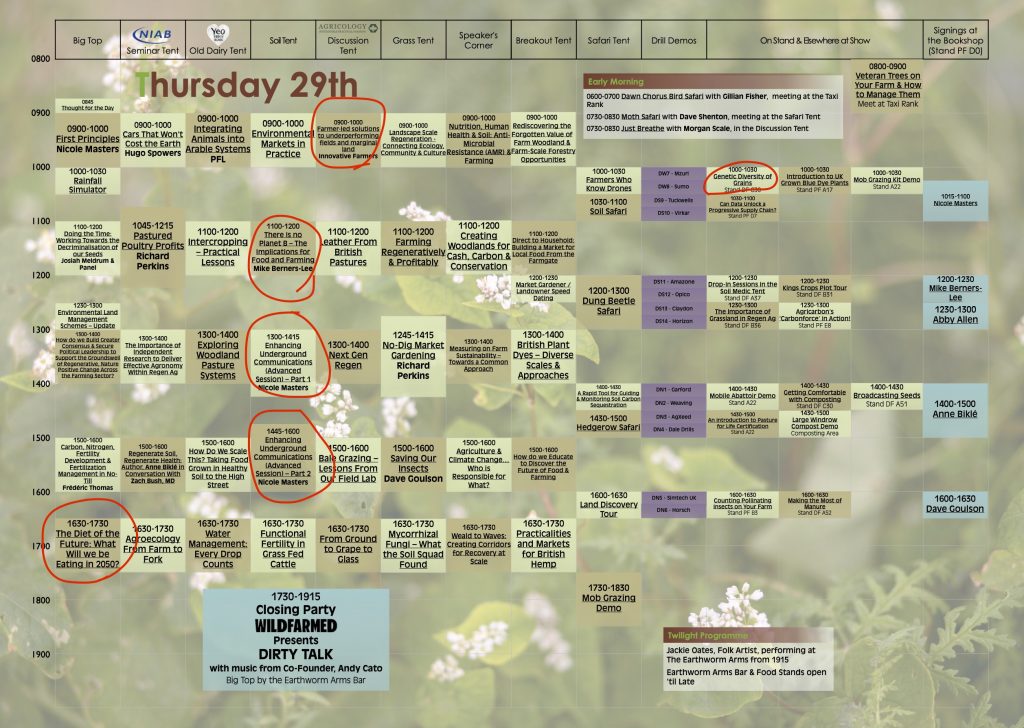Notes from a day out with Dorset Wildlife Trust at Lyscombe. Friday 10 May 2024
Brian Bleese, Chief Exec of DWT introduced proceedings, he first introduced George McGavin, President, who very enthusiastically described the importance of the deal that resulted in the purchase of Lyscombe Farm, and the plan for the day.
Others followed, including Tony Juniper (Chair) and Marian Spain (Chief exec) of Natural England. There was repetition of the self-congratulatory theme, and we were told that so many organisations and individuals have gone above and beyond to achieve this ground breaking deal, which, several speakers noted, will not only unlock the building of 3700 new houses in the catchment, but will also make a huge difference to Poole harbour itself, which currently languishes under a pollution-fuelled mat of green algae, which was so visible from the train on the way down to Dorchester from London that morning.
The meeting had coincided with a release from Government of a piece announcing this amazing scheme which will allow for thousands of new houses to be built in the south west.
https://www.gov.uk/government/news/thousands-of-south-west-homes-to-be-enabled-by-latest-nutrient-mitigation-schemeExtract from Government announcement:
Thousands of new homes for development are to be enabled in Dorset thanks to the government backed Nutrient Mitigation Scheme, Natural England has announced today (Friday 10 May).
The scheme will enable around 3,700 new homes to be built in the catchment over the next few years whilst protecting water quality.
By securing nutrient mitigation at Lyscombe, the scheme will enable new homes to be built in the catchment whilst protecting numerous rare birds such as avocets, spoonbills and black-tailed godwits from additional pollution that affects their precious habitat within Poole Harbour.
To quote Marian Spain in the government’s press release above: “The purchase of Lyscombe is a significant step forward for nutrient mitigation and a boost for sustainable development. Providing nutrient credits through work at sites like these will ensure that we can keep building homes for the future, without harming our waterways.”
I tried to ask questions at one point, specifically, could they share with us the calculations which showed how this 330 hectare farm could mitigate the potential pollution from 3700 homes? But questions were not being taken. Secondly, how could 330 ha of farmland (farmed organically since 2000) improve the nutrient status of Poole harbour on its own, being only 0.4% of the 80,000 hectare catchment? Thirdly, how does the purchase of the farm demonstrate good value for public money, costing as it would have at least £10 million?
We were then divided into groups and set off on walks to different parts of the farm, I was fortunate to be in a group with Giles Foster Mitchell, retiring farm manager for Mark Russell, the vendor of the farm. A small group of us managed to get some tricky subjects aired, mostly with a very helpful chap from Natural England. (John Stobart). Giles told us the farm has been organic since 2000, has not had a dairy in recent years and has been largely run as an extensive beef and sheep enterprise, with some of the arable area on the flatter top parts of the farm being rented out to a local organic farmer, who brought in manures.
We had walked down across the farm to meet the Little Piddle, a stream which emerges from a spring a little further up the valley we were in. Rob our DWT guide had explained the early plans the trust has for improving the stream and its environment, re-routing it from its artificially deepened current route, so that a boggy wetland will result, which will be able to slow down the flow of water, and allow any nutrients in it to be absorbed by plants before it continues to wend its way ultimately to Poole Harbour. The wetland itself will become a valuable wildlife habitat. The stream usually flows all year.
It should be noted here that Lyscombe farm, although farmed extensively and organic for many years, is surrounded by other farms which operate more intensively, with large dairy pig and arable operations nearby, so it is quite feasible that the spring water will be carrying excess nitrates leached from elsewhere, so a wetland to help clean the stream will indeed be beneficial.
John from NE, and his colleague Nikki went a considerable way to explain different aspects of the deal that led to the purchase of Lyscombe farm, which involved at least 3 different sources of funds, each of which were targeted at different parts of the farm. The Nutrient Neutrality money, through Natural England’s Nutrient Mitigation scheme, has been used to buy the portion of the farm that has been arable most recently, and although having been organic for the last 24 years, can still be attributed with nutrient neutrality credits. We were told the deal has unlocked the building of 3700 houses, enough to at least raise the eyebrows, but the people running the project, when questioned, are not really pretending that the farm is actually supposed to mitigate for all of the pollution caused by those houses in the future, in spite of what was implied at the start of the meeting. (Government’s own figures for housing density are 35 per hectare, so the notional 3700 new houses will commit approx 105ha to concrete, tarmac and gardens. I can’t help wondering if this would include schools, shops, hospitals, roads, etc, or whether that would require even more space.)
John explained how the fact that the land is being committed in perpetuity, and will never return to agricultural production, adds significantly to its value in terms of nutrient mitigation. He also explained that to make the calculations which result in mitigation values being attributable to schemes like this, a computer model called Farmscoper was employed.
(Farmscoper is a decision support tool to assess diffuse agricultural pollutant loads on a farm. It can also quantify the impacts of farm mitigation methods on these pollutants.
The farm systems within the tool can be customised to reflect management and environmental conditions representative of farming across England and Wales. The tool contains over 100 mitigation methods, including many of those in the Defra Mitigation Method User Guide. From ADAS)
Interesting to note here that Farmscoper was a few years ago assessed as one of a number of possible systems available that could be used by the Environment Agency and farmers in the Poole Harbour catchment to monitor/calculate farm activity and nitrate leaching risk, but the EA decided it was not suitable for farmers to use in this instance. Since then the now discredited Nutrient Leaching Tool (NLT) has been developed, imposed upon farmers, and repeatedly found seriously inadequate for the task of matching farm activity to leaching risk. The EA have now had to back off with it, pending a comprehensive rewrite, or replacement. Consequently several years of potentially valuable data collection from across the catchment have been wasted.
Returning to the conversation with John Stobart, we learnt that a different pot of money, from Natural England’s National Nature Reserves funding, has purchased the SSSI and other low input environmentally sensitive areas of the farm, but which DWT will manage.
The speakers had claimed over and over how projects like this can help to rescue Poole harbour, but during the conversations afterwards it was quite easy to feel that this had been somewhat misleading. What was missing was the detail. In our small group by the stream, John spent a great deal of time, faced with persistent questioning, explaining how the project at Lyscombe will have huge knock-on effects, far greater and more valuable, both environmentally and financially, than will actually occur on the farm itself. Quite difficult to grasp, we now understand that projects like this are very effective, for example, in putting huge pressure on water companies to clean up their act and reduce river pollution from sewage treatment works outflows. Considering the huge exposure in recent months on the size of the problems facing our rivers, I felt he was being somewhat optimistic.
After an illuminating conversation, some of which was admittedly a struggle to understand in every aspect, we suggested that it is essential that they (DWT/NE) make significant efforts to explain the deal in simple terms for public consumption, in order to head off the noisy criticism that is likely to emerge. The questions at the top of this piece are on the lips of very many farmers in the PH catchment, in which Lyscombe sits, and although we heard a pretty full explanation of the big picture benefits that should flow from the purchase of the land, the immediate difficulties faced by farmers in the catchment are not addressed at all. The value for money question is particularly pertinent here. For the last 5 years, farmers in the PH catchment have been threatened with the imposition of a Water Protection Zone, which if imposed would reduce the catchment to trees and a little bit of ‘dog and stick’ farming. Hence the catchment’s 500 farmers are extremely worried, their livelihood would be destroyed. During the last 5 years, the Poole Harbour Nutrient Management scheme (PHNMS) has been formed by the EA, and the Poole Harbour Agricultural Group (PHAG) has brought together many of the catchment’s farmers as a coherent and co-operative body. At the heart of the work of PHNMS has been the NLT, which from the start has been troublesome, unreliable, and has undermined much of the goodwill binding the PH project together.
When explaining this to the NE people, relating the Lyscombe project to the problems faced by farmers (and EA) in the PH catchment, they claimed the situations are very different and shouldn’t be considered together. This land use change at Lyscombe is for ever, in perpetuity, whereas PH has to be solved in shorter timescales. I said over and over that if money can be found for a project like this, then money must be found for a proper NLT and to properly progress the works needed in the catchment. They agreed, however as happens all too often, it is clear that they work in silos, and being different issues, these people have no control over the decisions and funding needed for Poole Harbour. Patently ridiculous, seeing how many time PH was mentioned at the beginning of the meeting.
Questions needing answers
- I would like to see the calculations which show how this 330 hectare farm could mitigate the potential pollution from 3700 homes?
- How can a change in management of 330 ha of farmland (farmed organically since 2000) improve the nutrient status of Poole harbour on its own, being only 0.4% of the 80,000 ha catchment?
- How does the purchase of the farm demonstrate good value for public money, costing as it would have at least £10 million?
- Should we be worried about Nutrient neutrality units being traded out of catchment?
- Will they share the break down of the financing for the project, it would be helpful to understand exactly how much and where the money has come from. I think this could be helpful as well to understand if there are any funding mechanisms we could tap into in the PH catchment that haven’t yet been explored as well as where public money has been used.
- If this turns into a trend, led by NE and ambitious NGOs, is there a danger a huge amount of money will be spent achieving practically nothing in terms of actually reducing pollution?
Alternatives you could spend the money on:
- Help water companies clean up
- Help farmers learn new techniques to use fert and manure more efficiently, eg the NLT
- Pay farmers to lay off any N or Muck application up to 200m from any waterway
- Pay farmers to not use fert at rates higher than, for example 100kg/ha
Stop press 2nd July, Dorset Council have just announced they are purchasing a former dairy farm at Higher Kingcombe, using a grant from central government.
https://bbc.co.uk/news/articles/cljyrr3yj0xo?s=08
From BBC news website: A local authority is buying a dairy farm as part of nature-recovery efforts.
Dorset Council has agreed to buy Middle Farm at Higher Kingcombe, which sits alongside a Dorset Wildlife Trust (DWT) nature reserve.
The council said changing its use to woodland or rewilding the area would reduce harmful nutrients flowing from the farm into watercourses.
The exact purchase price of the farm has not been disclosed, although the council has received a £4.63m grant from central government.
The authority has not confirmed whether the cost is higher or lower than the grant total.
In a statement, it said the current intensive use as a dairy farm was “not ideal” as it suffered from run-off and soil erosion.
“The land is ideally located to deliver both nutrient reduction and nature recovery in the headwaters of the River Hooke.
“Changing its use to woodland or rewilding can reduce nitrates as required and could be achieved with little investment,” it said.
The sale was approved by the former Conservative administration and is continuing after the Liberal Democrats took control of the council following the local elections.
Dorset Council said it was supported by Natural England and that there had been discussions with DWT, which runs the adjacent Kingcombe National Nature Reserve.























